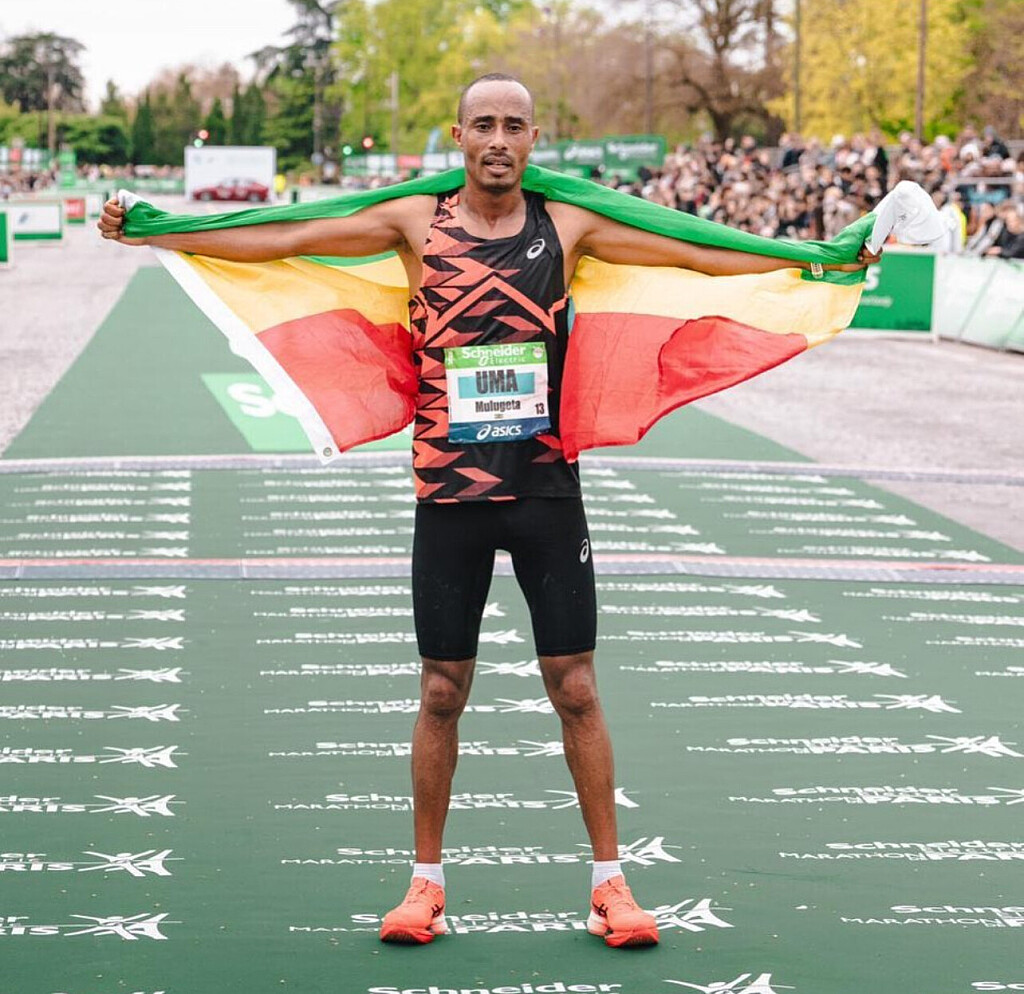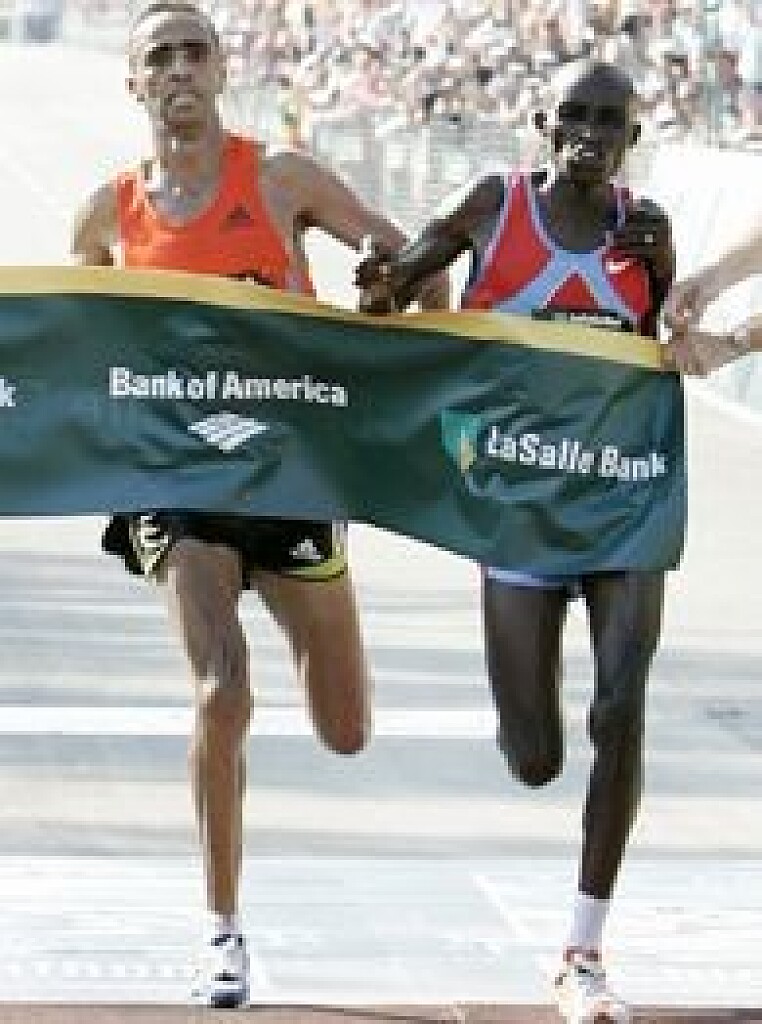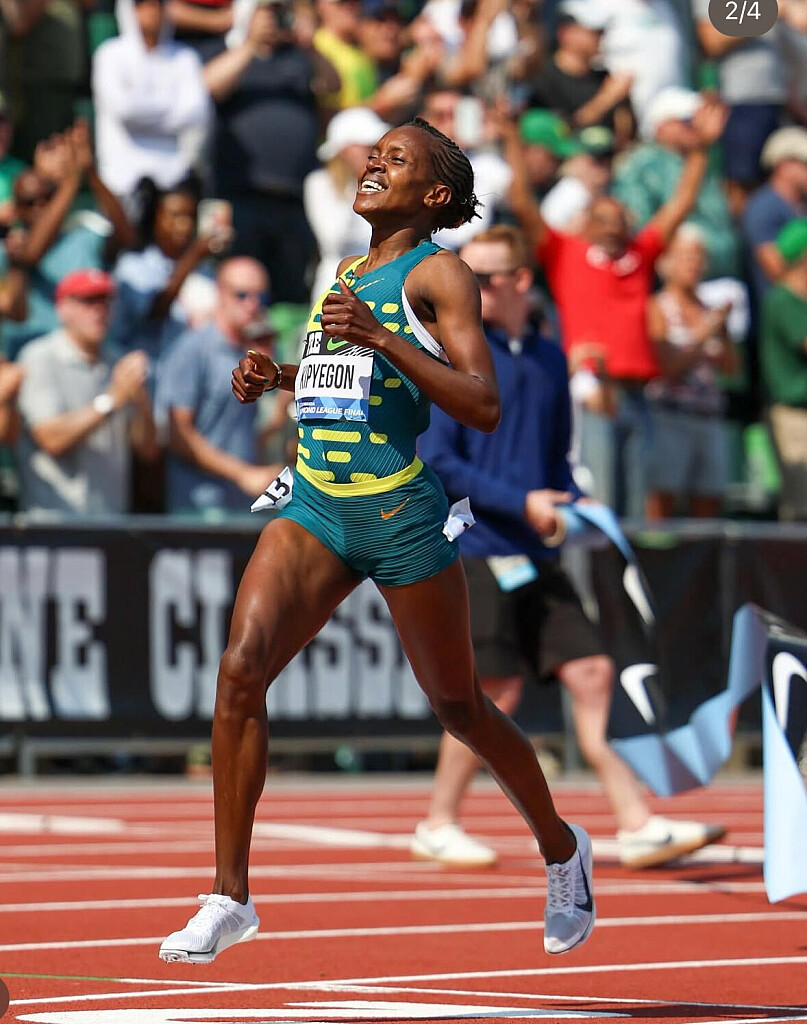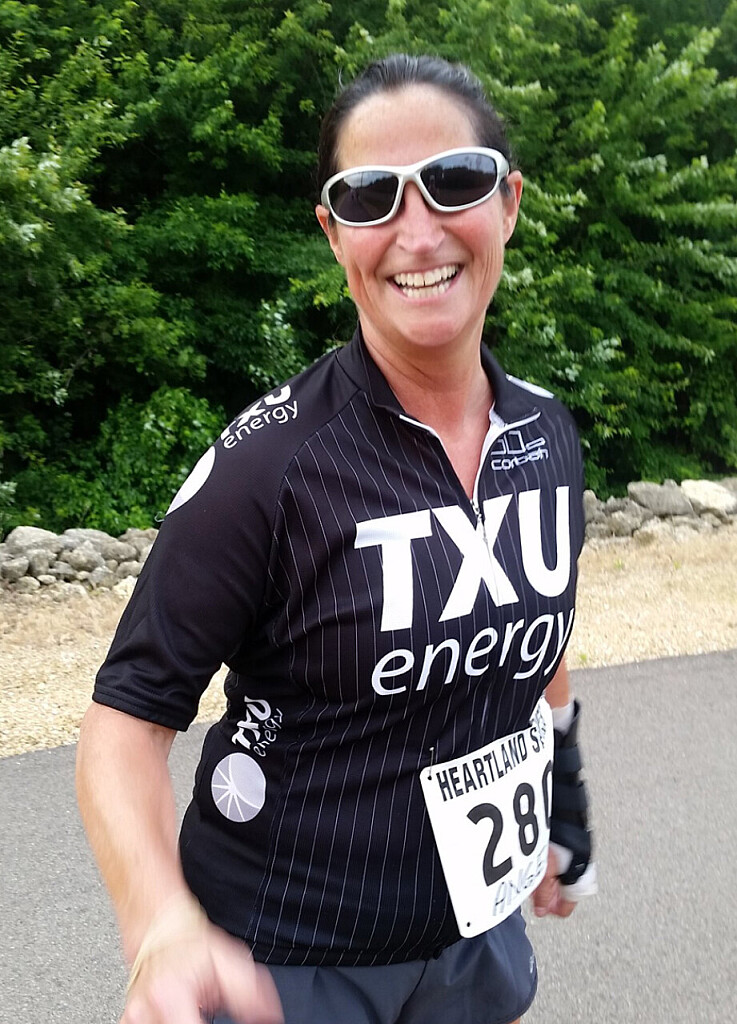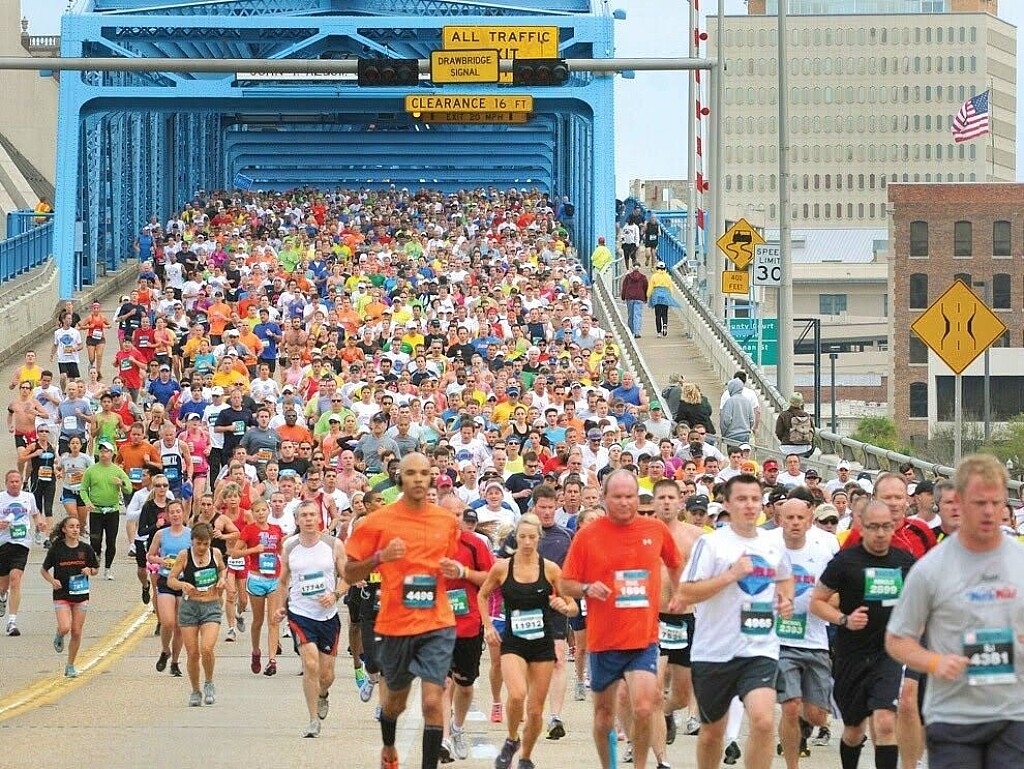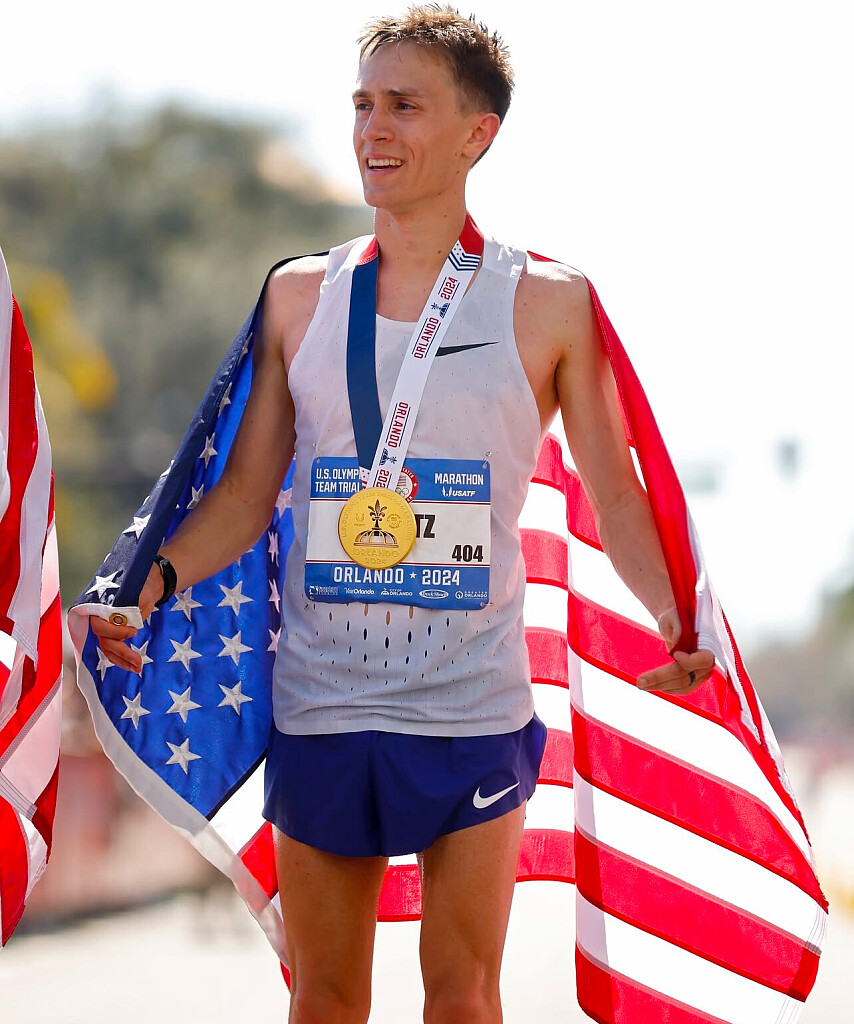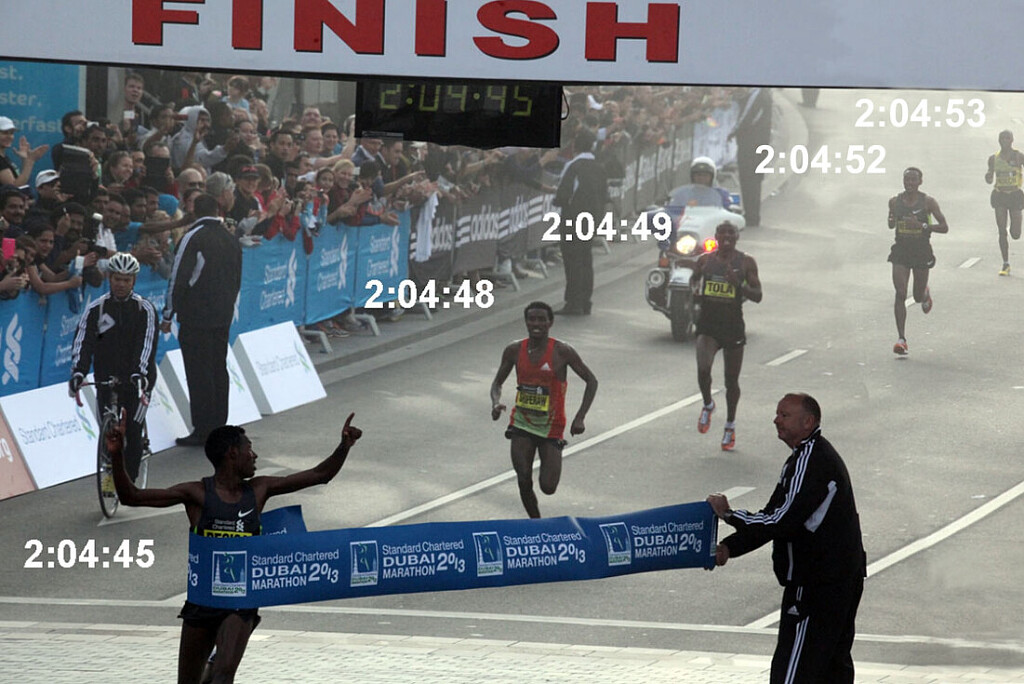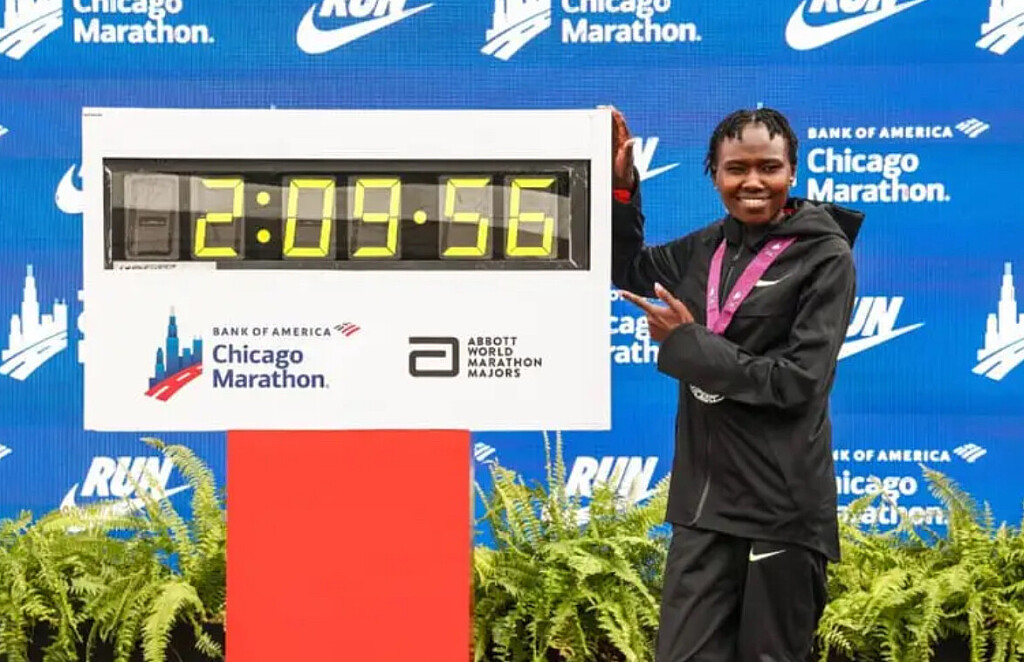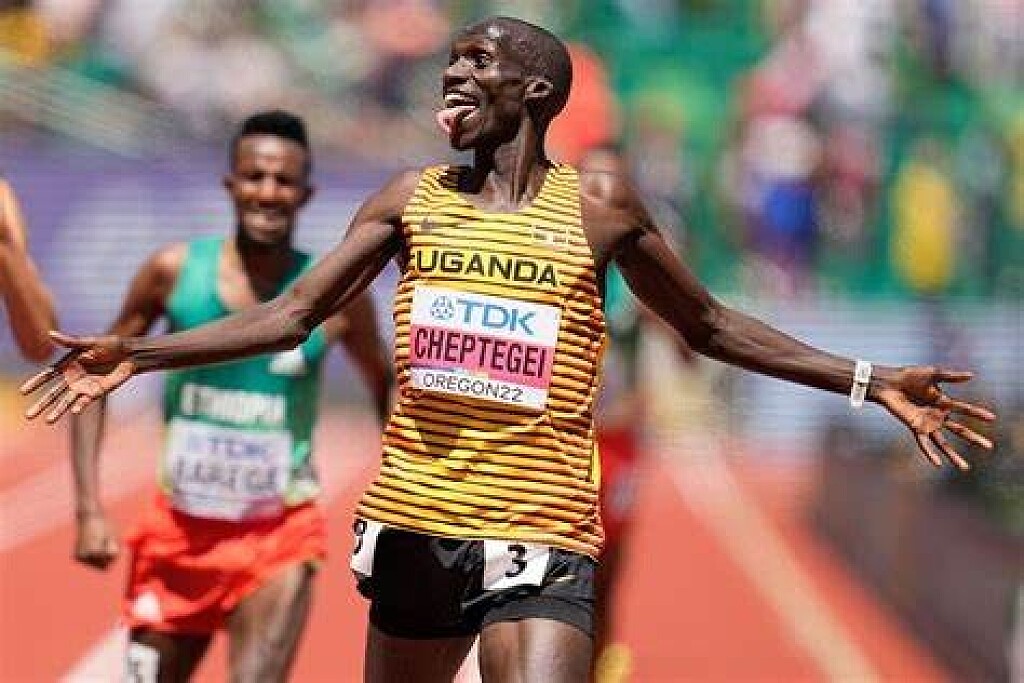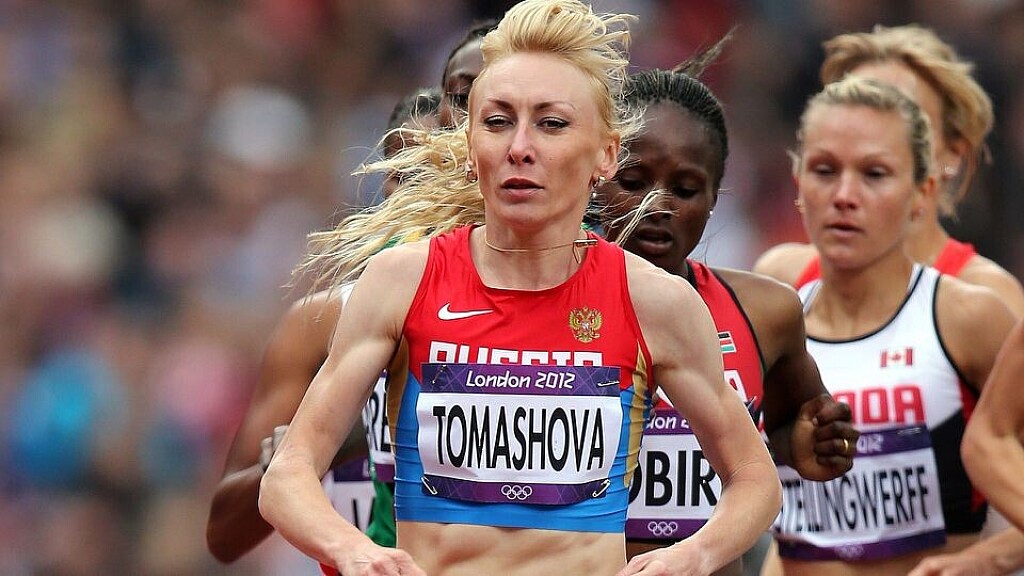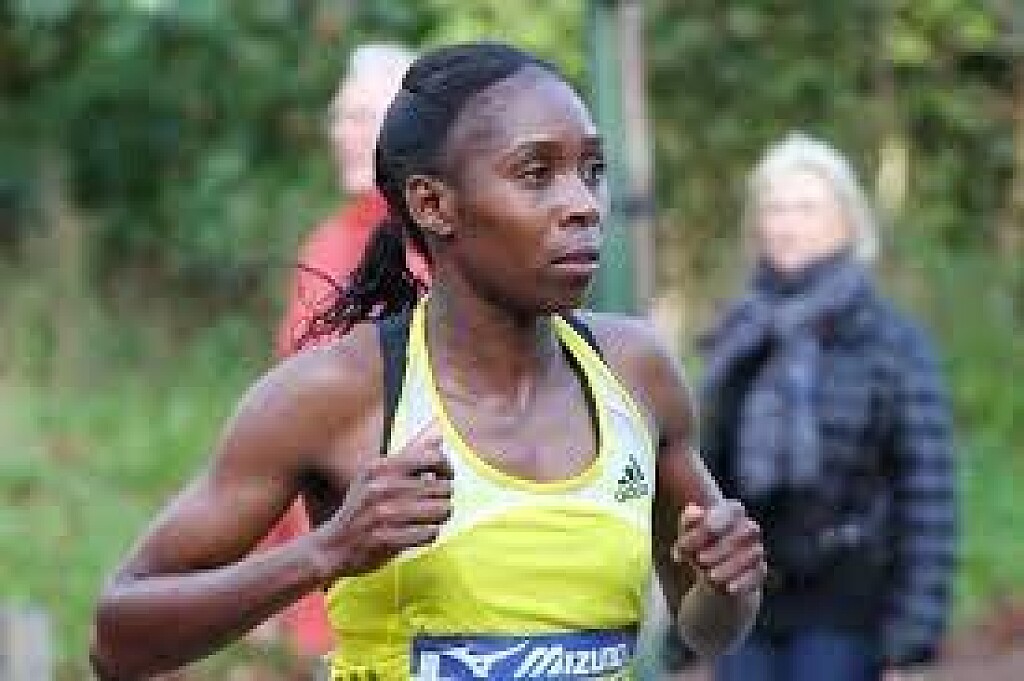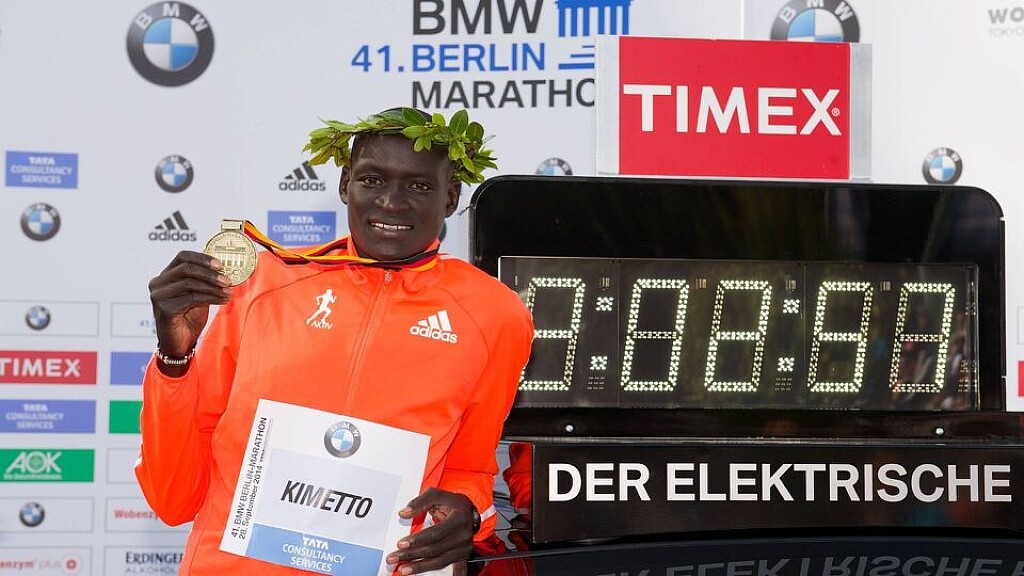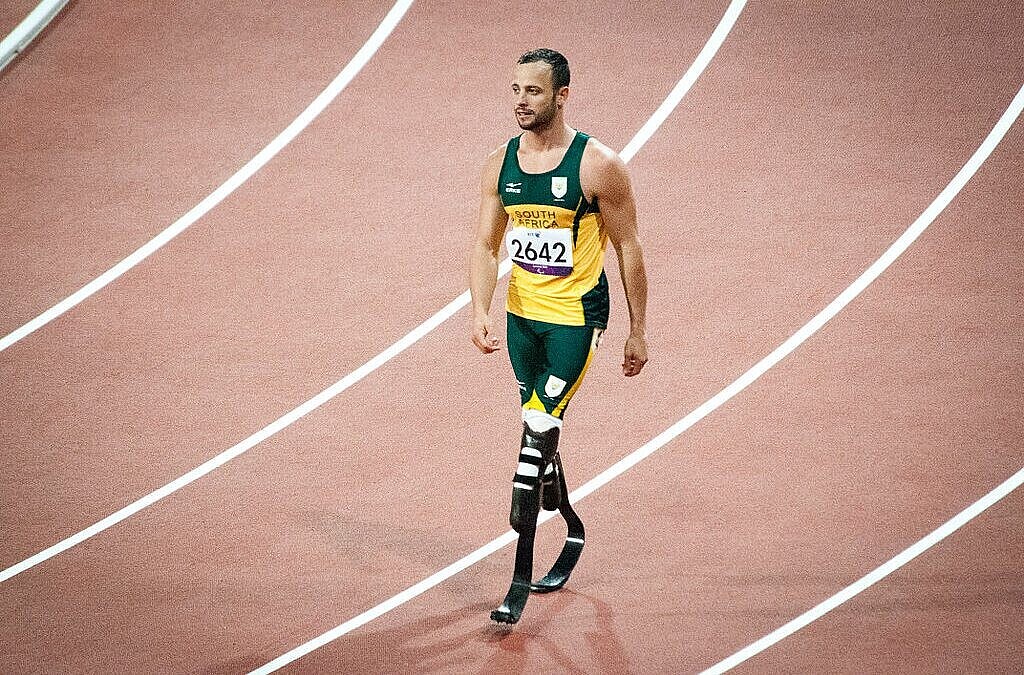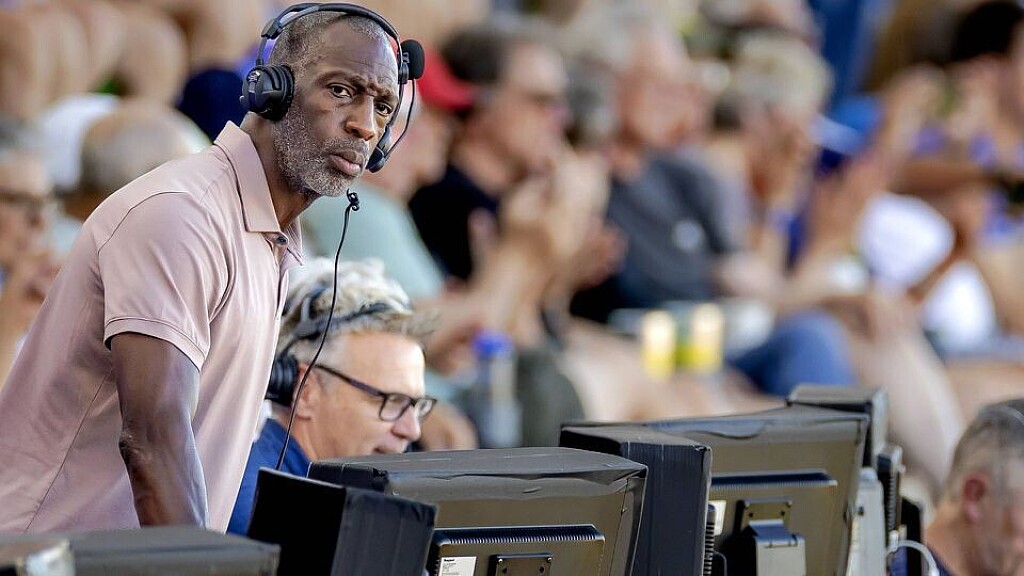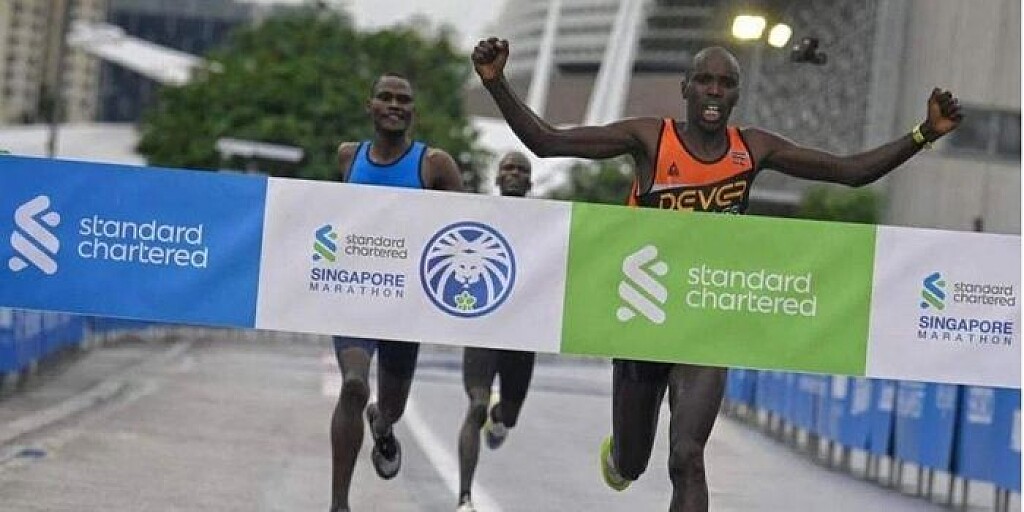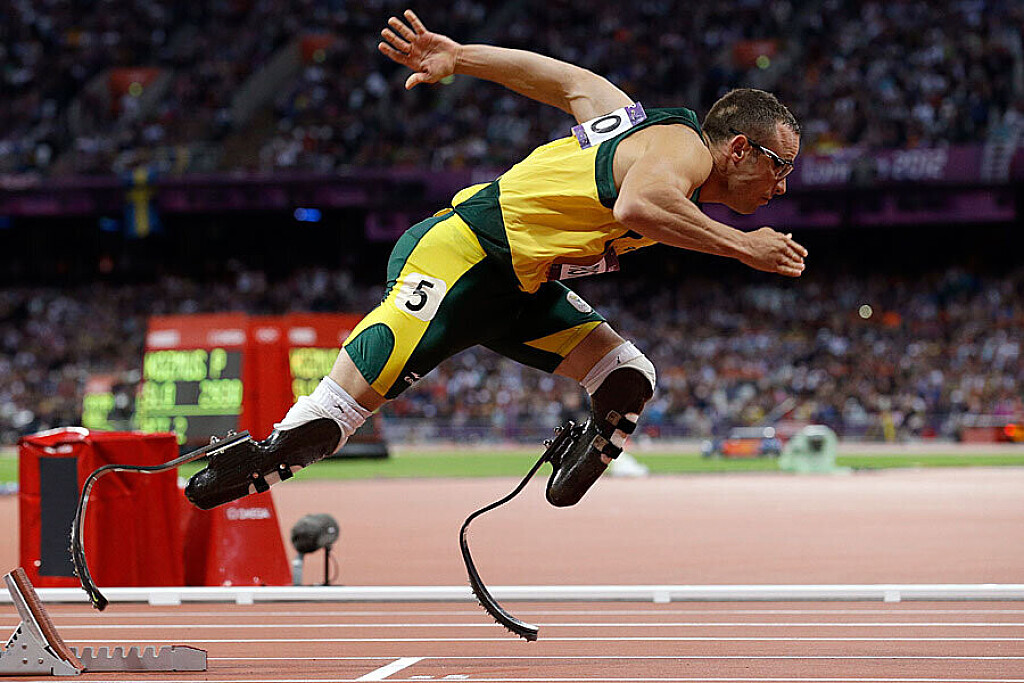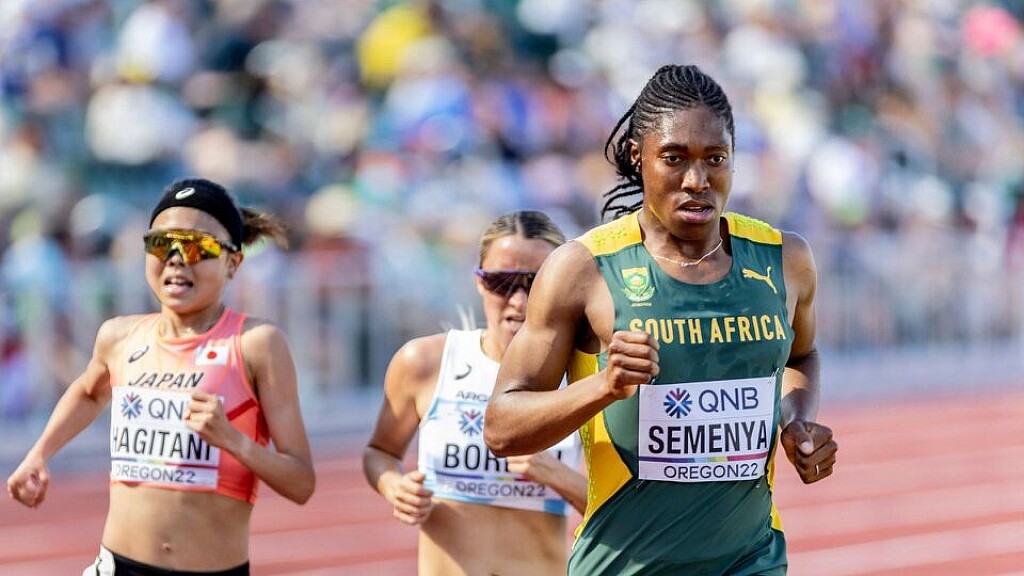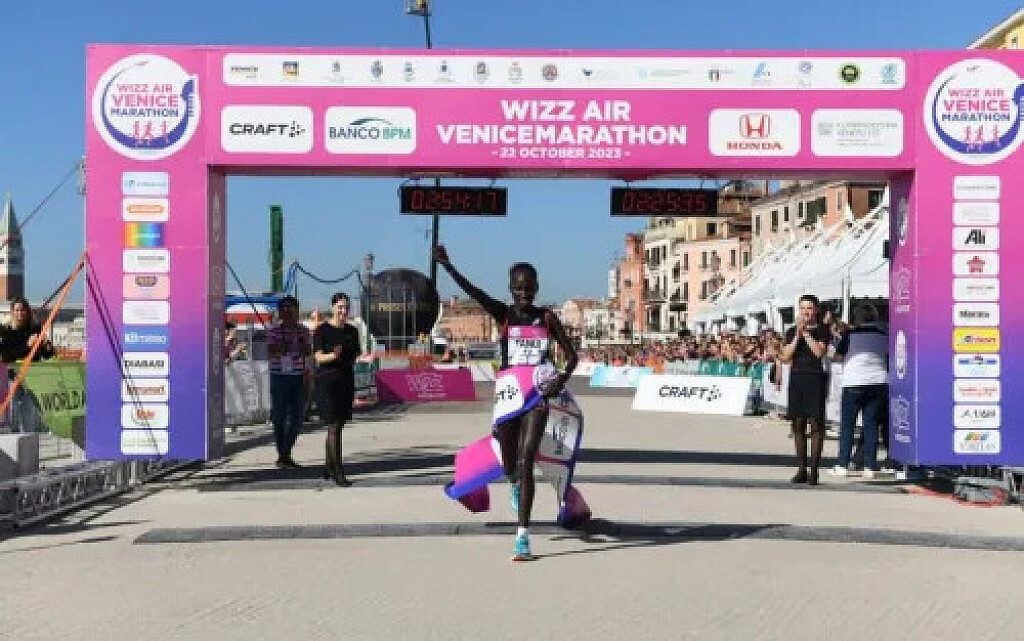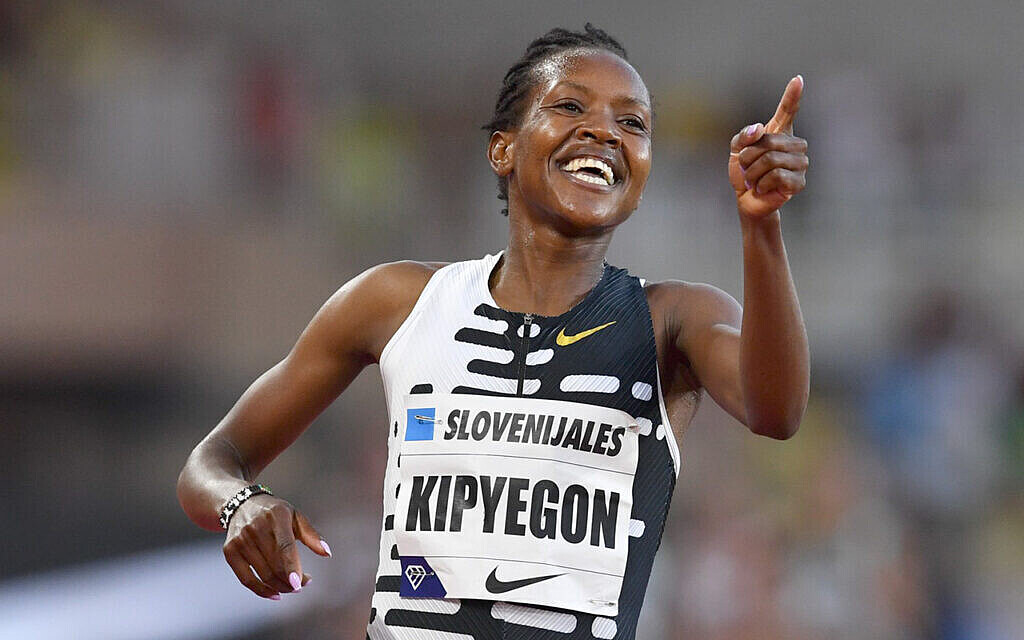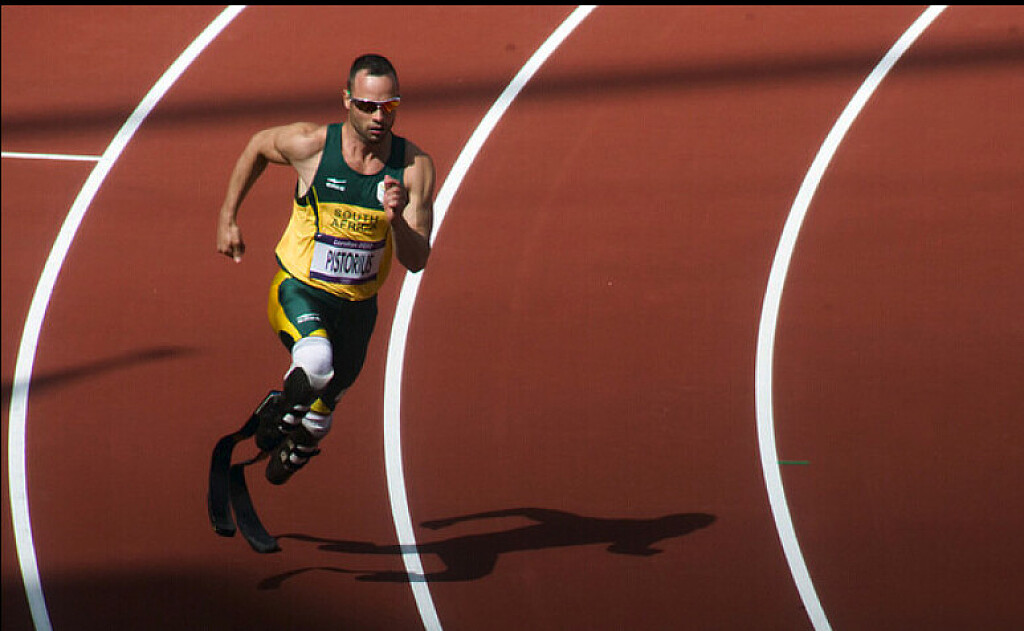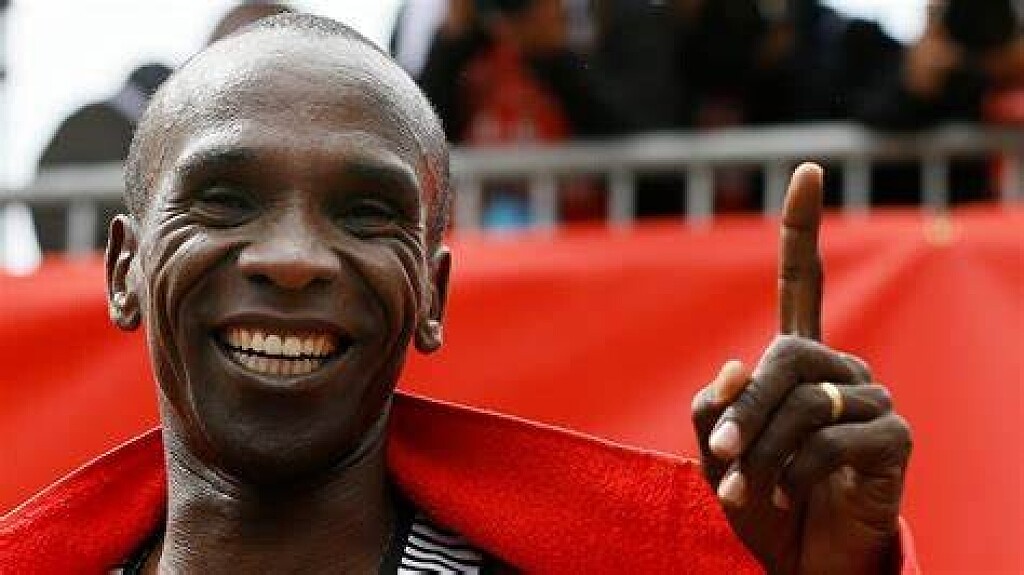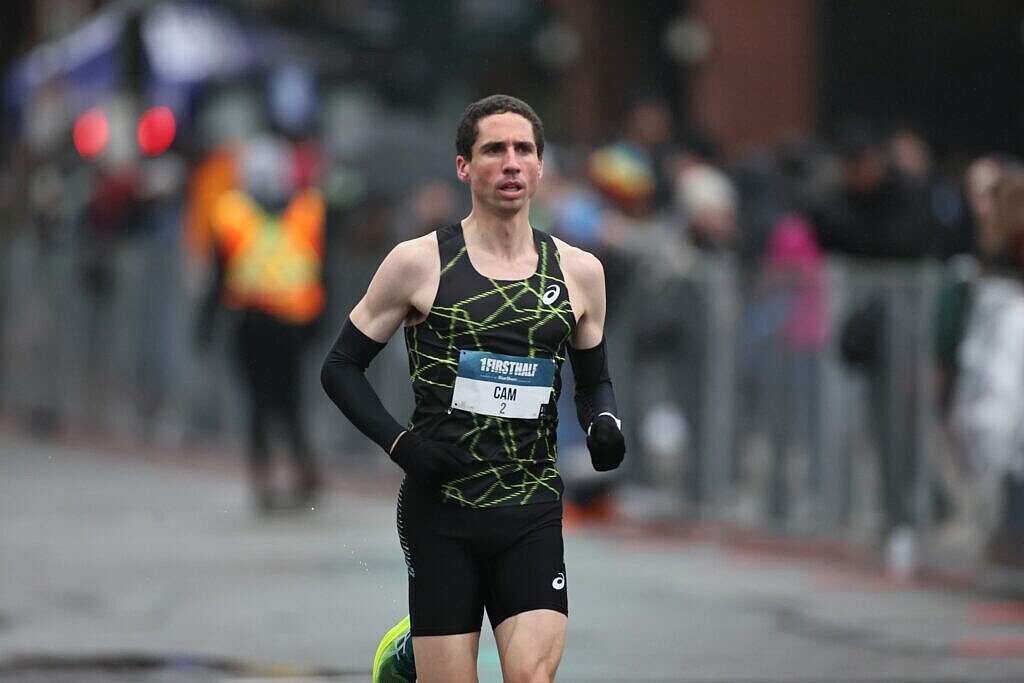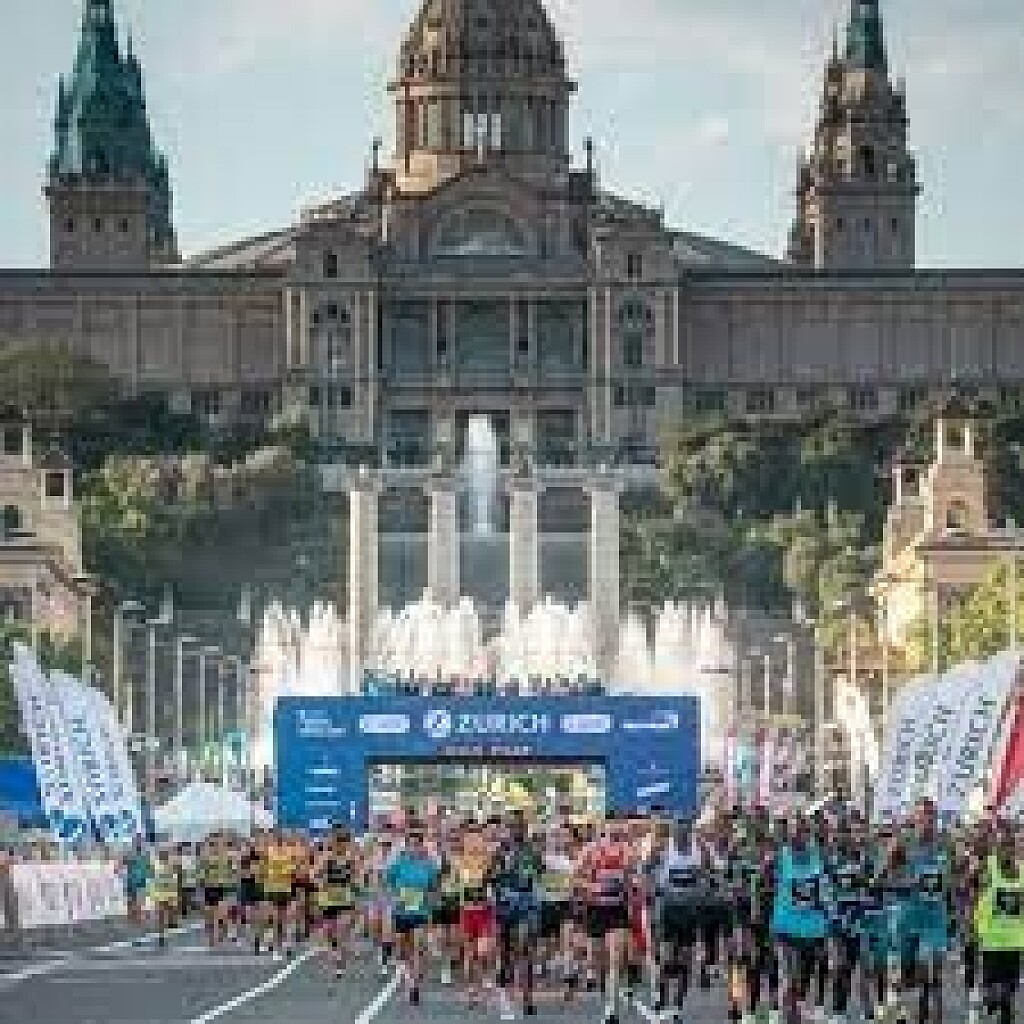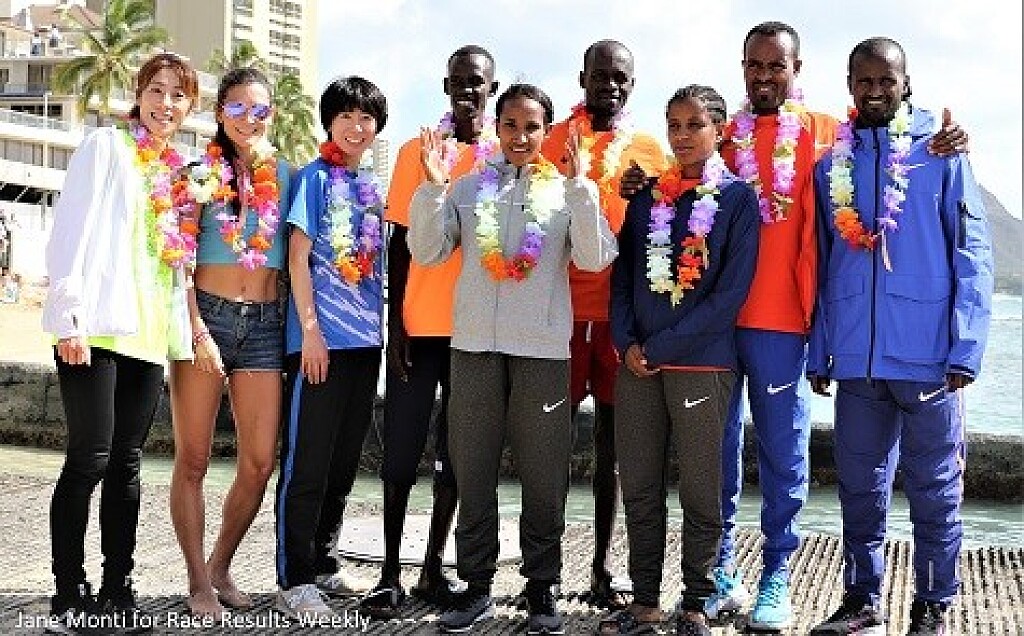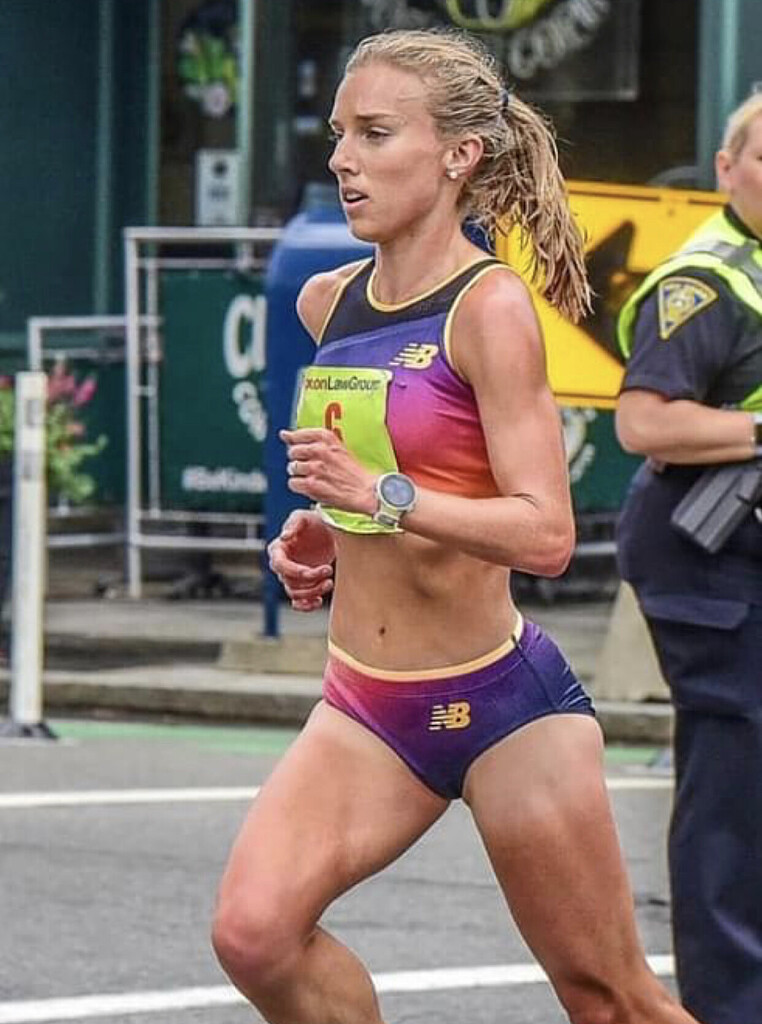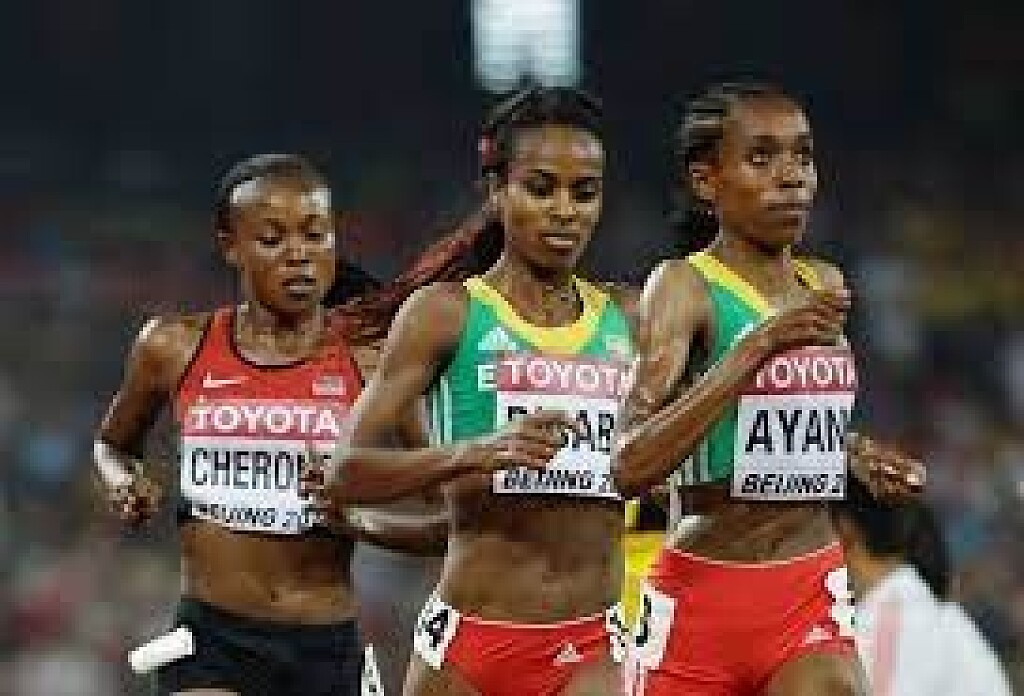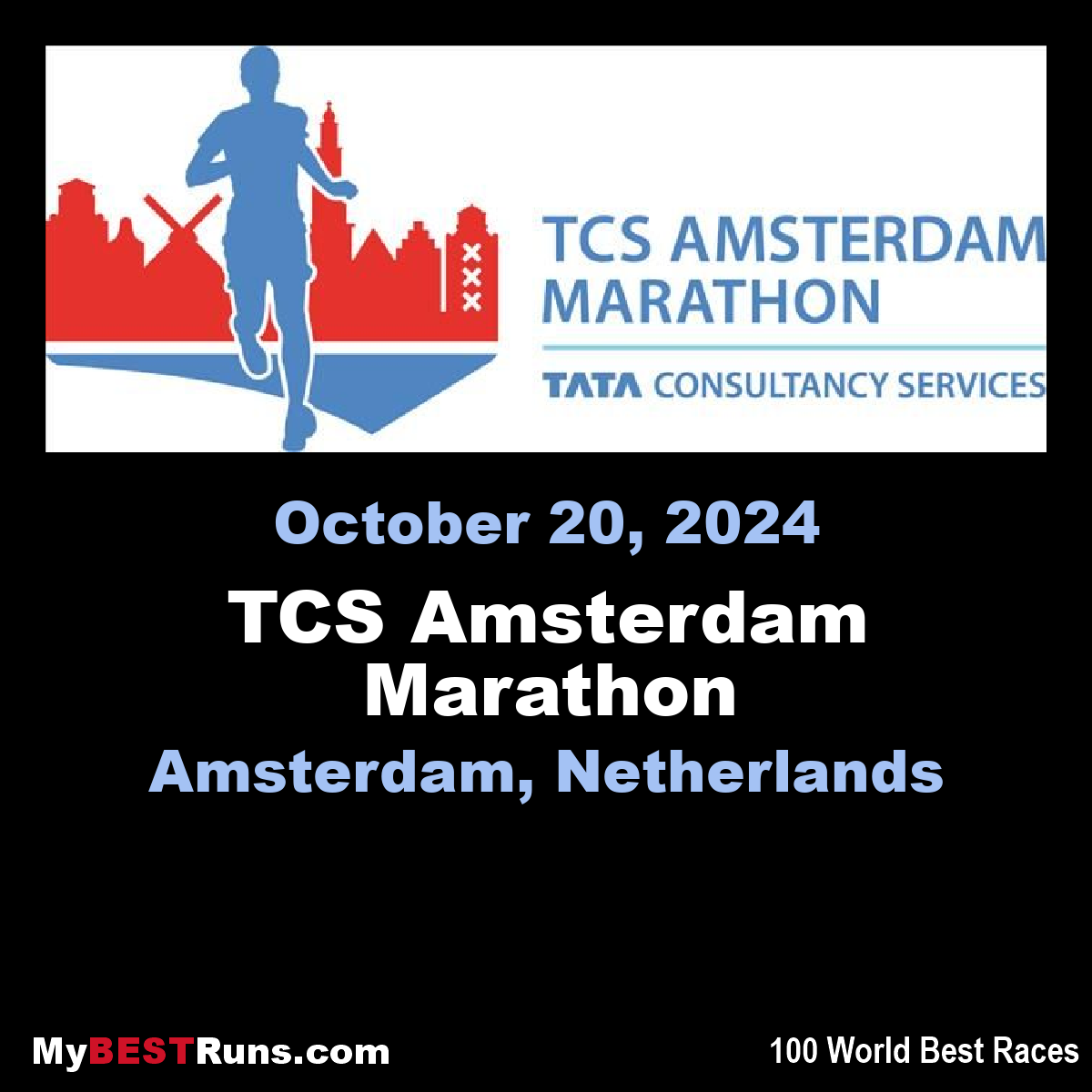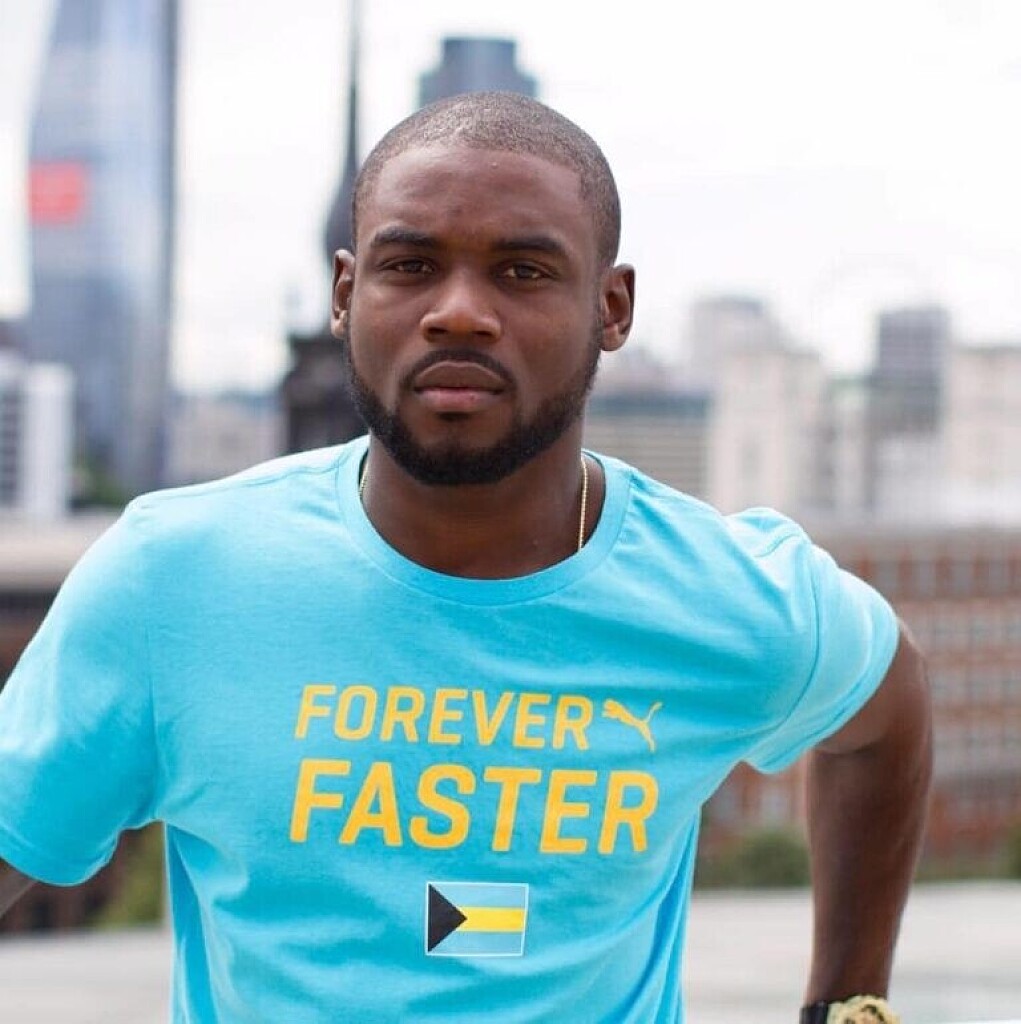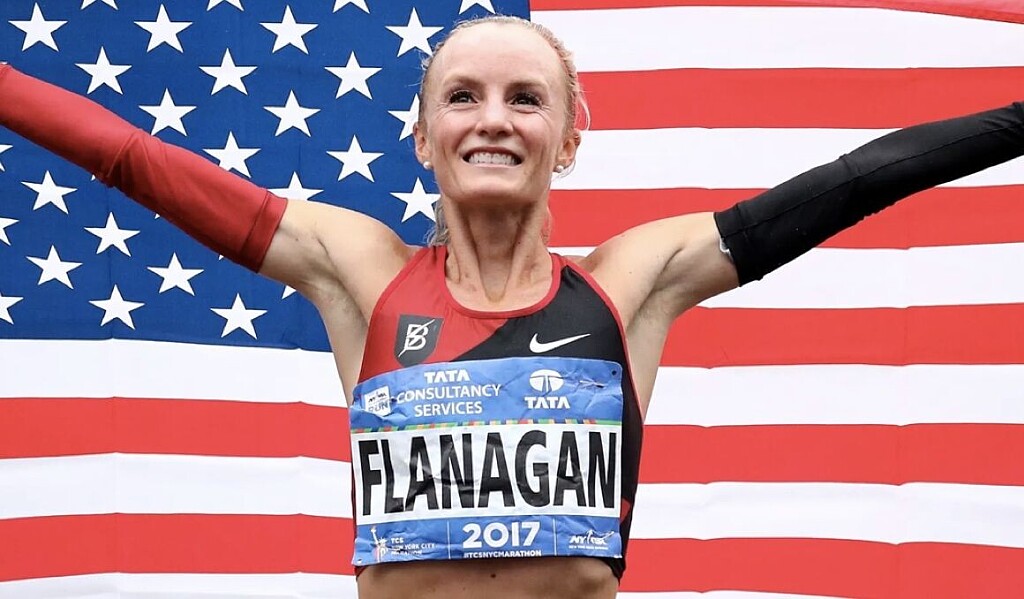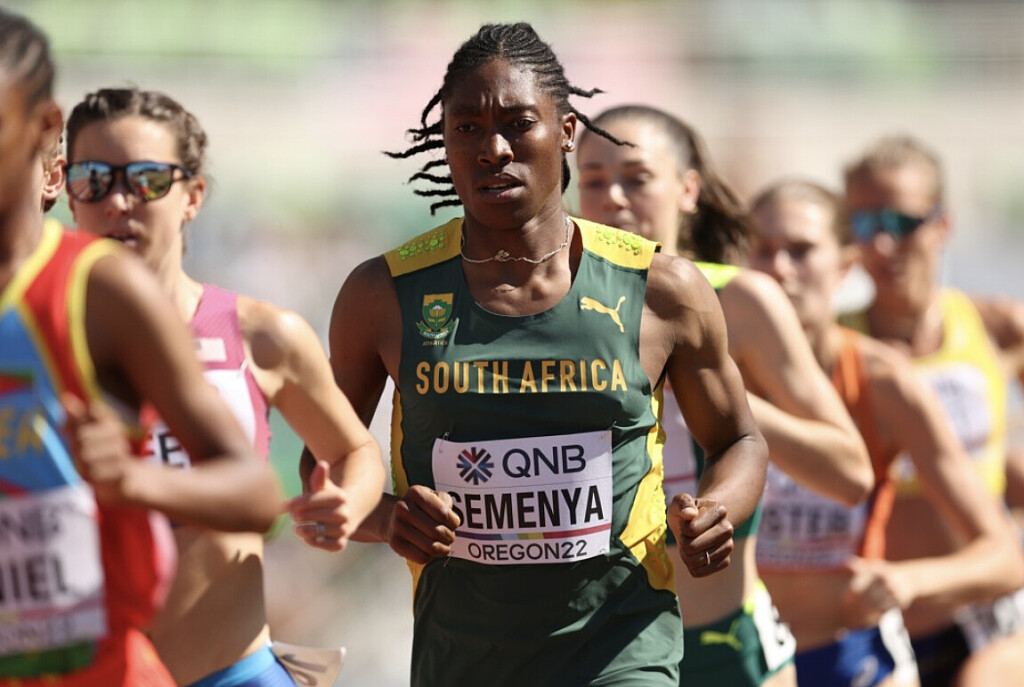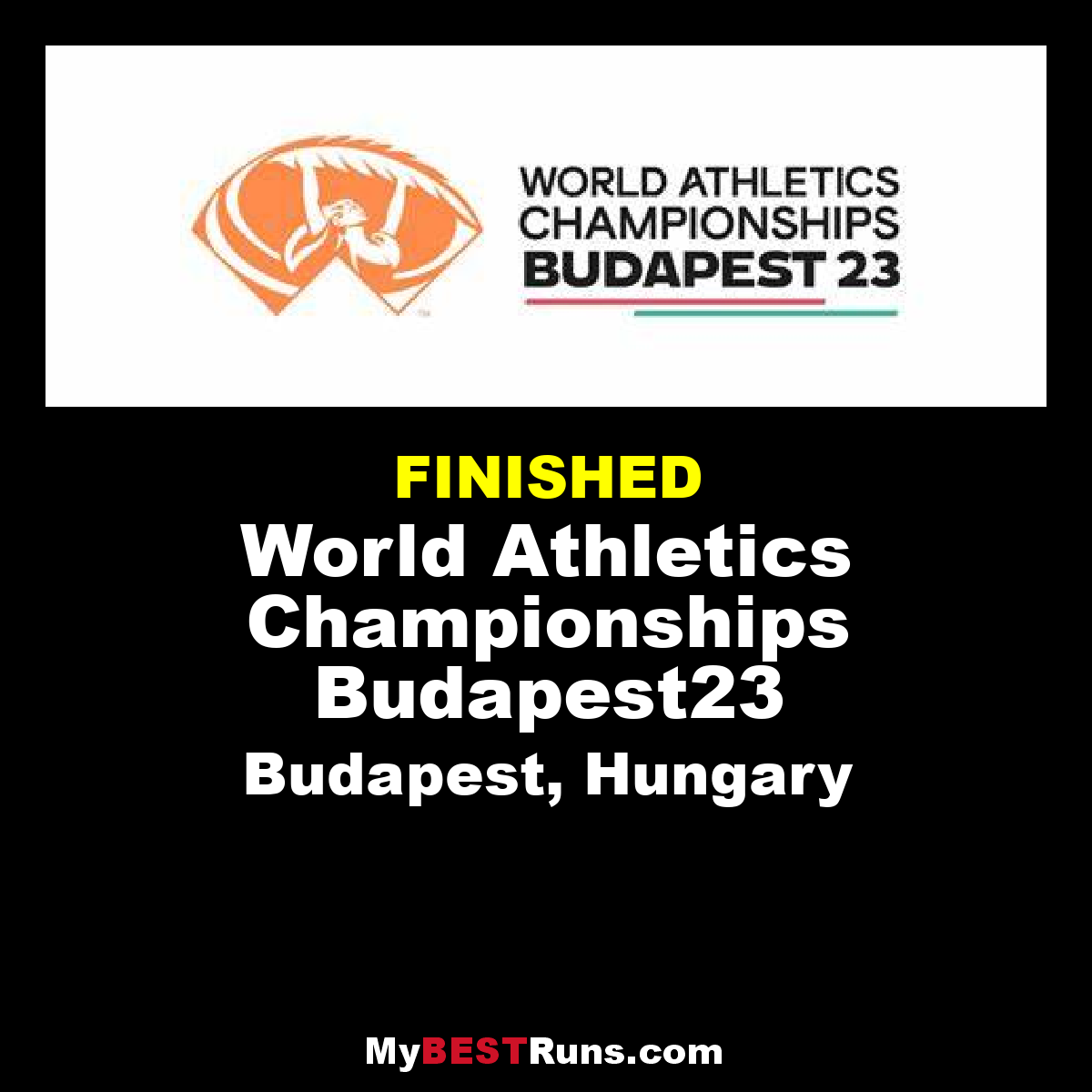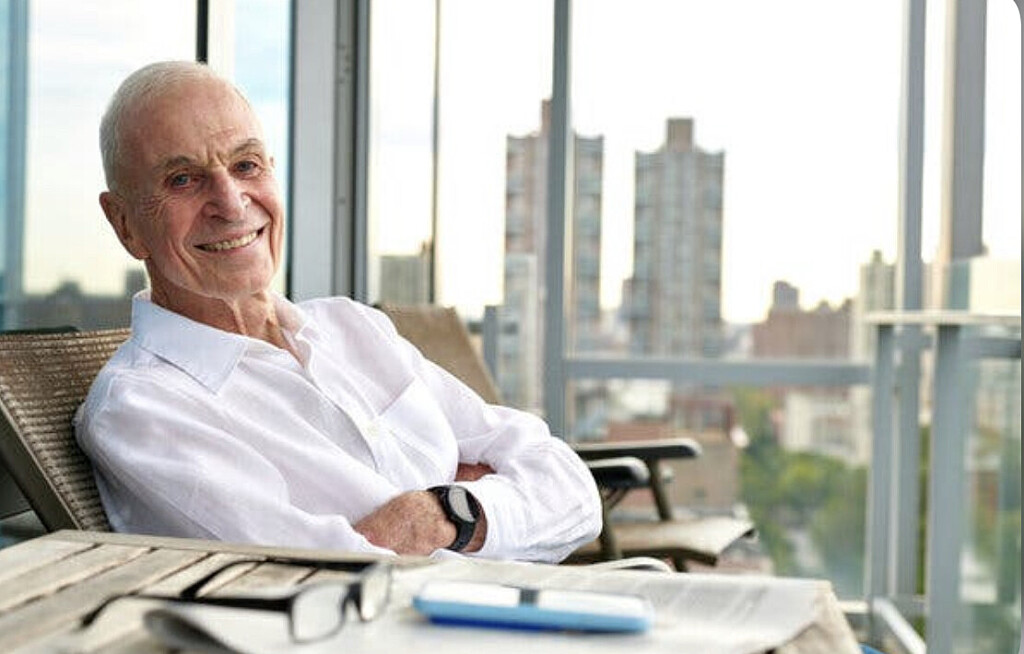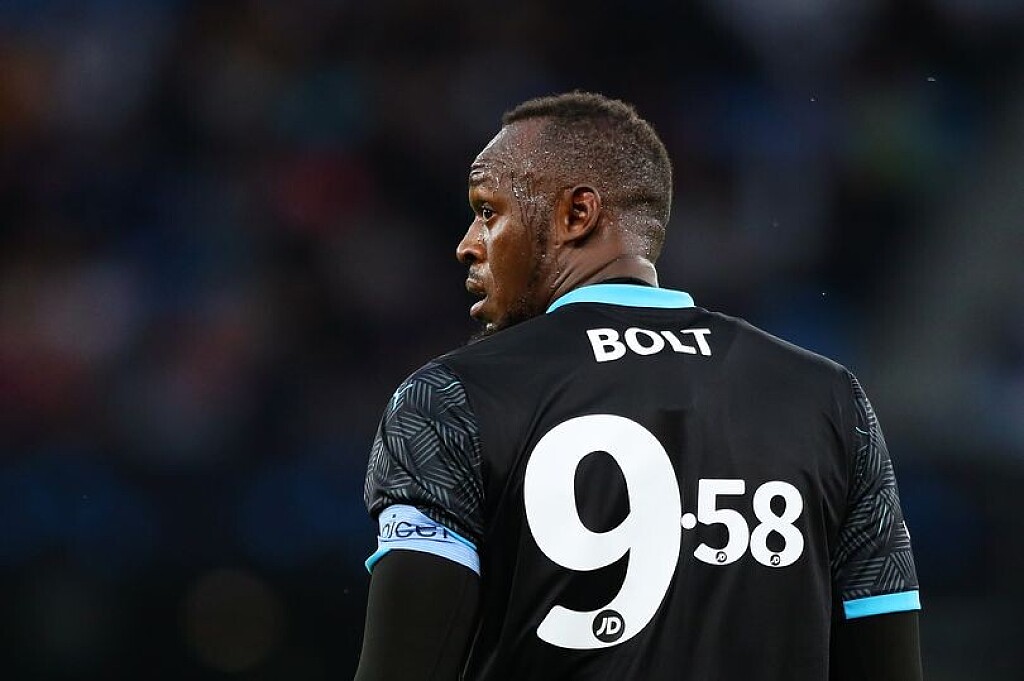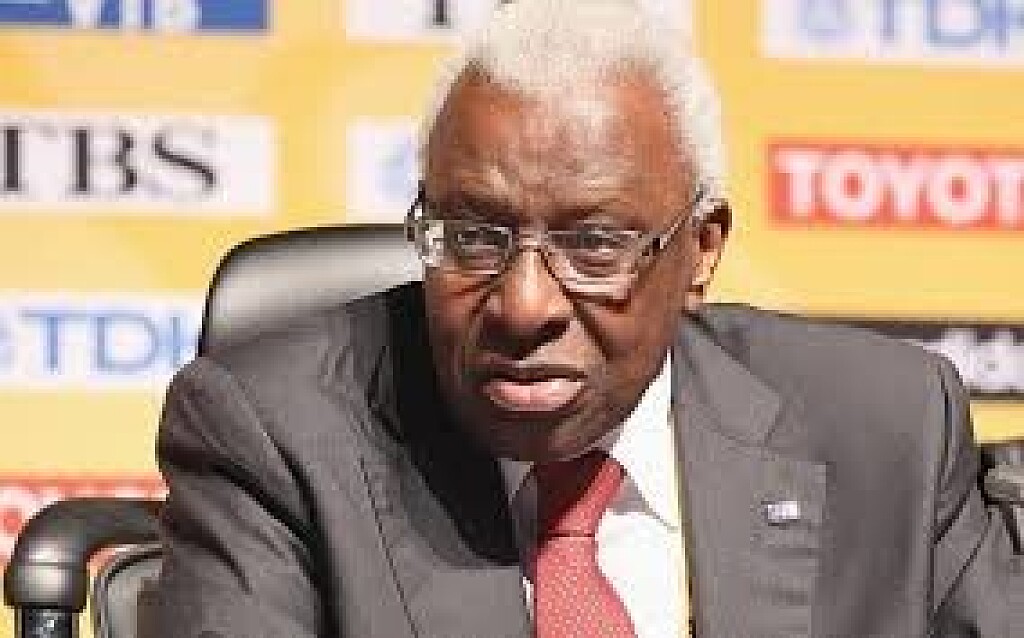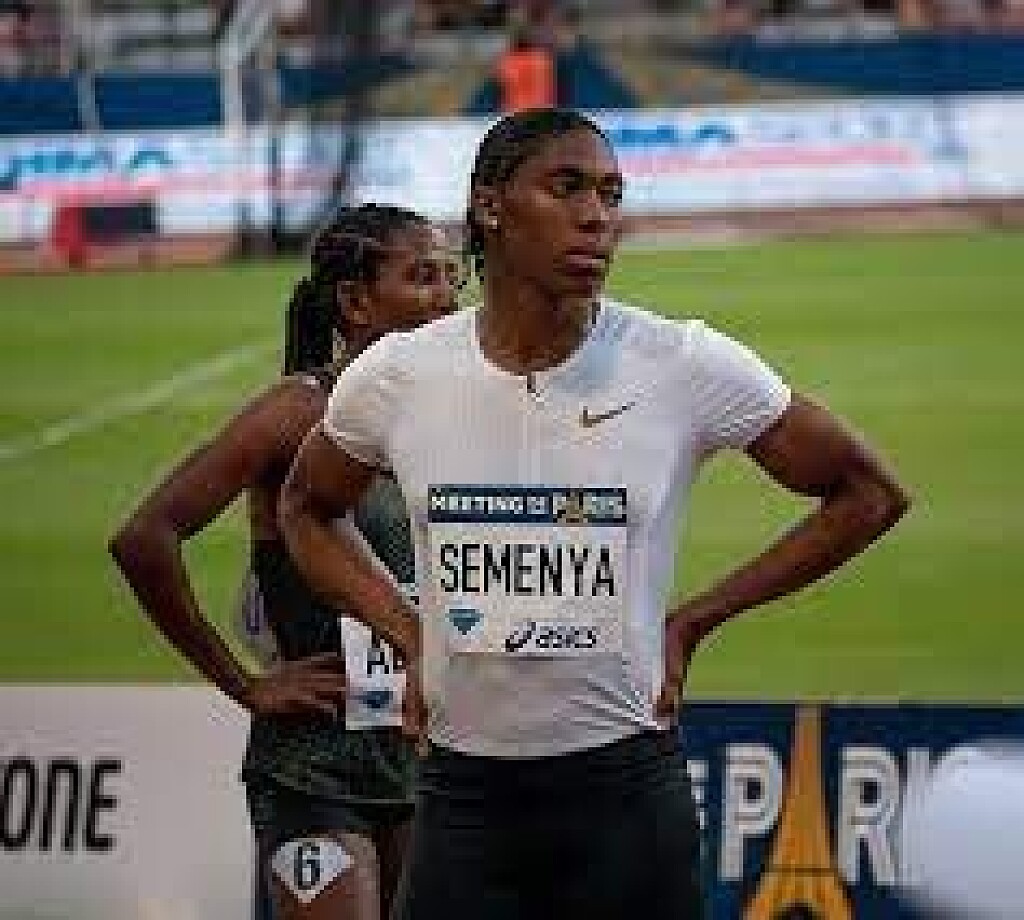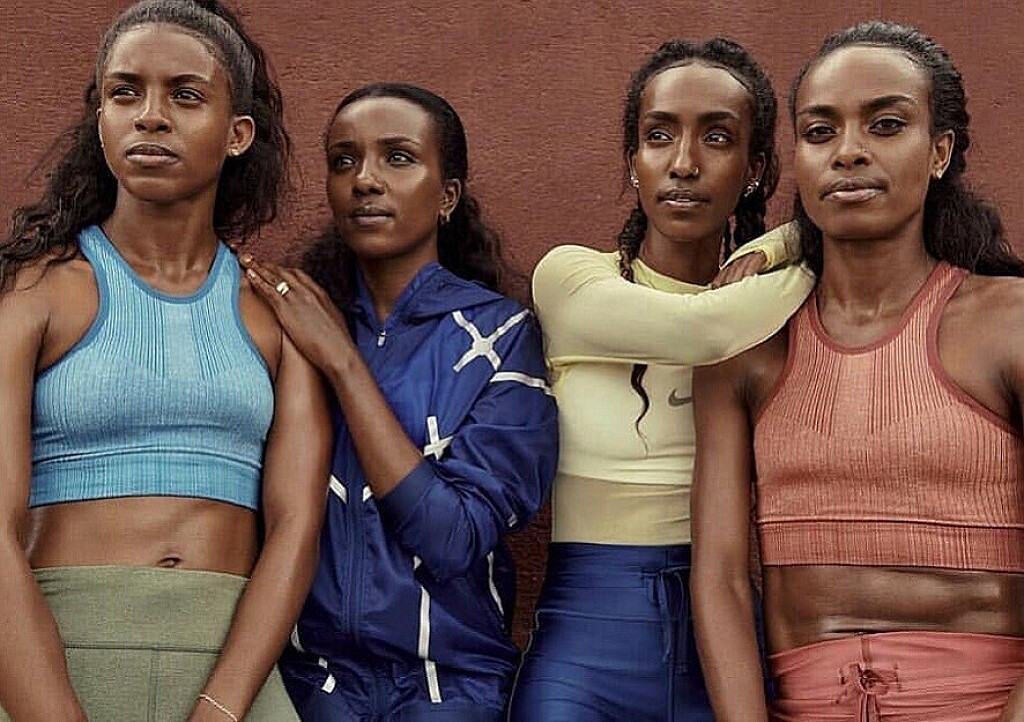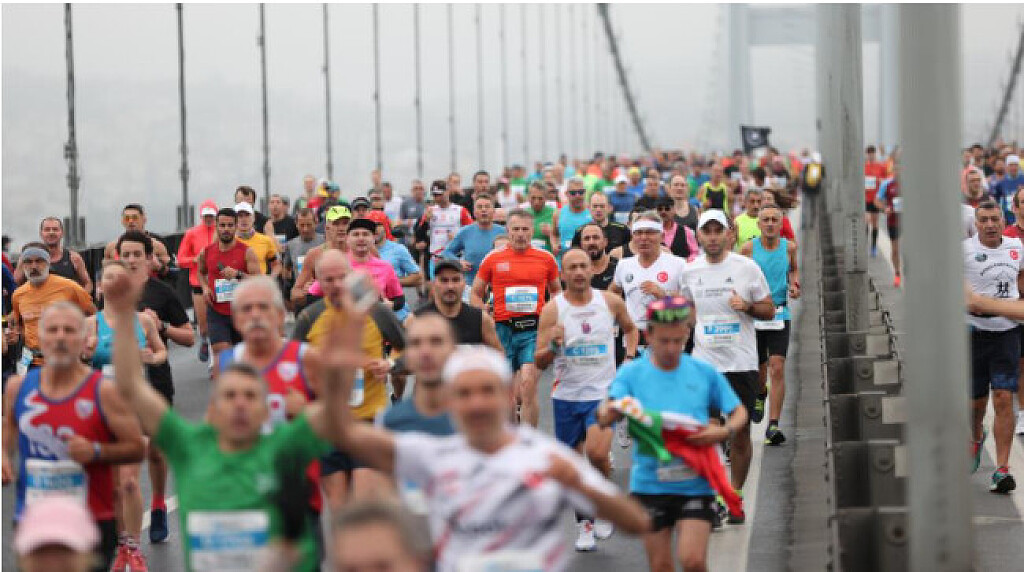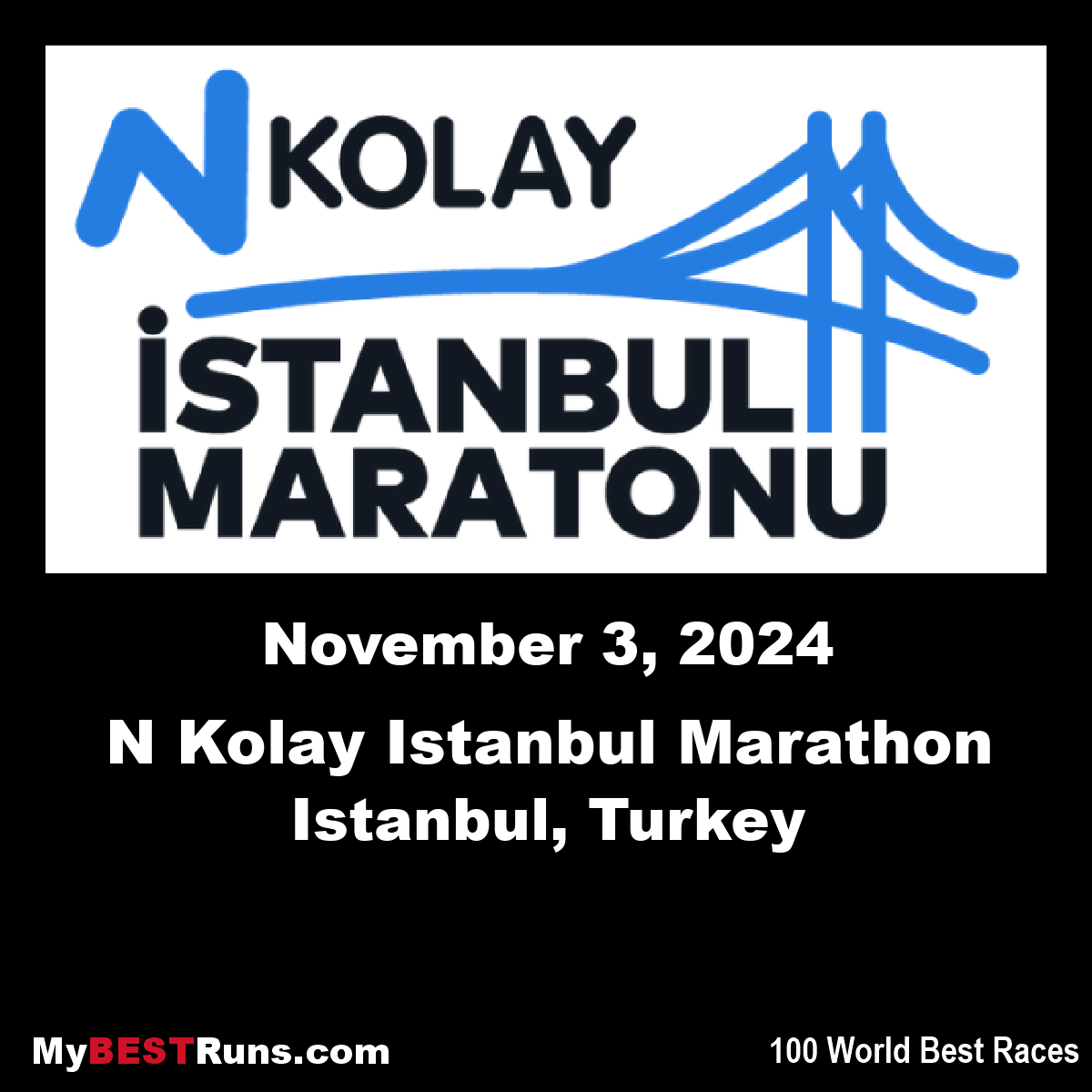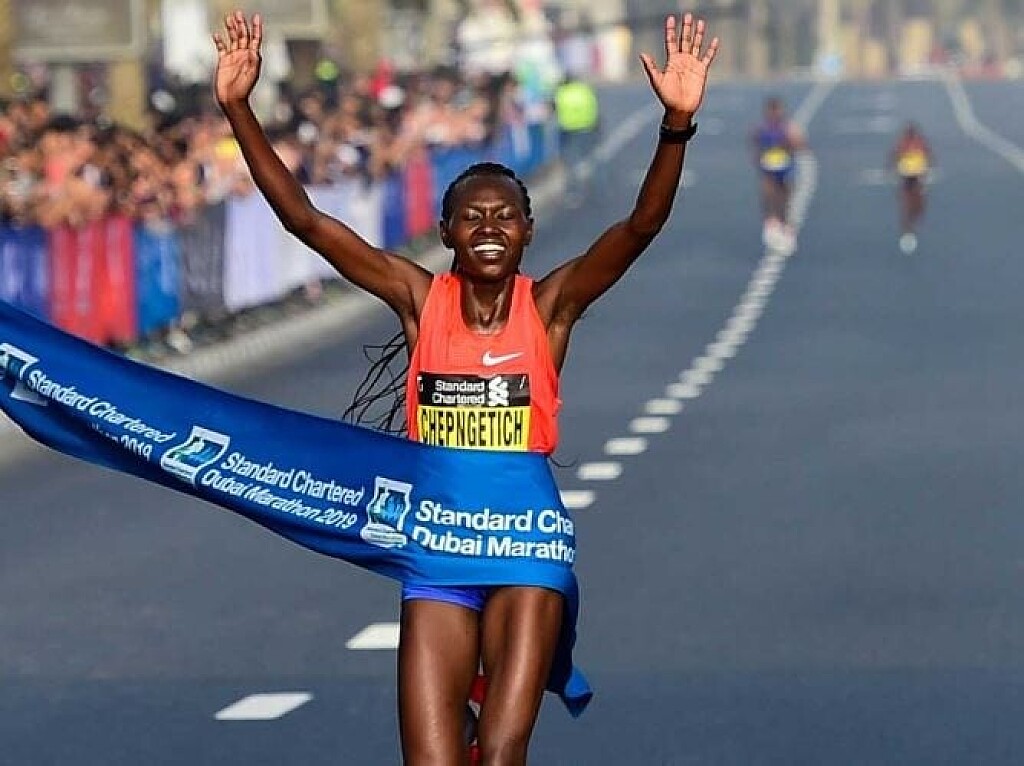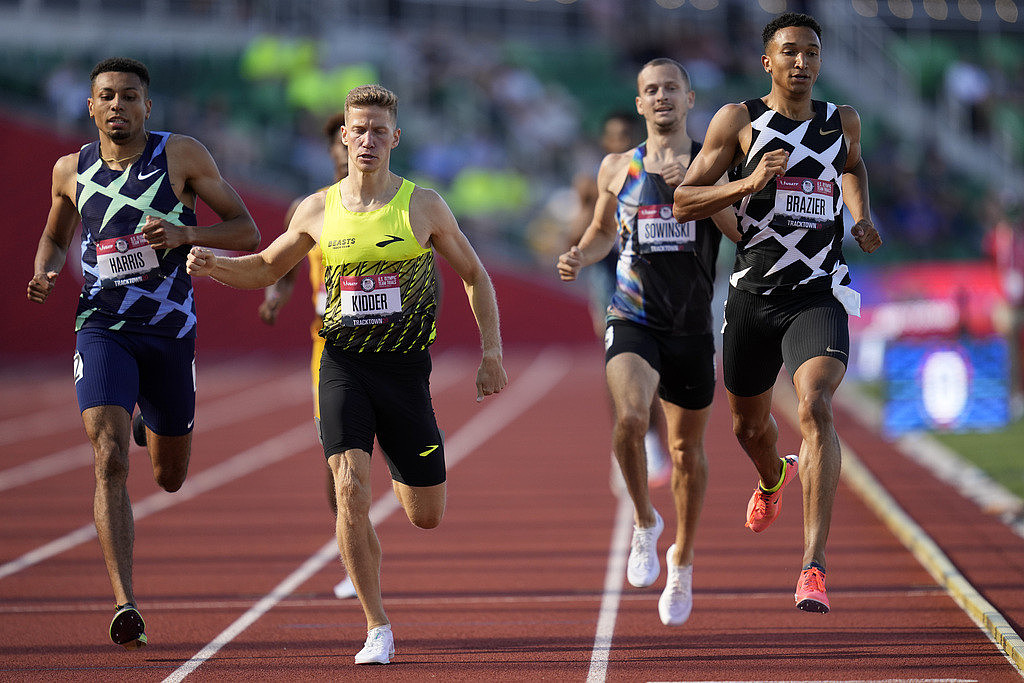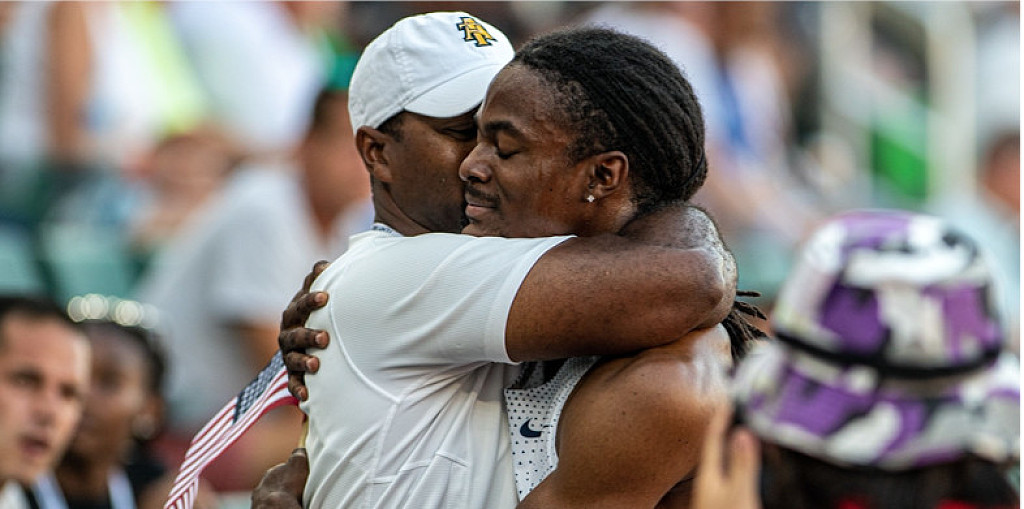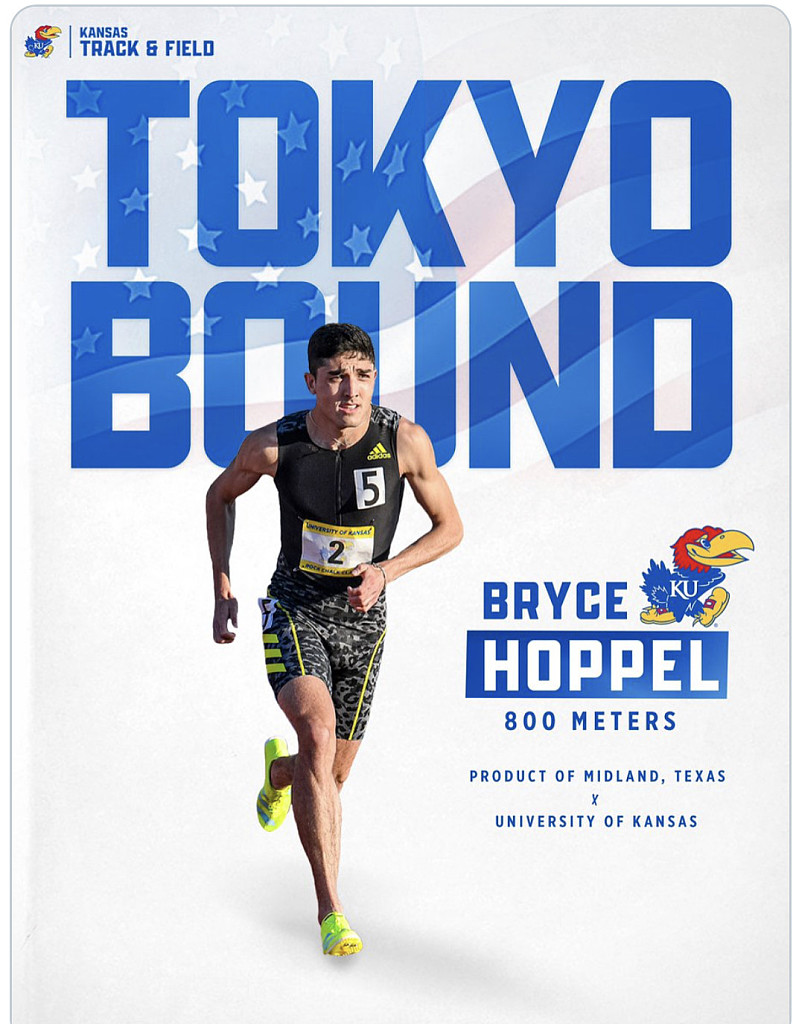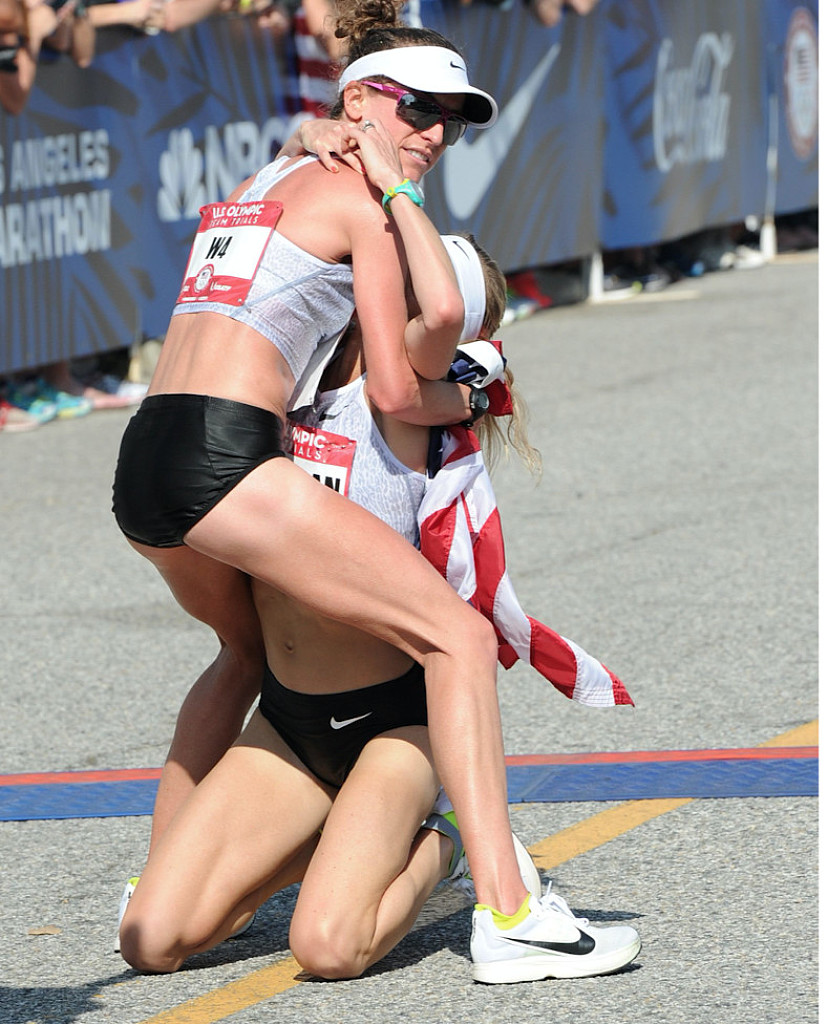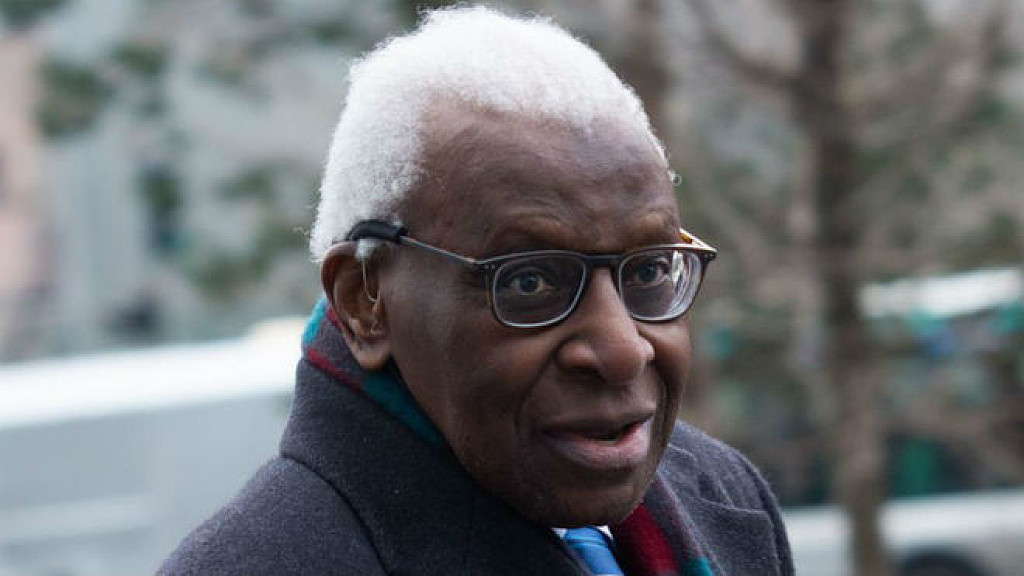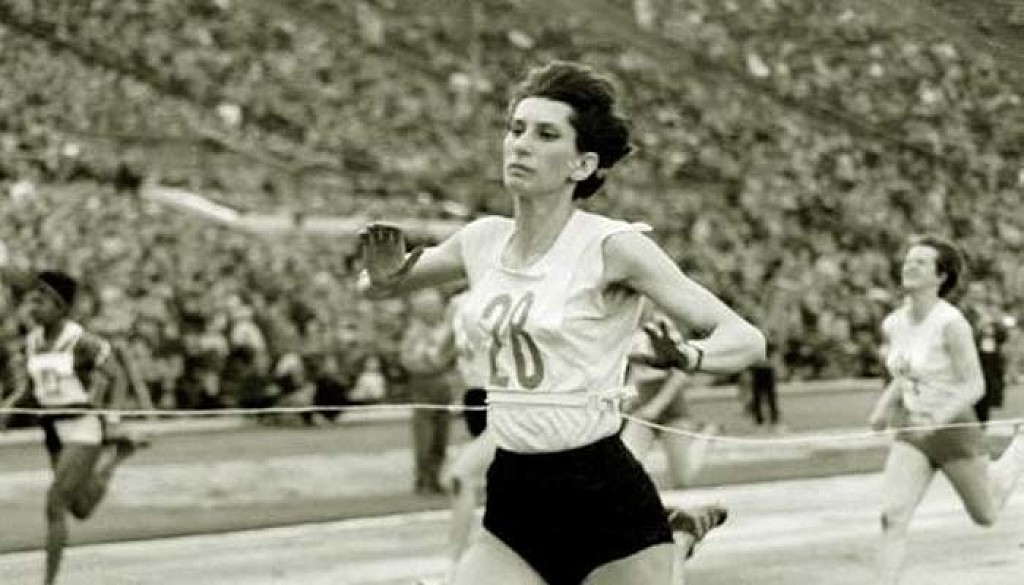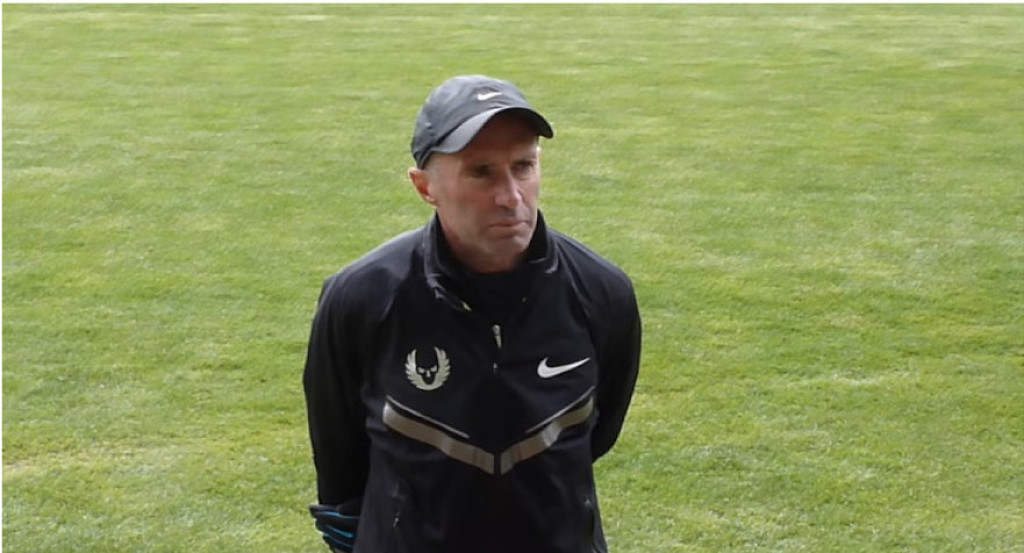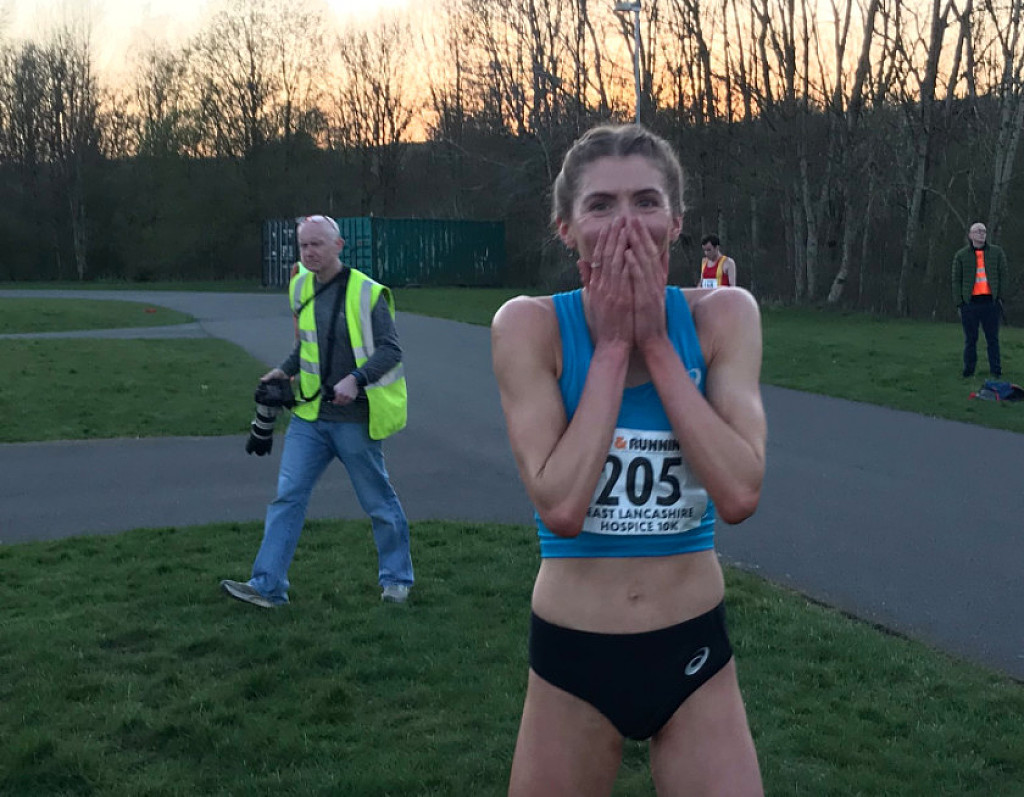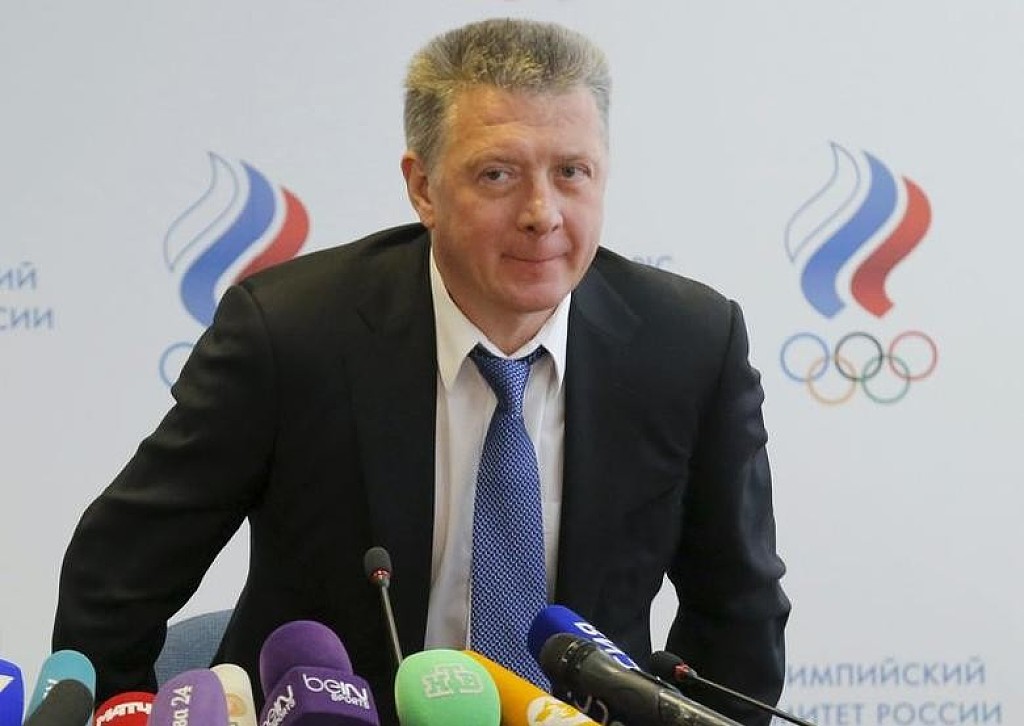Running News Daily
Running News Daily is edited by Bob Anderson. Send your news items to bob@mybestruns.com Advertising opportunities available. Train the Kenyan Way at KATA Kenya and Portugal owned and operated by Bob Anderson. Be sure to catch our movie A Long Run the movie KATA Running Camps and KATA Potato Farms - 31 now open in Kenya! https://kata.ke/
Index to Daily Posts · Sign Up For Updates · Run The World Feed
Articles tagged #IAAF
Today's Running News
Mulugeta Uma Returns to Defend TCS Toronto Waterfront Marathon Crown
Ethiopia’s Mulugeta Uma, the 2024 TCS Toronto Waterfront Marathon champion, has confirmed he will return to Canada’s premier road race on October 19 to defend his title. The 27-year-old says his focus is clear:
“My aim is to run a fast time but if I am unable to run a fast time I must win the race.”
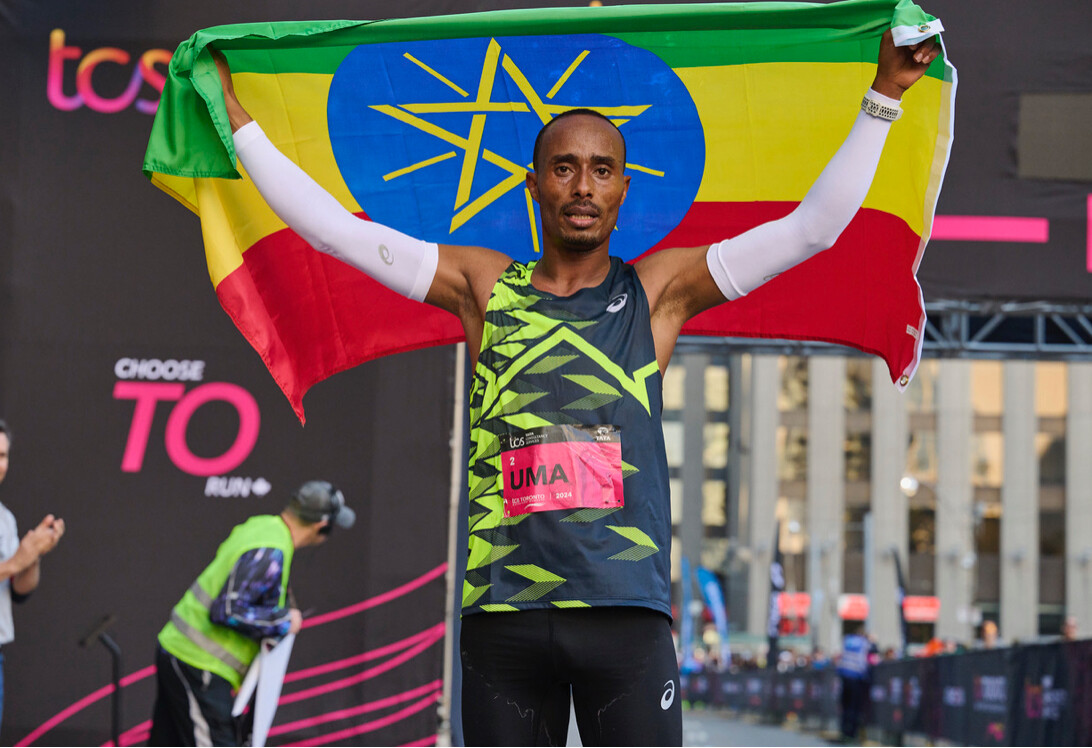
Podium Rematch
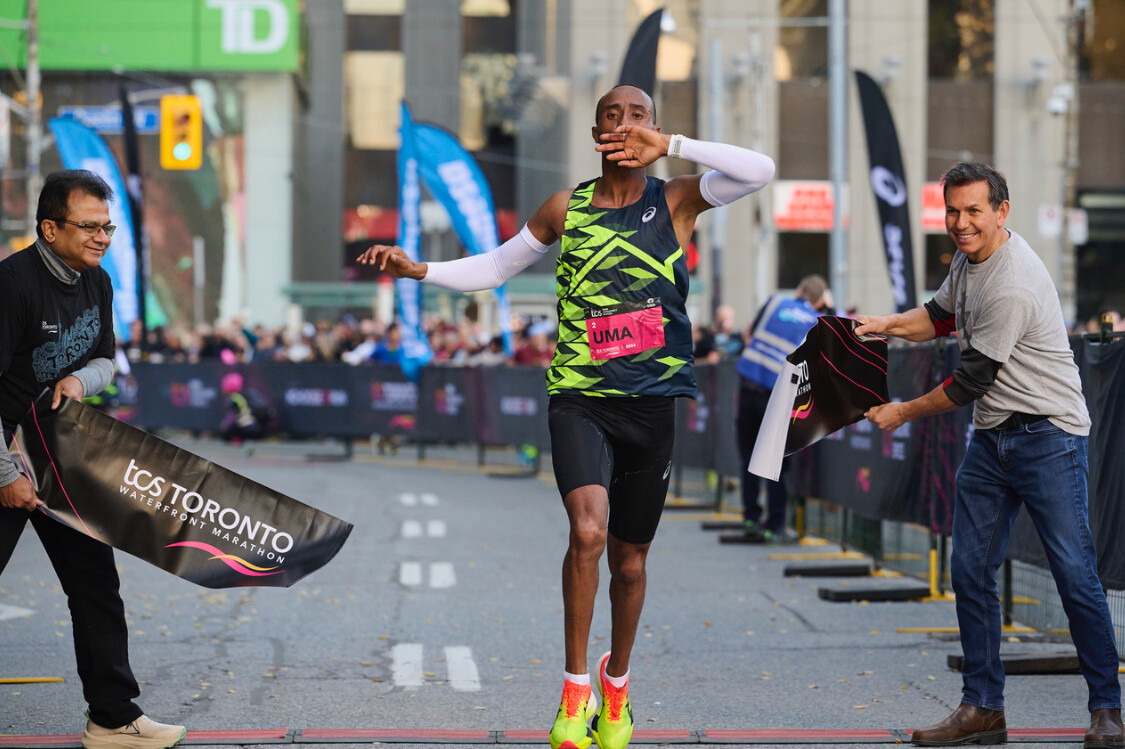
Uma’s addition to the field sets up an exciting reunion with the two men who joined him on last year’s podium. Kenya’s Dominic Ngeno, who finished second in 2024, and Noah Kipkemboi, who claimed third, have already been confirmed for this World Athletics Elite Label race.
Though Uma won Toronto last year in 2:07:16, he has proven he can run much faster. His personal best of 2:05:33 came at the 2024 Paris Marathon, and he clocked 2:05:46 for fifth place earlier this year at the prestigious Tokyo Marathon, a World Marathon Major.
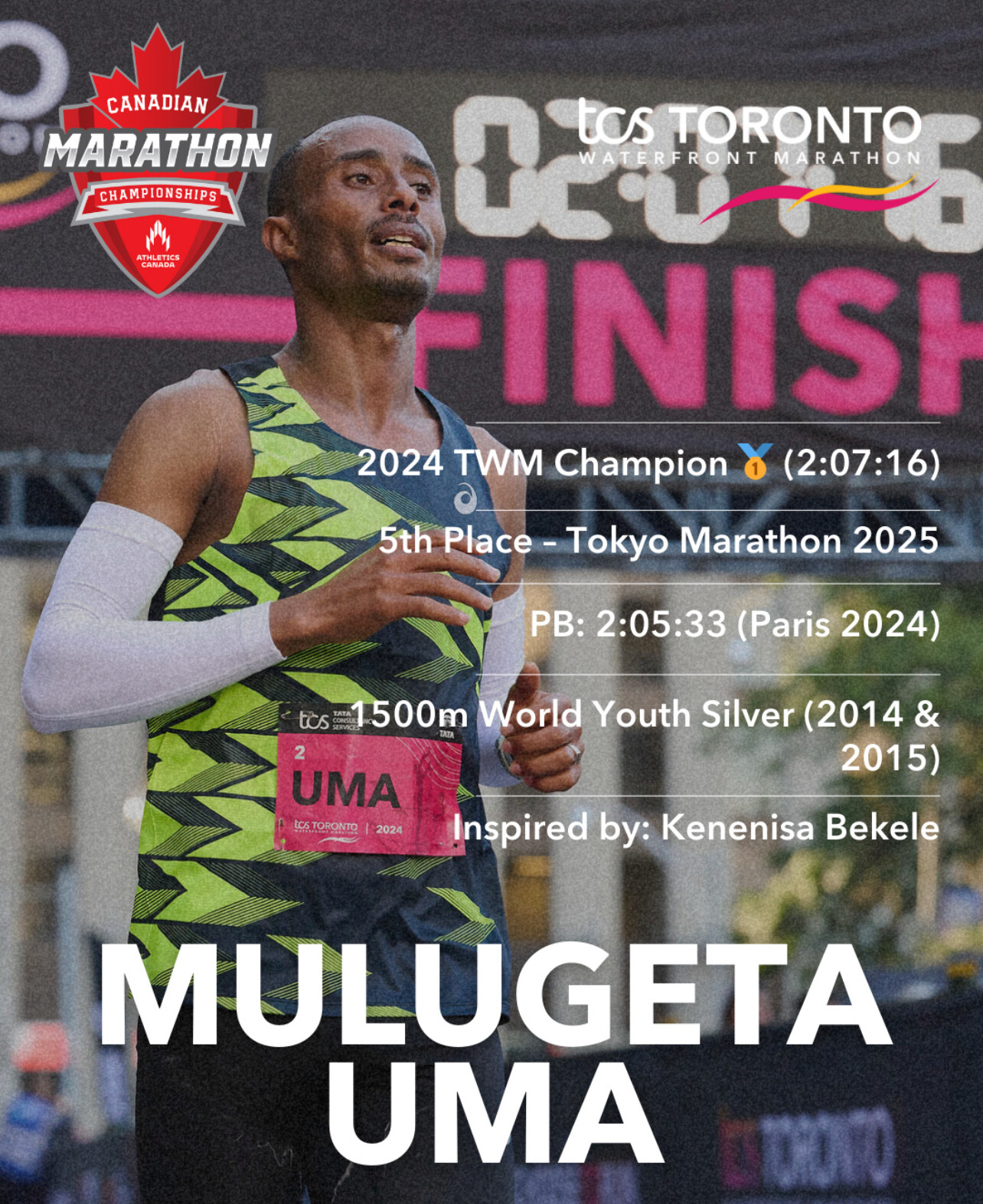
Remembering Toronto 2024
Uma recalls how last year’s Toronto victory unfolded dramatically.
“After halfway, no one was willing to lead but the Kenyan athlete (Ngeno) had a big surge and disappeared from our sight,” he remembers.
“We decided to leave him and thought we were going for second place. After a while I decided to try my best to catch him and, finally, I caught him and managed to win the race.”
His win earned him $20,000 CAD—a payday that has since risen to $25,000 for the 2025 edition. Beyond the prize money, Uma says he enjoyed his first visit to Canada’s largest city.
“I enjoyed the course and had an amazing experience in Toronto. I do have friends there and they are the ones who took me sightseeing.”
From Waliso to the World Stage
Born in Waliso, about 100 kilometers southwest of Addis Ababa, Uma grew up in a farming family. Inspired by Ethiopia’s Olympic heroes, he pursued running as a child and quickly made a name for himself in the 1,500m, winning silver at the 2014 Olympic Youth Games and the 2015 IAAF World Youth Championships.
But his career was derailed when he ruptured his Achilles tendon—an injury he attributes to racing in spikes. It forced him into a seven-year hiatus.
His return to the sport was fueled by watching his hero, Kenenisa Bekele, transition to the roads.
“Kenenisa was the athlete who inspired me. I was eager to achieve what he did on the track. Annoyingly, my injury prevented me from the track racing I loved, but still my role model showed me I could run sub-2:02. I am working hard to run a fast time like him.”
Bekele, a three-time Olympic champion, famously ran 2:01:41 in Berlin in 2019—just two seconds shy of the then world record.
Family and Future Goals
Uma is married to Bone Chuluka, who represented Ethiopia at two World Cross Country Championships, winning medals in the mixed relay event. The couple, who currently have no children, train together as they pursue their athletic goals.
Looking ahead to October, Uma has his eyes not just on defending his crown but also on history. The course record in Toronto remains 2:05:00, set in 2019 by Kenya’s Philemon Rono.
Asked if he might challenge that mark, his response was simple:
“Yes, why not?”
Few would doubt his ability to deliver.
by Paul Gains
Login to leave a comment
TCS Toronto Waterfront Marathon
The Scotiabank Toronto Waterfront Marathon, Half-Marathon & 5k Run / Walk is organized by Canada Running Series Inc., organizers of the Canada Running Series, "A selection of Canada's best runs!" Canada Running Series annually organizes eight events in Montreal, Toronto and Vancouver that vary in distance from the 5k to the marathon. The Scotiabank Toronto Waterfront Marathon and Half-Marathon are...
more...Marathon Legend Patrick Ivuti Joins KATA as Operator of New Running Camp and Potato Farm project in Kenya
KATA (Kenyan Athletics Training Academy) continues its rapid expansion with the launch of its 22nd KATA Running Camp and Potato Farm, and the newest addition brings serious star power. Marathon great Patrick Mutuku Ivuti—a former Chicago, Honolulu, and Prague Marathon champion—has officially joined the KATA team as the operator of the new Tala-based camp/farm.
“We are excited to have Patrick Ivuti join our KATA team of operators for our KATA Running Camp and KATA Potato Farm project,” said Bob Anderson, KATA founder and managing director. “This is our 22nd camp and after a 30-minute video call and many text messages, it was clear we needed to add Patrick to our team. He brings spirit, experience, and heart. His camp/farm will be based in Tala.”
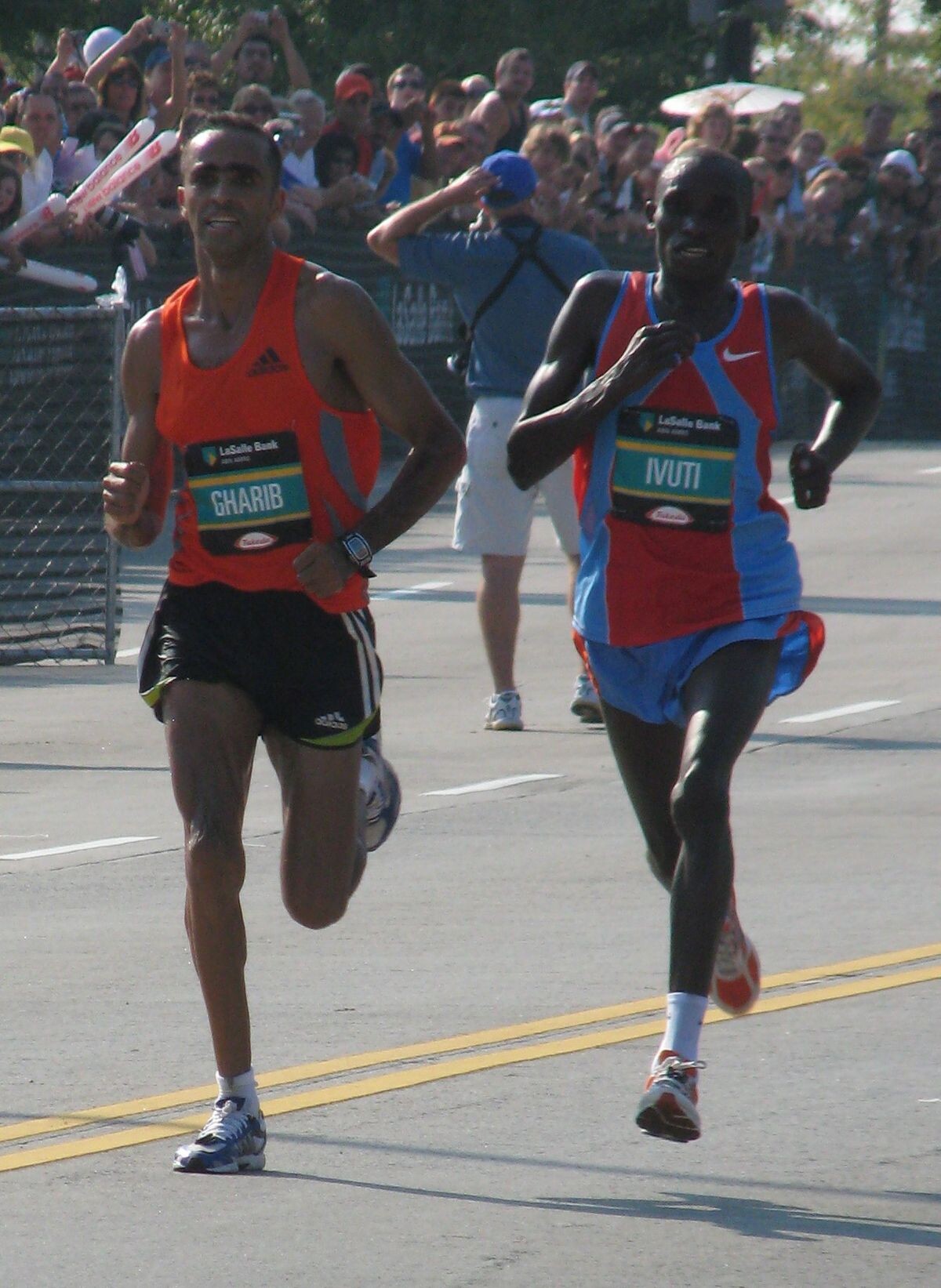
Ivuti’s love for the sport and passion for nurturing talent was evident from the first conversation. “Patrick just loved the idea of this unique project,” said Anderson. “He told me he had to join the KATA movement—not just to help athletes reach their potential, but to be part of something bigger.”
From World-Class Athlete to Ground-Level Mentor
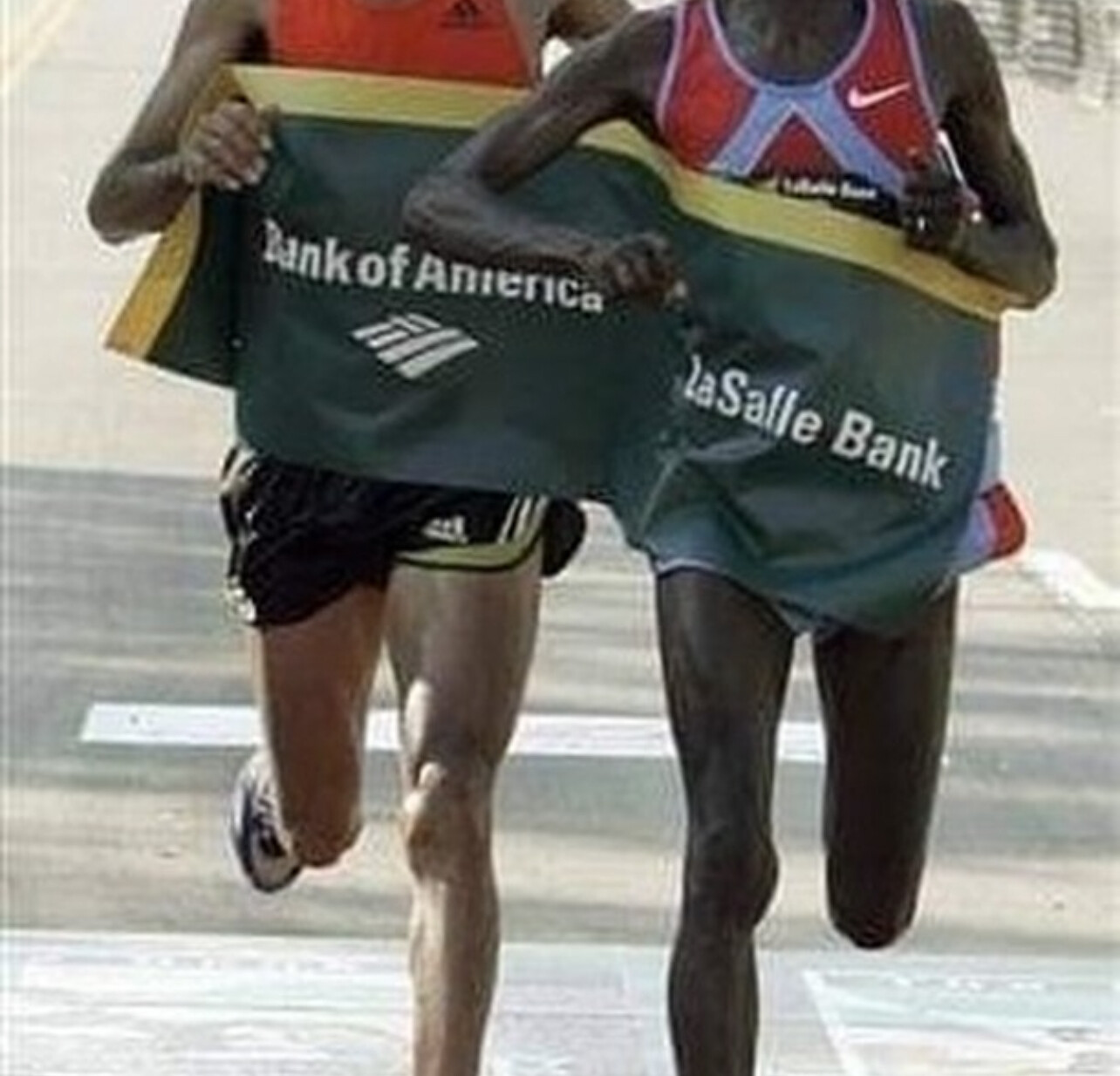
Ivuti, born June 30, 1978, is one of Kenya’s most decorated distance runners. A two-time silver medalist at the IAAF World Cross Country Championships, he made his marathon debut in 2005 and claimed his first major win at the 2007 Chicago Marathon—a race he won by just 0.05 seconds in one of the closest finishes in marathon history.
He went on to win the Honolulu Marathon in both 2008 and 2009, and also took top honors at the 2009 Prague Marathon. With a personal best of 2:07:46, Ivuti competed at the highest level of global marathoning for over a decade.
Now, he’s bringing that same competitive spirit and wisdom to Tala, where his role goes far beyond coaching.
The KATA Model: Running + Farming = Sustainable Impact
Each KATA camp follows a sustainable model: athletes train daily and also work 25 hours per week on three acres of potato farmland, creating a source of income and life skills beyond sport.
Ivuti immediately connected with the KATA vision. “It’s a beautiful concept,” he shared. “This project gives young athletes the tools to succeed in racing and in life. That’s why I had to be part of it.”
A Growing Movement with Global Vision
The KATA program, launched by Bob Anderson—founder of Runner’s World magazine and My Best Runs—has grown quickly, with 22 running camps across Kenya, plus two international retreats in Thika, Kenya, and Monforte da Beira, Portugal.
“This is more than just athletics,” Anderson said. “It’s about creating long-term solutions and opportunities and not just for our athletes but for the communities. Patrick is the perfect person to help lead that mission in Tala.”
Stay tuned to My Best Runs for updates on KATA’s progress, new camp openings, and the inspiring athletes rising through this one-of-a-kind program.
by Boris Baron
Patrick Ivuti
Login to leave a comment
Faith Kipyegon to Race 3000m in Silesia – Is the World Record in Sight?
World 1500m record-holder Faith Kipyegon will race the 3000 meters at the Silesia Kamila Skolimowska Memorial on August 16, setting up what could be one of the most anticipated moments of the 2025 track season.
The Kenyan star has been rewriting the history books. Over the past year, she set new world records in the 1500m (3:48.68) and 5000m (14:05.20), and ran the fastest women’s mile ever in an unofficial exhibition event in Paris. Now she’s turning her attention to the 3000m—an event she hasn’t run seriously in over a decade.
A Decade Later, a Return to 3000m
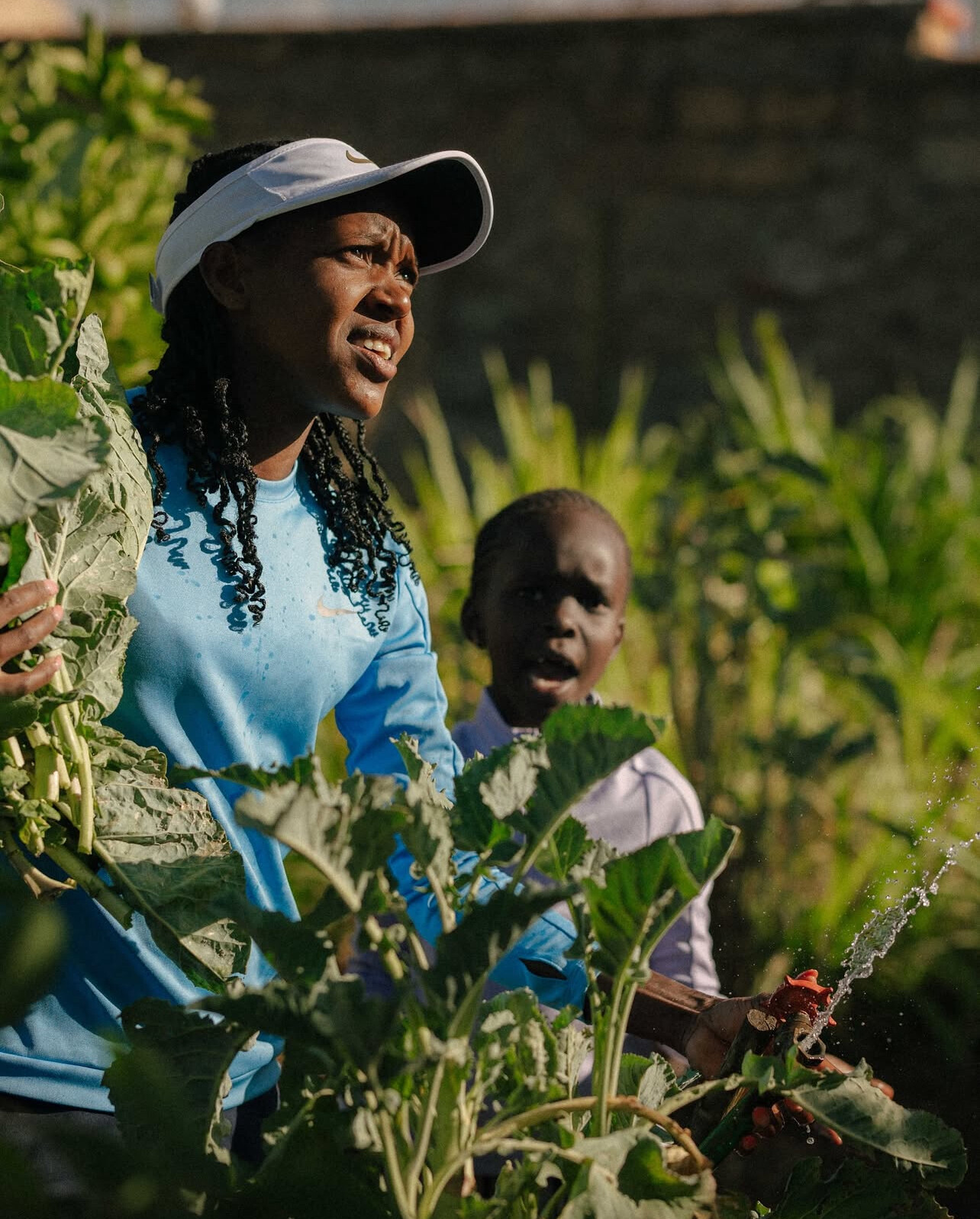
Kipyegon’s personal best of 8:23.55 was set in 2014 when she was just 20. Since then, she’s become a global icon—earning three Olympic gold medals, multiple world records, and establishing herself as the most dominant female middle-distance runner of her generation.
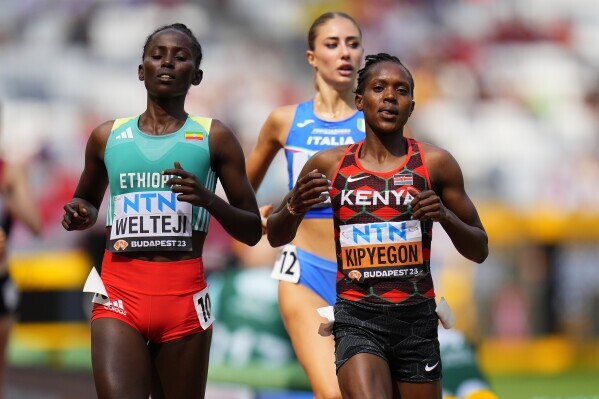
Now, with a combination of endurance from her 5000m training and unmatched speed honed in the 1500m, Kipyegon is poised to take a serious shot at history.
The Record She Might Be Chasing
The current women’s 3000m world record:
• 8:06.11 – Wang Junxia (China), set on September 13, 1993 in Beijing.
That mark has stood for more than 30 years—but it remains controversial. In 2015, a letter reportedly written by Wang Junxia in 1995 surfaced, in which she and nine teammates alleged they were forced to take “large doses of illegal drugs over the years” as part of a state-sponsored doping program under the direction of their coach, Ma Junren.
Wang wrote that the women “tried to refuse the drugs,” but that Ma would allegedly inject them himself if necessary. The letter was sent to Chinese journalist Zhao Yu but remained unpublished until decades later. Ma has consistently denied any doping allegations, and Wang’s world record still stands officially—despite renewed scrutiny.
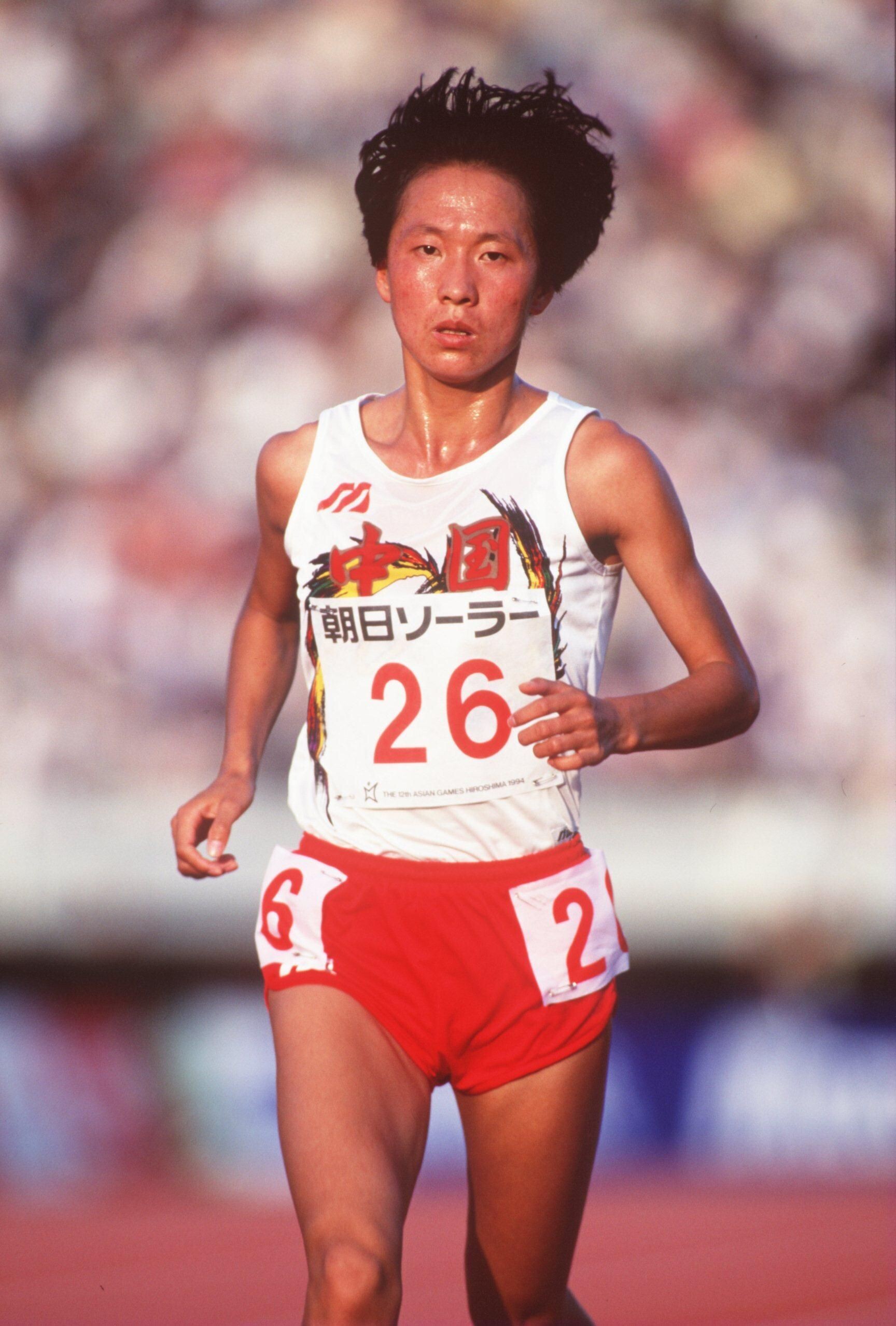
In response, the IAAF (now World Athletics) opened an investigation at the time, but as of today, the record has not been invalidated.
Why Silesia Matters
If Faith Kipyegon runs in the 8:10–8:15 range, it would mark one of the cleanest and most credible performances in the history of the event. Should she go even faster, it could position her to break or at least redefine the context of the 3000m record.
Few athletes in history have had the range, poise, and championship pedigree that Kipyegon carries. With the eyes of the world on Silesia this August, she may once again elevate the sport.
Is a new world record possible? We’ll find out soon.
If she does it, Faith Kipyegon won’t just rewrite another line in the record books—she’ll help reclaim one of the most contested chapters in women’s distance running.
by Boris Baron
Login to leave a comment
Angela Tortorice’s 1,000 Marathons and a Guinness Record — But Do the Numbers Add Up?
Angela Tortorice, a Dallas-based runner and full-time accountant, has received widespread praise on social media and in the running community for her astonishing endurance achievements. According to Guinness World Records, she holds the title for the most race marathons run in a single year by a woman: an incredible 129 marathons completed between September 1, 2012, and August 31, 2013. Nearly a decade later, she was celebrated again for completing her 1,000th marathon at the Irving Marathon in Texas on April 2, 2022, reportedly making her the first American woman to reach that milestone.
These accomplishments are inspiring — but they also raise serious questions.
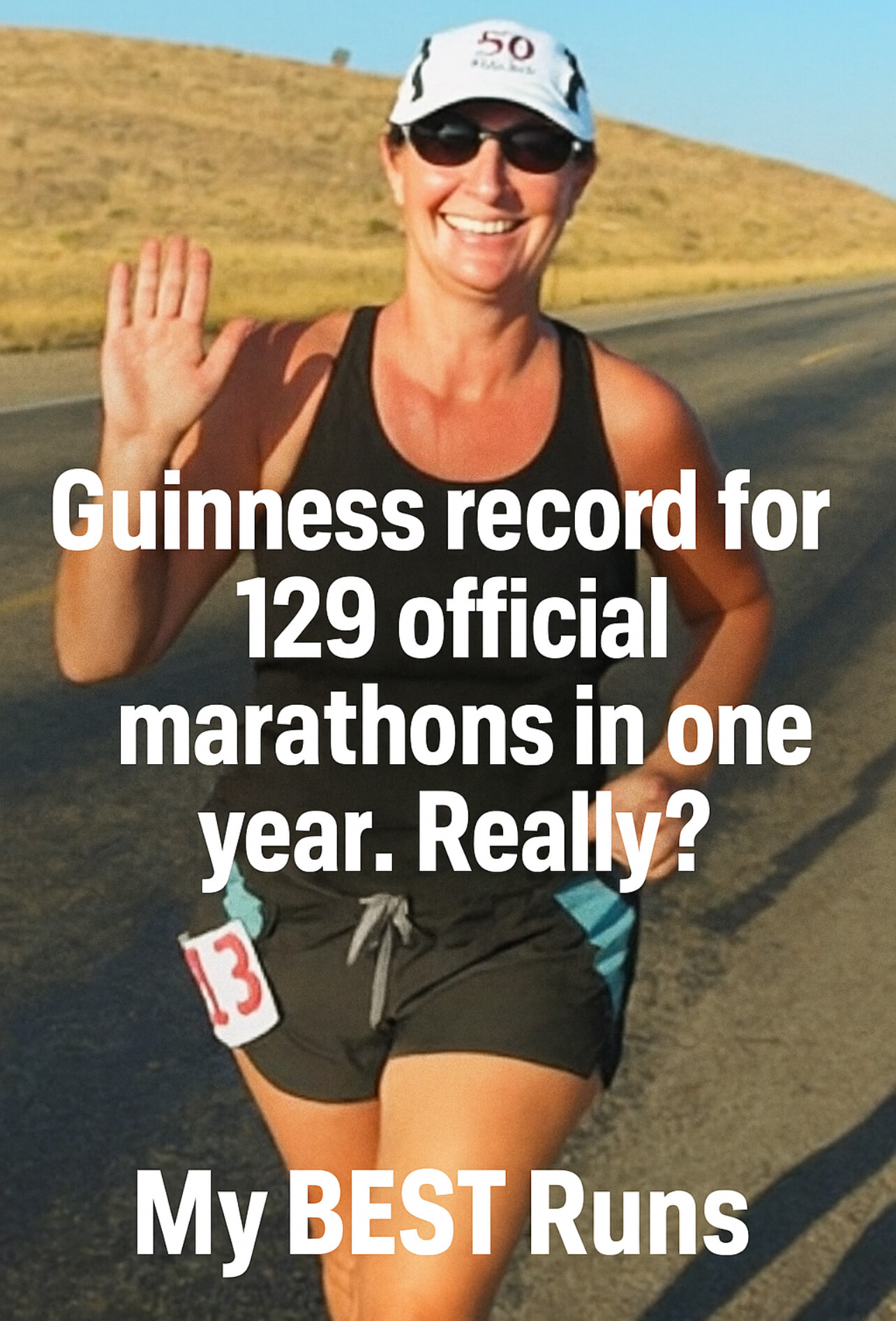
The Math Behind the Record
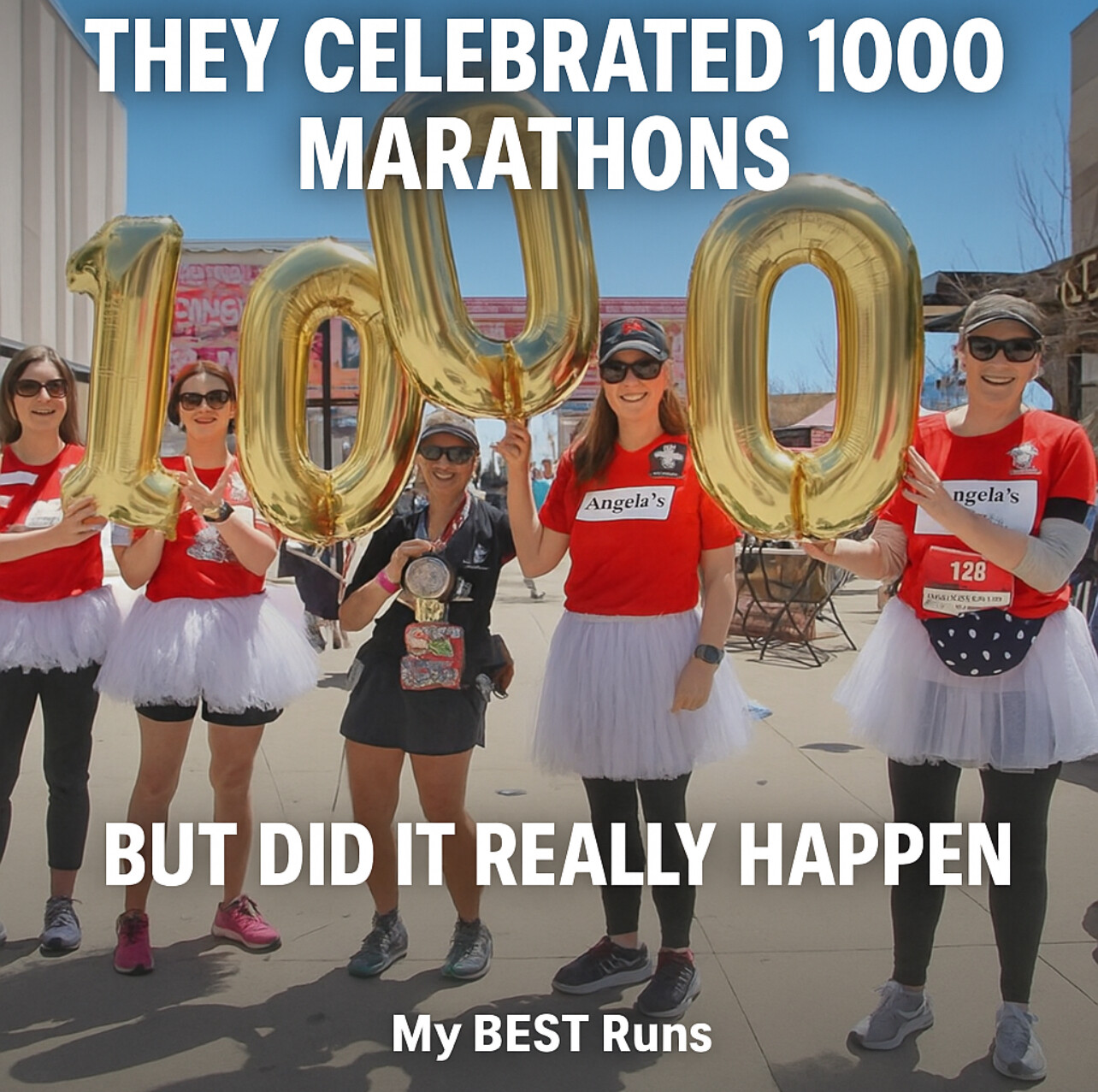
Completing 129 marathons in 365 days averages to one marathon every 2.8 days. Since most official marathons take place on Saturday or Sunday mornings, a runner could theoretically participate in two marathons per weekend — totaling 104 races per year if no weekends were lookmissed. To reach 129 official marathons, one would need to find an additional 25 races held on weekdays, which is highly unlikely, especially in the U.S. where weekday marathons are rare.
Moreover, Angela reportedly maintained a full-time accounting job throughout this year, making the travel, recovery, and logistics of such a schedule even more challenging.
So how was this record verified?
Guinness Confirmation Process
According to Guinness World Records, all record attempts must be supported with documentation, including:
• Official race results
• Event certifications
• Witness statements
• Media coverage
While Guinness confirmed Tortorice’s record, the details of how each marathon was documented and what criteria defined a “race marathon” have not been made public. Many in the running community are left to wonder: Were all 129 races USATF- or IAAF-certified events? Or did some involve multi-loop courses, self-organized races, or training runs that happened to reach 26.2 miles?
If the latter, should they count toward an “official” marathon record?
The 1,000 Marathon Milestone
Tortorice ran her first marathon in November 1997 at the San Antonio Marathon. Reaching 1,000 marathons by April 2022 spans approximately 24.4 years. To accomplish this, she would have had to average more than 41 marathons per year for nearly two and a half decades — while working full time and recovering from each race.

Even with her 129-marathon year included, the pace remains difficult to reconcile with the typical calendar of official events. A search on marathonview.net, a site that tracks certified marathon results, lists only 313 races under her name — far short of 1,000. That gap again raises concerns about how these totals are being calculated and what types of events are being counted.
Ultrarunning Records Raise More Questions
Further complicating the narrative is data from UltraRunning Magazine, which tracks ultramarathon performances across the U.S. According to their published records, Tortorice competed in:
• 6 ultramarathons in 2012, totaling 182 miles
• 5 ultramarathons in 2013, totaling 152 miles
These included timed events like Run Like the Wind (26.7 miles in 6 hours) and longer efforts such as the Sunmart Texas Trails 50K and the Nashville Ultra. Running multiple ultramarathons during the same period she allegedly completed 129 marathons suggests an even greater load on the body — further straining plausibility.
To perform at this level, she would have needed to recover within 24–48 hours, every single week, for a full year, without serious injury. That level of resilience is virtually unheard of in the sport.
A Matter of Integrity
This story began as a celebration of one woman’s determination and consistency. Angela Tortorice clearly has passion and commitment to the sport, and there’s no question she’s run more marathons than most runners will ever attempt.
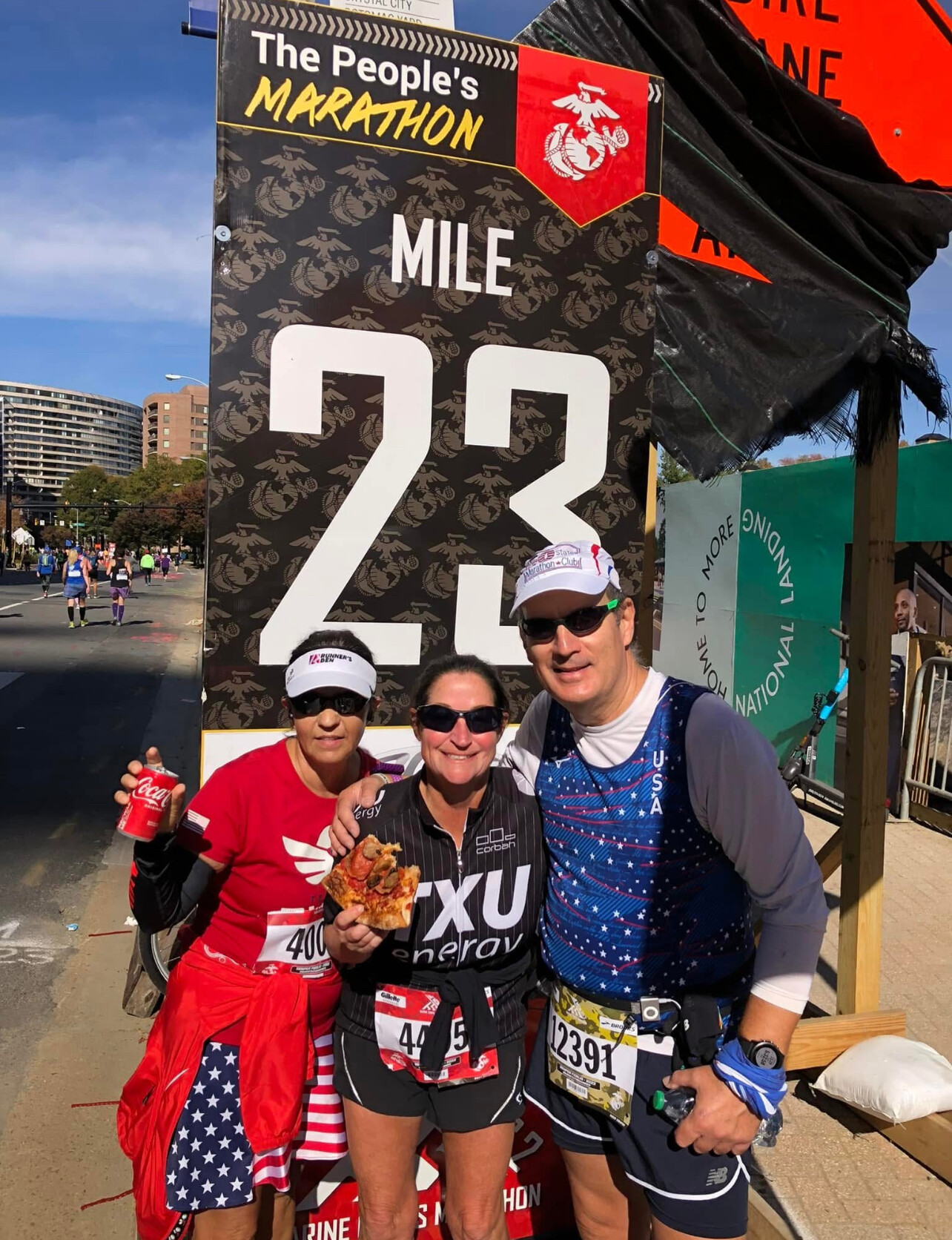
But when numbers like “129 official marathons in one year” or “1,000 official marathons in a career” are published and shared without full transparency, it matters. The integrity of marathon records — and the accomplishments of every runner who pushes through 26.2 miles — depends on clear, consistent standards.
If some of these marathons were self-supported runs or informal events, they are still worthy efforts — but should be categorized appropriately.
800 Marathons by 2019 — Then 200 More in 30 Months?
Another milestone adds complexity to the story. On October 5, 2019, Angela Tortorice celebrated her 800th marathon, as shown in a Facebook post and commemorative photo holding a cake at the finish line. That celebration is just 2 years and 6 months before her 1,000th marathon, reportedly completed at the Irving Marathon on April 2, 2022.

That means she would have completed 200 marathons in just 30 months, averaging over 6.5 marathons per month, or about 1.5 per week, every single week — during the height of the pandemic era when many events were canceled or limited.
Even more striking, race result records from this period show that she was also participating in ultramarathons, including at least one 24-hour race, according to UltraRunning Magazine. These events demand far more recovery than standard marathons. Yet her pace of marathons never seems to slow down.
The Core Question Remains
Angela Tortorice has no doubt logged thousands of miles and displayed a deep love for running. But the record of 129 marathons in a single year, verified by Guinness, was widely interpreted as representing 129 official, certified marathons — the kind that appear in race databases, are publicly timed, and meet governing body standards.
The mounting evidence — including her ultrarunning participation, the 800-to-1000 marathon timeline, and her full-time employment — raises a fundamental question: Were all of these “marathons” part of certified, organized events, or were many informal, self-organized, or private runs?
For a record with such significance, the running world deserves clarity. Not to diminish the accomplishment — but to ensure accuracy and integrity in what we celebrate.
Angela Tortorice has no doubt achieved extraordinary things. But the marathon world deserves clarity: What exactly counts as a marathon in these records? If the claim is that all 1,000 were “official race marathons,” then we must ask — where’s the list?
Until those questions are answered, the celebration must also come with scrutiny. The running community deserves both inspiration and truth.
by Bob Anderson and Boris Baron
Login to leave a comment
2025 Gate River Run Elite Battle for USA 15K Glory
The 2025 Gate River Run in Jacksonville, Florida, set for March 1, is not only America’s largest 15K but also serves as the USA 15K Championship—a high-stakes battleground where elite athletes from across the nation and around the globe will clash for glory, record-breaking prizes, and the opportunity to inscribe their names in running history.
This year’s event has rejoined the prestigious Professional Road Running Organization (PRRO) Circuit for the first time since 1993, significantly elevating its status with over $400,000 in total prize money at stake. Competitors face a guaranteed purse of $57,000 with additional bonuses that can boost the total to $62,000, and winners also earn eligibility for a $20,000 PRRO Super Bonus at the season-ending PRRO Championship in Utica, New York.
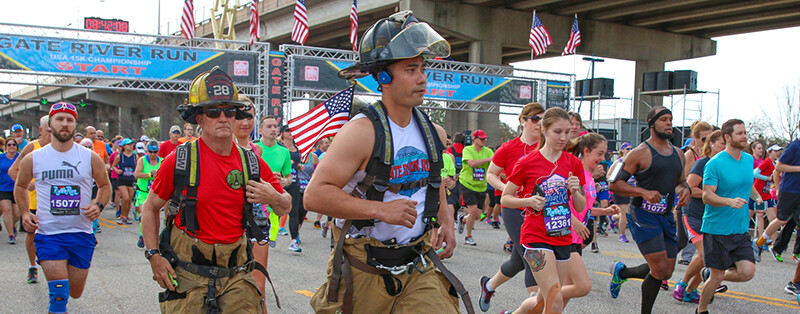
The prize structure is designed to reward outstanding performance and national pride. In the Open Division, the top 10 finishers in both the men’s and women’s fields will earn significant payouts, while U.S. athletes have the opportunity to “double dip” by competing for additional American Cup bonuses, which reward the top five finishers with extra cash ranging from $3,000 to $500. Adding an intriguing twist, the Equalizer Bonus awards the first athlete to cross the finish line—regardless of gender—an extra $5,000, and record-breaking performances are further incentivized with $10,000 for a world record, $5,000 for an American record, and $3,000 for a course record.
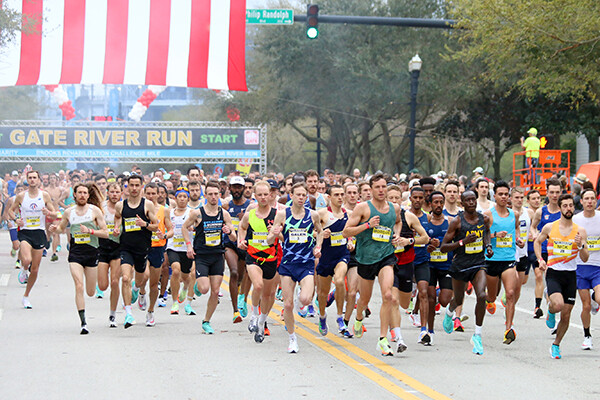
The 15K course itself is a true test of strategy and endurance as it weaves through Jacksonville’s urban landscape and culminates at the base of the Hart Bridge, famously nicknamed the “Green Monster” due to its steep, punishing incline. This final stretch demands that athletes balance blistering speed with tactical acumen as they fight to maintain their momentum and push through fatigue, echoing the challenges faced by past legends who set formidable benchmarks on this course. Organizers have gone to great lengths to support peak performance, providing elite athletes with complimentary airport transfers and accommodations at the Marriott Jacksonville Downtown, along with strict adherence to USATF and IAAF anti-doping policies. Qualification standards are stringent, with men required to finish under 46:00 and women under 53:00 to be eligible for prize money, ensuring that only the very best contend.
Adding to the excitement is the confirmed participation of marquee athlete Jacob Kiplimo, the current 15K world record holder known for his blistering 40:42 performance. Kiplimo’s entry, along with a strong contingent of top U.S. runners and promising international stars already confirmed, underscores the elite quality of the field this year. While the full elite roster is still being finalized, insiders report that several of America’s best middle- and long-distance runners are set to join the competition, with additional names expected to be announced in the coming weeks.
Beyond the elite competition, the Gate River Run remains a celebration of running culture, drawing over 18,000 participants—from dedicated runners to enthusiastic walkers—who join in the festivities and contribute to the event’s storied legacy. For professional athletes, however, this race is a career-defining opportunity; it is where every second matters, every stride is measured, and personal bests and record-breaking performances are the norm rather than the exception.
As the countdown to March 1 continues, anticipation builds among athletes and fans alike. The 2025 Gate River Run promises to be an arena where national pride meets global ambition, a platform for elite runners to test their limits and secure life-changing prizes while setting the stage for the upcoming outdoor season. For registration details, elite entry requirements, and live coverage, visit the official Gate River Run website or follow updates on My Best Runs.
by Boris Baron
Login to leave a comment
Gate River Run
The Gate River Run (GRR) was first held in 1978, formerly known as the Jacksonville River Run, is an annual 15-kilometer road running event in Jacksonville, Fla., that attracts both competitive and recreational runners -- in huge numbers! One of the great running events in America, it has been the US National 15K Championship since 1994, and in 2007...
more...More about Conner Mantz: From Utah Prodigy to American Record Holder
Conner Mantz's journey from a young running enthusiast in Utah to an American record holder is a testament to his unwavering dedication and exceptional talent. Born on December 8, 1996, in Logan, Utah, Mantz's early passion for running set the stage for a remarkable career in long-distance running.
Mantz's affinity for running became evident at a young age. At just 12, he completed his first half marathon, igniting a fervor for the sport. By 14, he impressively finished a half marathon in 1:11:24, maintaining an average pace of 5:26.8 minutes per mile. During his time at Sky View High School in Smithfield, Utah, Mantz distinguished himself as a three-time All-American at the Foot Locker Cross Country Championships. His prowess also earned him a spot on Team USA at the 2015 IAAF World Cross Country Championships in Guiyang, China, where he placed 29th in the junior race, leading the team to a commendable sixth-place finish.
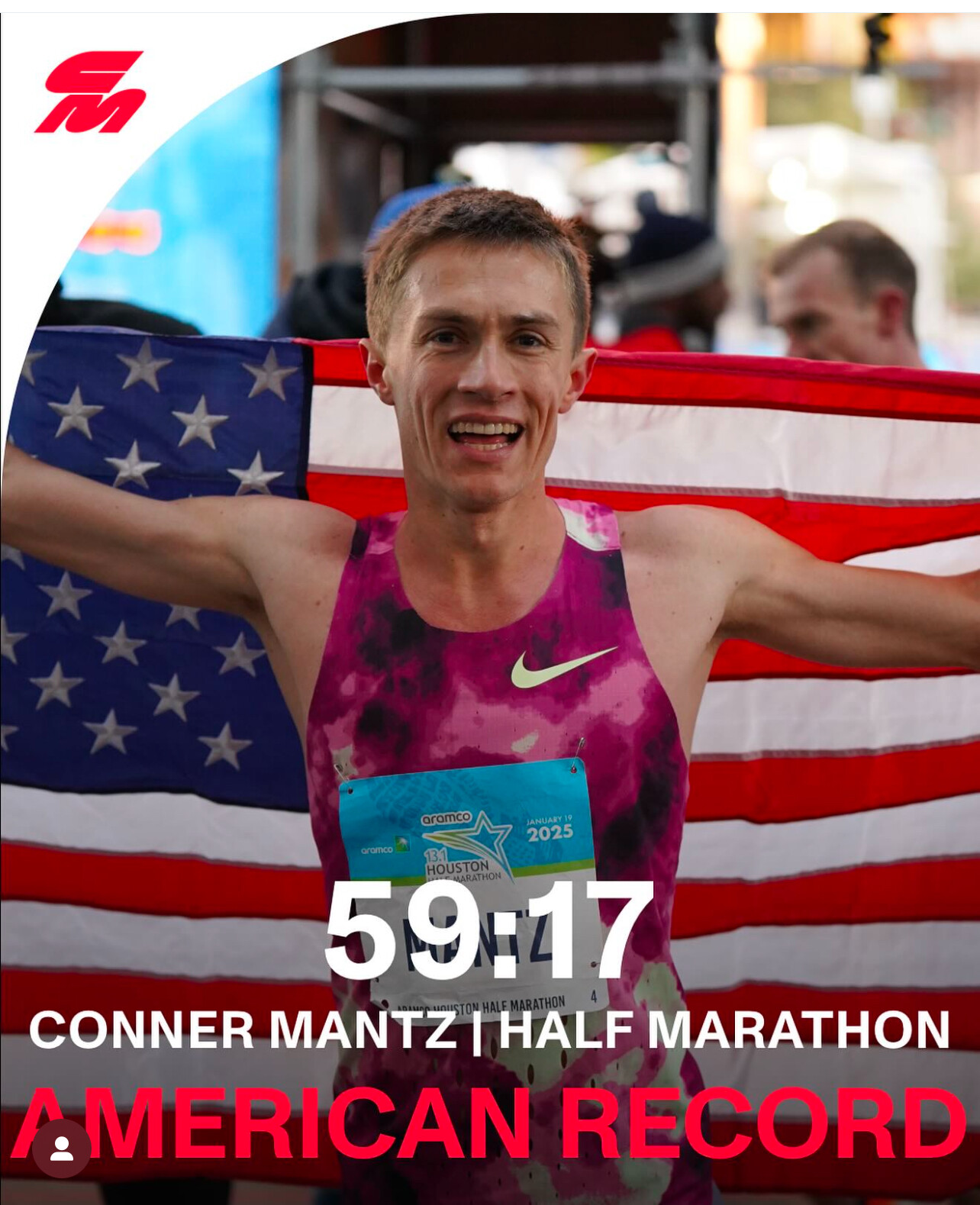
Choosing to further his running career and education, Mantz committed to Brigham Young University (BYU), turning down offers from institutions like Princeton and Furman. Before starting at BYU, he took a two-year hiatus to serve as a missionary for the Church of Jesus Christ of Latter-day Saints in Ghana. Upon his return in 2017, Mantz redshirted his first year, laying a solid foundation for his collegiate career. Under the guidance of coach Ed Eyestone, Mantz clinched back-to-back NCAA Division I Cross Country Championships titles in 2020 and 2021, solidifying his reputation as one of the nation's premier collegiate runners.
Transition to Professional Running
Turning professional in December 2021, Mantz signed with Nike and quickly made his mark. He won the USA Half Marathon Championships in Hardeeville, South Carolina, with a time of 1:00:55. The following year, he debuted in the marathon at the 2022 Chicago Marathon, finishing seventh with a time of 2:08:16. This performance was the second-fastest marathon debut by an American, just behind Leonard Korir's 2:07:56.
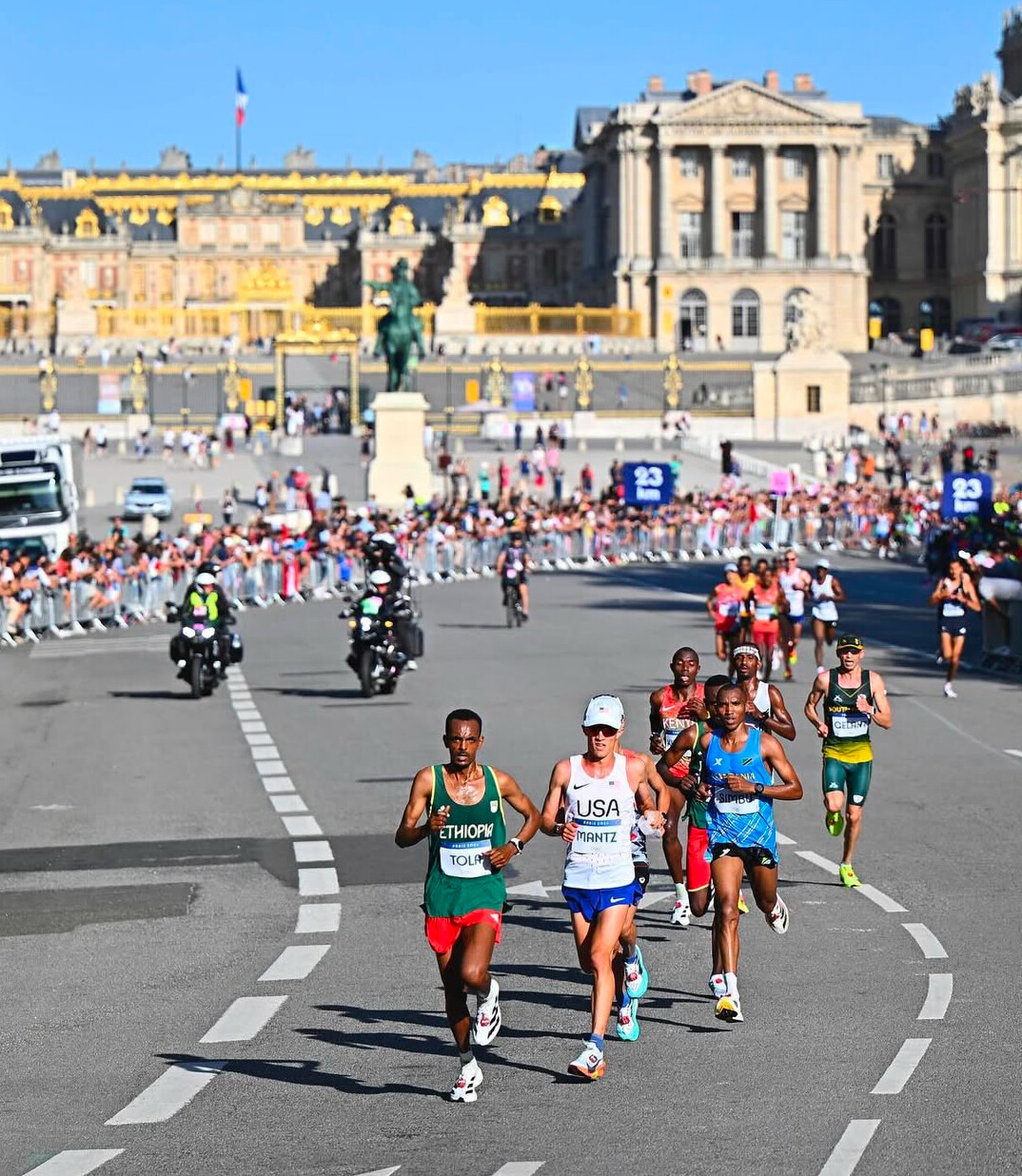
Olympic Pursuits and Notable Performances
In 2024, Mantz's career reached new heights. He won the U.S. Olympic Marathon Trials, securing his spot at the Paris 2024 Olympics. Despite facing a two-inch tear in his quad during preparations, Mantz showcased resilience, finishing eighth in the Olympic marathon. Post-Olympics, he continued to impress, placing sixth at the 2024 New York City Marathon.
Breaking the American Half Marathon Record
On January 19, 2025, at the Houston Half Marathon, Mantz etched his name into the record books. He completed the race in a staggering 59:17, breaking Ryan Hall's 18-year-old American record of 59:43 set in 2007. This achievement not only shattered the long-standing record but also made Mantz the first American in seven years to run a sub-60-minute half marathon.
Looking Ahead
Conner Mantz's trajectory in long-distance running is a blend of early passion, collegiate excellence, and professional triumphs. As he continues to push boundaries and set new standards, the running community eagerly anticipates his future endeavors, confident that Mantz will remain a formidable force on both national and international stages.
by Boris Baron
Login to leave a comment
The second coming of Lelisa in Dubai?
Former world champion Lelisa Desisa is returning to the Dubai Marathon, scene of his debut triumph, hoping that the second coming on 12th January will bring him as much success as the first. Desisa’s sprint to victory in Dubai 2013 with four pursuers strung out closely behind him was the first time five men had gone under 2hr 5mins for a marathon anywhere. With 2.04.45, one of the fastest debuts in history the 22 year old Desisa underlined his new elite status by winning Boston barely three months later, and finishing second in the world championships in Moscow in the summer.
The Ethiopian endeared himself to the Boston public that year of the bombing tragedy by returning to the city two months after the event, dedicating his victory to the victims, and presenting his framed medal to the mayor in a much lauded public ceremony. He endorsed his status as a favourite adopted son by winning Boston again in 2015, then finishing second the following year. He may not be as famous as some, but his record after that suggests he had a good case to be considered male marathoner of the decade – he won in New York in 2018, after a second and third in earlier years; all of which led up to his apotheosis as IAAF world champion in the torrid midnight heat of Doha 2019.
Then came the pandemic, a respite after the efforts of the previous six years; and an opportunity to spend time with his young family and start a business back in Ethiopia. According to his manager Hussein Makke, he is now raring to go again. “Desisa took time off to start his business and put staff in place, to ensure if you like his post-racing career,“ said Makke. “He and his wife also welcomed two children. But he is well rested and he told me he is far from finished in competitive running. He’s back to full force training and looking to return to podiums in 2025.“
“It’s great to have such an illustrious winner back,“ said Dubai race director Peter Connerton this week. “Although we’ve had all-time greats like Haile Gebrselassie here in the past, current Olympic champion Tamirat Tola, and women’s world record holder Ruth Chepngetich, all winning in fast times, we’ve also built up a reputation as a race for debutants; and Lelisa and others have certainly proved that point.“
“We suffered with the pandemic, as did all marathons worldwide, but we’re getting back to pre-pandemic interest and entry levels, and looking to make Dubai 2025 the best ever.“
Login to leave a comment
WHAT THE NUMBERS SAY (ABOUT WOMEN’S MARATHOING)
I am a numbers’ guy. I’ve always been a numbers’ guy. I always want to see what the numbers tell me before I opine from an emotional standpoint.
Accordingly, I did a deep dive into the last five women to hold the marathon world record going back to Kenyan Catherine “The Great” Ndereba, in 2001. What I found was a changing world order.
Catherine Ndereba was the last of the old school road racers who then progressed to the marathon. Catherine came to compete on the U.S. road tour beginning in 1995, but really began winning convincingly in 1996 at age 24, winning four times in New York City; Spokane, Washington; Utica, NY; Flint, Michigan; and Philadelphia, Pa.
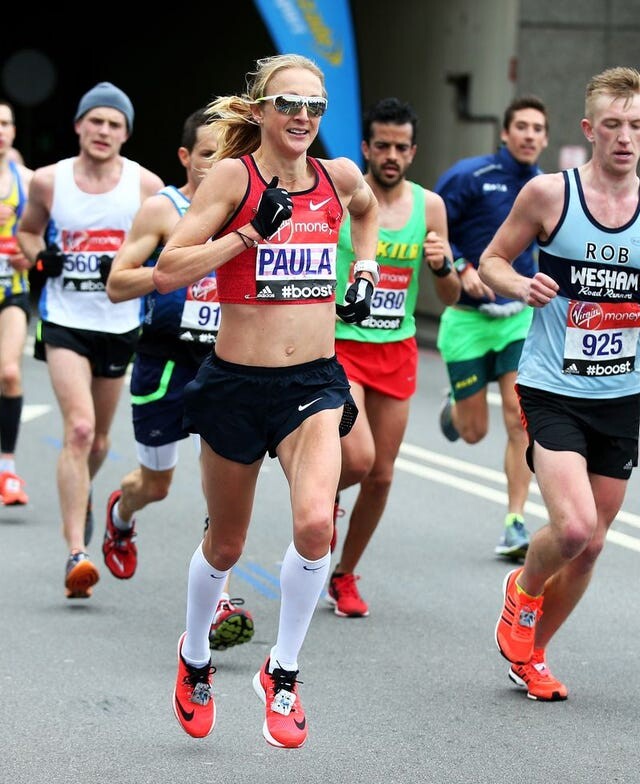
In 1999, she made her marathon debut in Boston, running to eighth place in 2:28:26. Later that fall, she finished second in New York City in 2:27:34. But she also had eight wins on the road circuit when you could still make money there and the marathon wasn’t yet as lucrative as it is today.
The following year, 2000, Catherine won her first Boston and Chicago Marathons, with another eight wins on the road circuit. She won Boston again in 2001 in 2:22:53, then set her world record in Chicago in the fall in her sixth career marathon, running 2:18:47, with another eight wins on the roads. Catherine was 29 when she ran her record and set her personal best by 2:46 seconds.
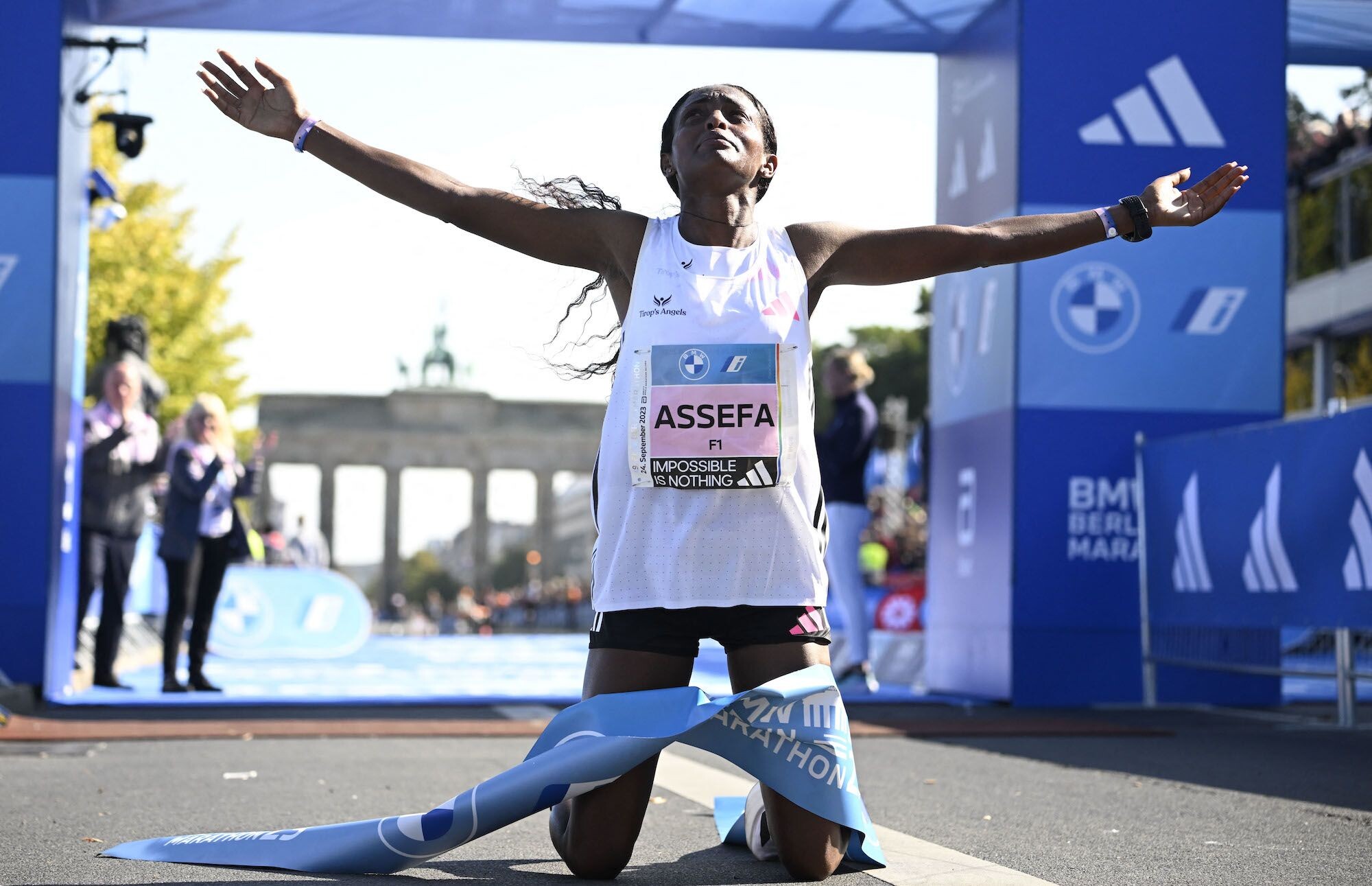
In all, she ran 23 marathons, finished 23, won 8.
Great Britain’s Paul Radcliffe broke Catherine‘s world record one year later in Chicago 2002 (2:17:18) then smashed her own record one year later in London (2:15:25), a record that would last 16 years, by far the longest standing women’s marathon world record in history. Before that, Paula had run her debut in the spring of 2002 in London, at age 28, winnng in 2:18:56, a debut record.
In all, Paula started 13 marathons, finished 12, won 8. She, like Catherine, was age 29 when she set her final record at 2:15:25.
But Paula had a long, distinguished career in cross country and track going all the way back to 1992 when won the IAAF World Cross Country U20 championship in snowy Boston before finishing fourth in the World Junior Championships in the 3000m, a circumstance that would repeat itself over the years until she moved up in distance.
Paula ran fifth at the 1996 Olympic 5000m final in Atlanta. Then fourth in the 1997 World Championships 5000 in Athens; second in the WC 10,000m in Seville; and fourth again in the 2000 Olympic 10,000 in Sydney. She just couldn’t finish the last 200-300m with the East Africans like Derartu Tulu and Gete Wami to nab gold.
She entered her first marathon in London 2002 after showing her ability at the half marathon, winning at the Great North Run and the World Half Marathon Championships in Vera Cruz in 2000, and again in Bristol in 2001 – though she still ran on the track at 3k, 5k and 10k. From there, it was clear sailing, as the world came to expect Paula’s 2:15:25 to last for a long, long time.
It wasn’t until Brigid Kosgei came along in Chicago 2019, running 2:14:04, that Paula’s mighty record fell. But that was a bit of a stunner, as people didn’t see it coming. That gave even more gravity to the super-shoe era, because Brigid was 25 years old running the ninth of her 17 career marathons when she set her record. It was a personal best by 4:16, very similar to what we saw with Ruth Chepngetich last Sunday in Chicago. Both were deep into their marathon careers before producing their other worldly record performances.
Between Brigid and Ruth came Ethiopia’s Tigst Assefa. She ran her world record of 2:11:53 at age 26 in Berlin in the third of only five career marathons. And that WR was a personal best by 3:44 at age 26.
And now, of course, we have Ruth Chepngetich, whose 2:09:56 in Chicago last Sunday has had heads spinning faster than Linda Blair in the Exorcist.
Ruth has run 15 marathons, finished 13, won 9, while running her world record in her 15th marathon, seven years into her career, setting a PB by 4:22. That last stat is the one people have trouble getting their heads around. You don’t improve that much so late in your career; they say.
But Brigid Kosgei ran her world record in the ninth of 17 career marathons with a personal best by 4:16. So what Ruth did was not unprecedented, though taken from a tiny sample.
The ages when they produced their world records:
Catherine, age 29; Paula, age 28 and 29;Brigid, age 25; Tigst, age 26; Ruth, age 30.
The world is constantly spinning, changing. Catherine Ndereba and Paula Radcliffe came from an old world, not just pre-super shoes, but pre-only focusing on marathons and half marathons.
And with the super shoes and super nutrition and super coaching and super God knows what else, there has been a great stir in the running community. Some refuse to even consider the possibility of these record times. Others say “wait and see if any positive testing follows down the line”, as we have seen many times before. And very few say, “everything‘s on the up and up. There’s nothing here to see other than a great performance.”
That doesn’t leave the sport in a very good place. But guess what? We are kidding ourselves if we think 2:09:56 is going to last very long. Look at Chicago’s women’s splits: 15:00 at 5K = 2:06:46 pace; 45:32 at 15k = 2:08:16 pace; and 64:16 at halfway = 2:08:32 pace. You even out that effort just a little, and you’re looking at sub-2:09! It’s coming. You can count on it. Plus, once one-person shows what’s possible, it inspires many more to try.
Remember, we are still in the first two generations of world-class women’s distance running. We have no idea what their limits may be, notwithstanding all nefariousness that attends the sport these days.
And so the debate continues, even as the sport searches for leadership, which seems to be missing in action. It’s one hell of a Wild West show, isn’t it?
by Tony Reavis
Login to leave a comment
Delhi Half Marathon: Joshua Cheptegei to headline elite field
The Vedanta Delhi Half Marathon, which is part of the World Athletics Gold Label Road Races, will be flagged off from Jawaharlal Nehru Stadium on Sunday, October 20.
Ugandan sensation Joshua Cheptegei and Kenya’s former Half-Marathon World record holder Peres Jepchirchir are all set to light up the streets of Delhi!
Joshua is the current world record holder for both the 5000 meters and 10,000 meters and holds the world’s best time over the 15-kilometer distance. He is the reigning Olympic champion in the 10,000 meters and won the gold with a new Olympic record of 26:43.14.
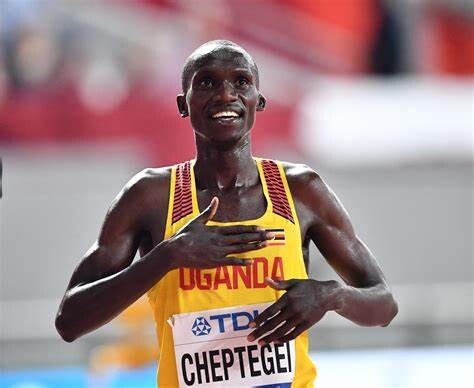
Joshua is also a three-time World champion in the 10,000 meters and claimed gold in both the 5000 meters and 10,000 meters at the 2018 Commonwealth Games and the 2019 IAAF World Cross Country Championships. Notably, Cheptegei is only the tenth man in history to simultaneously hold the 5000-meter and 10,000-meter world records, both of which he set in 2020.
Interestingly, Cheptegei made his international debut in India at the TCS World 10K Bengaluru 2014, finishing second. His return to India for the Vedanta Delhi Half Marathon promises to be a highlight of this year’s race.
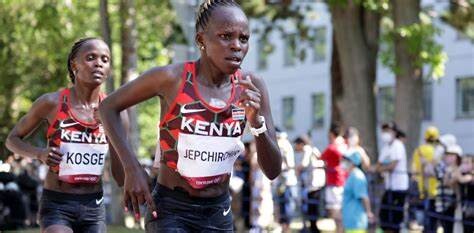
Speaking about his return to India Joshua said, “This country holds a special place in my heart, as it’s where I made my international debut in 2014. It’s been a good season for me, and I am certainly looking at a course-record timing at the Vedanta Delhi Half Marathon. The energy and passion of the Indian running community are truly inspiring, and I’m excited to be part of this prestigious event.”
Kenya’s former Half-Marathon World record holder and three-time world half-marathon winner Peres Jepchirchir will lead the women’s contingent. Peres won the London Marathon 2024 with a time of 2:16:16 secs, breaking the women’s only Marathon world record. She also won the 2021 New York City and 2022 Boston Marathons.
Among the other notable participants, Asian Championship Bronze Medalist Sanjivani Jadhav stands out in the women’s category. Sanjivani, who won the 10,000-meter Portland Track Festival in the USA with a personal best of 32:22:77, recently claimed a silver medal at the 5000-meter event at the National Open Athletics Championships in Bangalore.
She has previously won gold at the Vedanta Delhi Half Marathon in 2018 and 2022 and took silver in 2016 and 2020. Defending champion Kavita Yadav will provide Sanjivani with tough competition in pursuing the title.
“This will be my third Vedanta Delhi Half Marathon, and my aim will be to win this race once again. I have been training hard and I will try my best to break and create as many records as I can,” said Sanjivani Jadhav.
In the men’s category, Defending Champion and talented youngster Abhishek Pal, who recently won the 10,000-meter title in the National Open Athletics Championships 2024 in Bangalore, will take the lead. He will face tough competition from another youngster, Asian Games 2023 silver medalist in the 10,000 meters, Kartik Kumar.
He recently triumphed at the 10,000-meter USA Championship Track Fest 2024 with a remarkable time of 28:07:66. Kartik is also the VDHM 2022 and 2023 editions silver medalist.
“I am aiming to break the national record in what will be my fifth Vedanta Delhi Half Marathon. I have won the competition, but while I am once again, my mind is set on breaking the national record and going under 60 minutes,” said the defending champion Abhishek Pal.
Login to leave a comment
Vedanta Delhi Half Marathon
The Airtel Delhi Half Marathon is a haven for runners, creating an experience, that our citizens had never envisaged. The streets of Delhi converted to a world-class running track. Clean, sanitized road for 21.09 kms, exhaustive medical support system on the route, timing chip for runners, qualified personnel to ensure smooth conduct of the event across departments. The race...
more...Russia's Tatyana Tomashova stripped of silver in historic 2012 Olympic 1500m final doping scandal
Former Russian athlete Tatyana Tomashova stripped of 2012 Olympic silver for doping marking a significant scandal in athletics history.
Former Russian athlete Tatyana Tomashova has been stripped of her 2012 Olympic 1500m silver medal following the reanalysis of doping tests that revealed the use of prohibited substances.
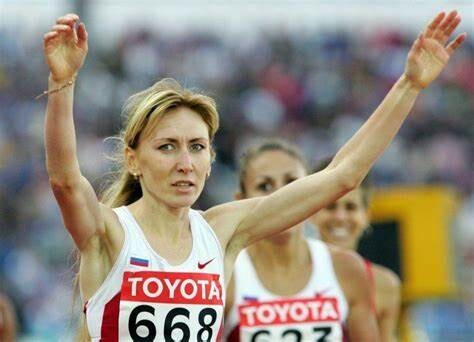
The decision was announced on Tuesday by the Court of Arbitration for Sport (CAS). At 49, Tomashova has faced a severe setback with a 10-year ban in addition to losing her Olympic medal.
The CAS statement detailed the tests conducted out of competition on June 21 and July 17, 2012, which showed traces of anabolic steroids.
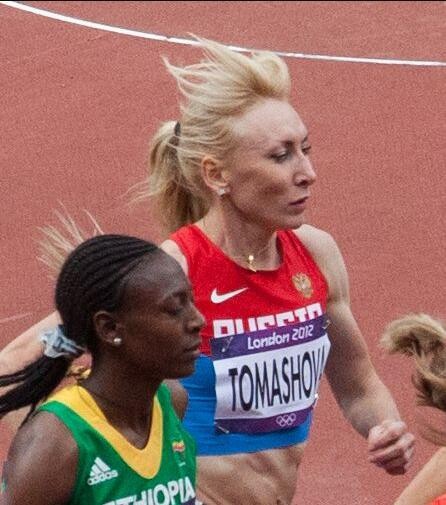
These findings led to the disqualification of all Tomashova's competitive results from June 21, 2012, to January 3, 2015, including the forfeiture of titles, awards, and earnings.
"The Sole Arbitrator in charge of the matter found to her comfortable satisfaction that Ms. Tomashova committed an Anti-Doping Rule Violation (ADRV) in relation to the 2012 Samples through violations of Rule 2.2 of the 2021 WA Anti-Doping Rules (WA ADR) (Use or Attempted Use of a Prohibited Substance or a Prohibited Method)," the CAS detailed in their release.
Further aggravating Tomashova's case was her doping history, including a previous two-year suspension in 2008. The arbitrator cited this history in deciding the severity of the sanctions.
"Turning to the sanction, taking into account a previous ADRV committed by Ms. Tomashova in 2008, the Sole Arbitrator determined the appropriate sanction applicable to multiple ADRVs to be the imposition of a ten-year period of ineligibility, commencing on this day, the date of the CAS decision, as well as the disqualification of all competitive results obtained by Ms. Tomashova from 21 June 2012 until 3 January 2015, with all resulting consequences, including the forfeiture of any titles, awards, medals, points, and prize and appearance money," the statement added.
This scandal has cast a shadow over what has been referred to as one of the most contentious races in Olympic history.
The 1500m final at the London Olympics was particularly notable for its multiple disqualifications.
Originally finishing fourth, Tomashova had been upgraded to silver after the first and second place finishers, Asli Cakir Alptekin and Gamze Bulut of Turkey, were also disqualified for doping violations. With further disqualifications of Natallia Kareiva and Yekaterina Kostetskaya, the race's initial lineup has been largely overturned.
Bahrain's Maryam Yusuf Jamal, who initially crossed the finish line third, ultimately received the gold medal.
The reshuffling continues down the line, with American runner Shannon Rowbury, who finished sixth, now in line to receive the bronze medal.
The CAS acted as the primary decision-making authority in this matter, stepping in for the Russian Athletics Federation, which remains suspended by World Athletics (formerly IAAF).
by Festus Chuma
Login to leave a comment
Ben Johnson thinks doping is worse than 30 years ago
Jamaican-born Canadian sprinter Ben Johnson made his name in track and field by winning the 100m dash at the 1988 Olympics in Seoul, which was dubbed the dirtiest race in history. Days after the race, Johnson’s urine sample came back positive for the steroid stanozolol, and he was stripped of his Olympic gold and issued a three-year ban. Though Johnson competed during a dirty time in track and field, the former world champion thinks the sport today is dirtier than it was 30 years ago.
In a March 27 interview with Radio Jamaica, Johnson said he believes not much has changed from his era to now, and that he is not surprised to see so many doping violations in athletics. “If it weren’t for the more powerful nations being beaten at their own game, doping wouldn’t be a big issue,” said Johnson.
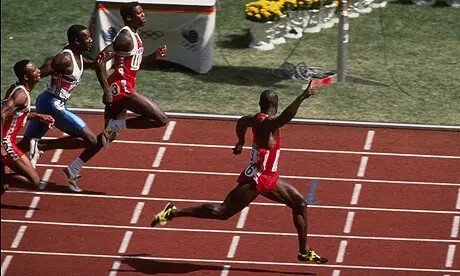
Johnson, now 62, was banned for life from athletics by the IAAF (now World Athletics) in 1993 after another positive doping test, this time for excess testosterone. Johnson believes countries like Jamaica are punching above their weight with its sprint rivalry against the U.S. “In my days, the Americans did not like someone from a small island beating them,” he said. “The opportunity to do well and make a living in track and field is hard. Americans blame others, but they also dope themselves.”
The 1988 Olympic 100m final was dubbed the dirtiest race ever, as six of the eight finalists had a positive doping test at some point in their careers. The bronze medallist, American Calvin Smith, was the only sprinter among the top five who never had a positive test.
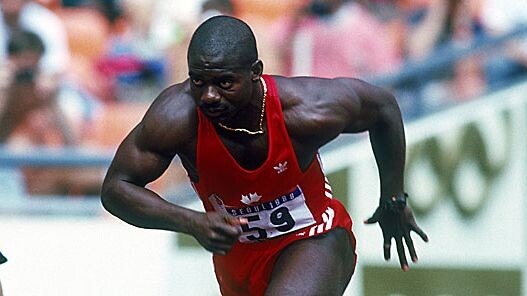
Johnson went on to say that he does not follow track and field as much as he used to, but still sees the times athletes are running on social media and sanctions posted by the Athletics Integrity Unit (AIU).
by Marley Dickinson
Login to leave a comment
Sarah Chepchirchir slapped with an eight-year ban by AIU
39-year-old runner Sarah Chepchirchir has been slapped with an eight-year ban for violating the anti-doping rules for the second time following her first ban which happened from 2019 to 2023.
The Athletics Integrity Unit has slapped Sarah Chepchirchir of Kenya with an eight-year ban for violating an anti-doping rule.
Chepchirchir was banned for the Presence/Use of a Prohibited Substance (Testosterone) and her results from November 5, 2023have been disqualified.
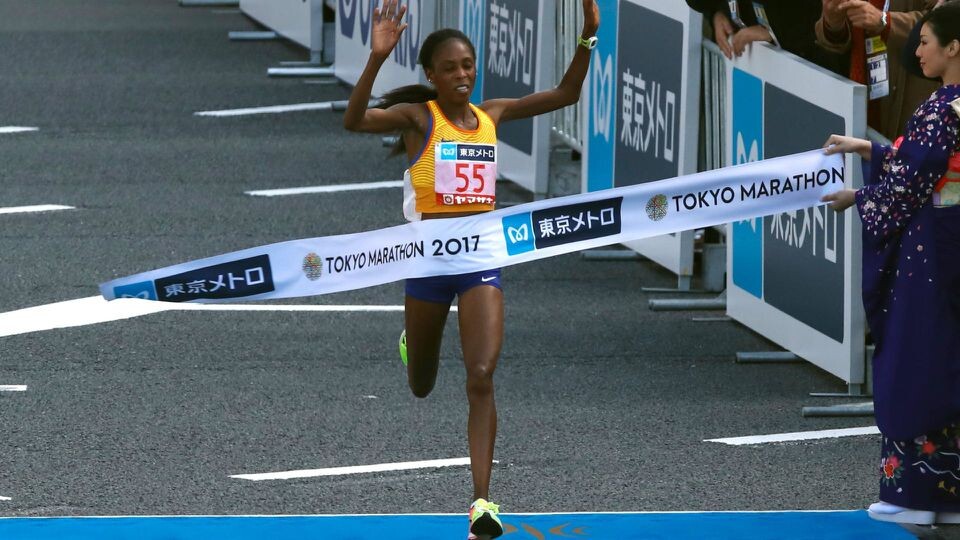
The AIU reported that the 39-year-old runner provided a urine sample on November 5, 2023, after competing at the Bangsaen42 Chonburi Marathon in Chonburi, Thailand.
An analysis of the sample by the World Anti-Doping Agency (“WADA”) accredited laboratory in Bangkok, Thailand (the “Laboratory”), revealed the presence of Metabolites of Testosterone consistent with exogenous origin (the “Adverse Analytical Finding”).
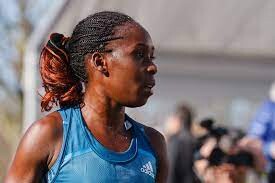
As per the AIU, testosterone is a Prohibited Substance under the WADA 2023 Prohibited List under the category S1.1 Anabolic Androgenic Steroids. It is a Non-Specified Substance prohibited at all times.
Meanwhile, the AIU further noted that the Chepchirchir previously served a period of Ineligibility of four (4) years from February 6, 2019 to February 5, 2023 for an Anti-Doping Rule Violation under Article 2.2 of the 2018 IAAF Rules (equivalent to Rule 2.2 of the Rules) (Use of a Prohibited Substance or a Prohibited Method) based on abnormal values in the hematological module of her Athlete Biological Passport.
“A period of Ineligibility of eight (8) years commencing on December 22, 2023, until December 21, 2031, and disqualification of the Athlete’s results on and since November 5, 2023, with all resulting consequences, including the forfeiture of any titles, awards, medals, points prize, and appearance money.
“The Athlete is deemed to have accepted the above Consequences and to have waived her right to have those Consequences determined by the Disciplinary Tribunal at a hearing,” the AIU said regarding her punishment.
by Abigael Wuafula
Login to leave a comment
Former world record holder Dennis Kimetto will race for 1st time since 2019 this weekend at Lagos Marathon
2013 Tokyo and Chicago Marathon champion Dennis Kimetto has confirmed where he will be competing after a five-year hiatus due to injuries.
The excitement is building for the 9th Access Bank Lagos City Marathon, scheduled for Saturday 10 February with the confirmation of over 81 world-class, Gold Label elite runners ready to descend on the course.
One notable name is Dennis Kimetto, a former world record holder over the marathon distance. The 2013 Tokyo and Chicago Marathon champion returns to competitive running since 2019 and he will hope to impress one more time.
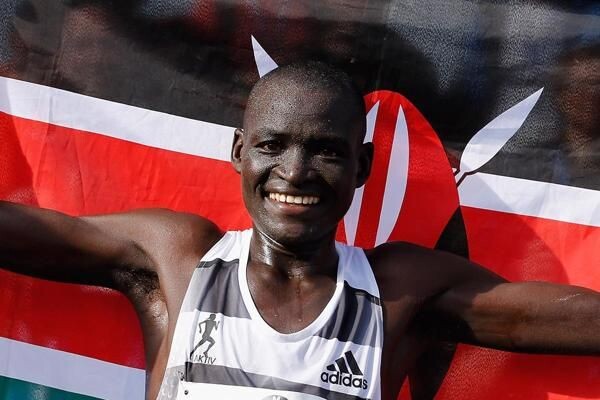
Kimetto has suffered a series of injuries which started back in 2015. At the time he was not at his best as he only completed the London Marathon, finishing third, and failing to complete the IAAF World Championships marathon in Beijing.
Kimetto also failed to finish the Fukuoka Marathon in December of the same year where he stopped at the 5-kilometer mark after dropping off the pace at 2 kilometers due to an injury.
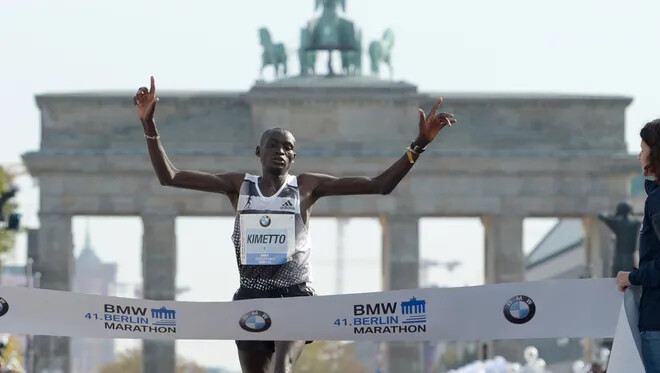
After finishing ninth at the 2016 London Marathon, Kimetto opted to run in the Chicago Marathon where he unfortunately pulled out ahead of the race, citing a stress fracture in his left leg.
His injury problems continued in 2017, with a knee injury forcing him to withdraw from the Boston Marathon field. The 2014 Berlin Marathon champion failed to finish both the Chicago Marathon in October and the Honolulu Marathon in December.
At the Vienna City Marathon in April 2018, Kimetto dropped out before the 25-kilometer mark. He then went to compete at the Shanghai Marathon where he finished 10th in 2:14:54.
In 2019, he tried making a comeback at the Daegu Marathon where he did not finish the race. He now returns with the hope of making waves like he did during his prime days.
Meanwhile, the field also includes 29 female runners and promises a highly competitive and potentially record-breaking event.
“The confirmation of over 81 Gold Label runners is a positive development for the 9th edition. As we prepare for the 10th edition, our goal is to elevate the race from Gold Label to Platinum Label status,” Yusuf Ali, the Race General Manager and former African record holder in the Long Jump said in an official statement issued.
by Abigael Wuafula
Login to leave a comment
Access Bank Lagos City Marathon
“The IAAF and AIMS have a special interest in the Access Bank Lagos City Marathon so if you see their top officials at the third edition, don’t be surprised. Lagos is one of the few marathons in the world that got an IAAF Label after just two editions. This is a rare feat. The event had over 50,000 runners at...
more...Blade runner Oscar Pistorius released on parole
Eleven years after shooting and killing Reeva Steenkamp through a bathroom door in their home in Pretoria, South Africa home, double-amputee runner and six-time Paralympic gold medallist Oscar Pistorius, 37, was released on parole on Friday.
On Valentine’s Day in 2013, Pistorius, known as the “Blade Runner,” fired numerous shots through a bathroom door in his home, killing Steenkamp, who was inside. The South African athletics star consistently denied intending to kill her, saying he shot her by mistake, believing she was an intruder.

Pistorius was initially convicted of the lesser charge of culpable homicide and sentenced to five years in prison, but after an appeal by prosecutors, he was found guilty of murder in 2016 and the sentence increased by a further six years. In 2017, according to a report in the Globe and Mail, his sentence was more than doubled, after South Africa’s Supreme Court of Appeal decided it was too lenient. In 2021, it was announced he would soon be eligible for parole, having served half his sentence.
South Africa’s Department of Corrections did not give details as to when and how Pistorius would be released, saying “Inmates and parolees are never paraded. Pistorius’ public profile does not make him different from other inmates nor warrant inconsistent treatment,” the Department of Corrections said in a statement Wednesday.
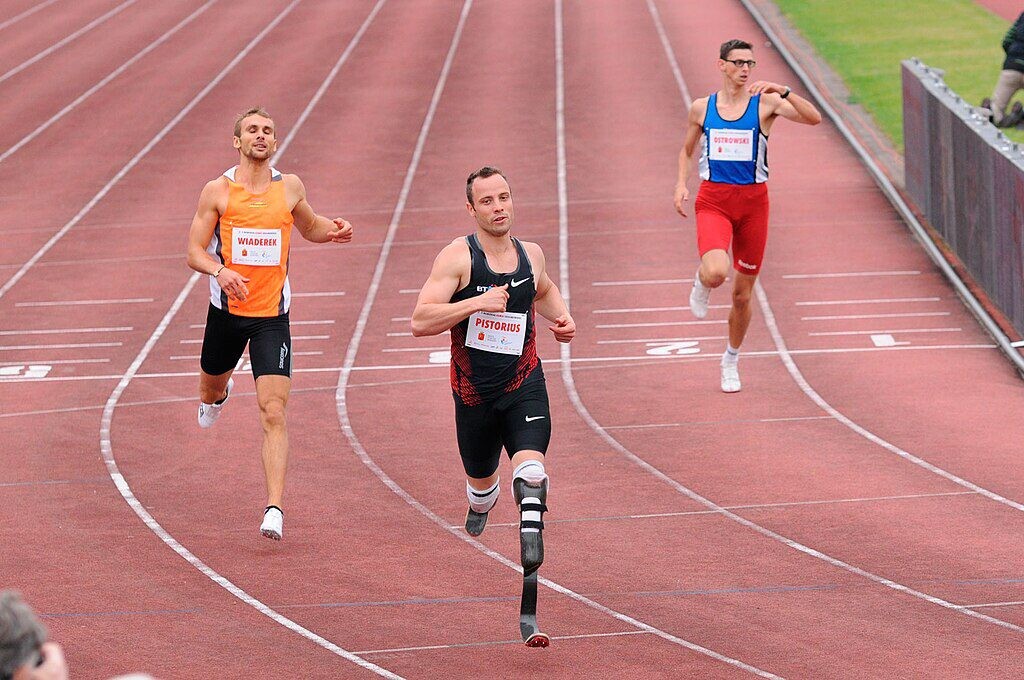
The 37-year-old will be under correctional supervision for the remainder of his murder sentence of 13 years and five months expires in December 2029. Pistorius will also undergo therapy for anger and gender-based violence issues, according to a report.
Pistorius competed in the 2004 Summer Paralympics in Athens, finishing third overall in the T44 100m and winning gold in the 200m; he went on to compete again in 2008, winning gold in the 100m, 200m and 400m. He wanted to compete against able-bodied runners, but the IAAF (now World Athletics) ruled that runners using carbon-fibre prosthetic “blades” had an unfair advantage and could not race against able-bodied athletes. Pistorius fought this ruling and won, and the rule was revoked, clearing the way for him to try to qualify for the 2008 Olympics in Beijing. (Further studies have also concluded that prosthetic blades do not confer an advantage over able-bodied runners.)
by Marley Dickinson
Oscar Pistorius
Login to leave a comment
American legend Michael Johnson shares how athletes can change the sport and earn more from it
The former 200m and 400m world and Olympic record holder has offered an advise to athletes on how they can change the sport for the better after years of earning low amounts
American sprint legend Michael Johnson has advised prominent athletes to lead from the front if they have to change the status of athletics and earn more from it.
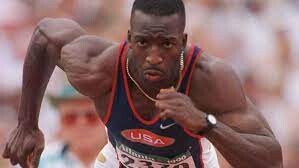
Johnson, who has been vocal about the ‘low amounts’ athletes earn from various events, shared how he had to ensure he earned what he deserved against strong resistance and thinks athletes are currently getting the short end of the stick because they do not speak out.
“My first exposure to pro track was Summer 1989 competing in Europe while still a college athlete,” Johnson pointed out on X.

“Remember seeing Carl Lewis treated much better than everyone else. 1990 my first year as a pro I’m the top athlete in the sport. My appearance fee was skyrocketing and I’m being paid literally in cash. Customs was stressful! Had to eventually force meets to wire my funds.”
Johnson then explained how he had to fight to get paid in cash when IAAF (now World Athletics) decided to reward athletes cars for winning at the World Championships.
“1993 IAAF (World Athletics) finally decide to offer a prize for winning World Champs. But not cash. A Mercedes 190 ($30K value). Myself, Butch Reynolds, Mike Powell, Gwen Torrance, and Mike Conley tried to organize a boycott if they didn’t offer cash,” he added.
“Many athletes refused and wanted the car. So, my agent and I negotiated my own deal. After ‘96 I’m a global superstar and meets allow their sponsors kids access to the warmup area to ask me for autographs while I’m warming up and preparing to race.
“Had to ask them to stop it and organize proper autograph sessions for me to meet fans. One meet organizer tried to shame me in the media saying I didn’t appreciate fans.”
The former 200m and 400m world and Olympic record holder went on about how he, Carl Lewis and Usain Bolt forced the sport to change for them to earn what is right, something he feels the current crop of athletes can realize if they speak out strongly.
“My fee kept rising. Meets colluded and agreed none would pay me above $100K. They each violated their own agreement. Carl before me did his own thing, I did mine, and Bolt did his thing,” said Johnson.
“Each of [us] forced the sport to change for us, but neither of us were able to change the sport. Until a critical mass of prominent athletes work together there will be no change.”
Johnson has been a critic of World Athletics and the amounts they pay athletes from various competitions, saying not much has changed since he started running three decades ago.
by Joel Omotto
Login to leave a comment
Defending champion Ezekiel Kemboi Omullo set for grand return to Singapore Marathon
Defending champion Ezekiel Kemboi is bubbling with confidence ahead of the Standard Chartered Singapore Marathon.
The stage is set for a thrilling showdown at this year’s edition of the Standard Chartered Singapore Marathon as Ezekiel Kemboi Omullo and Bernard Kiprop Kipyego take it to the start line of the race.
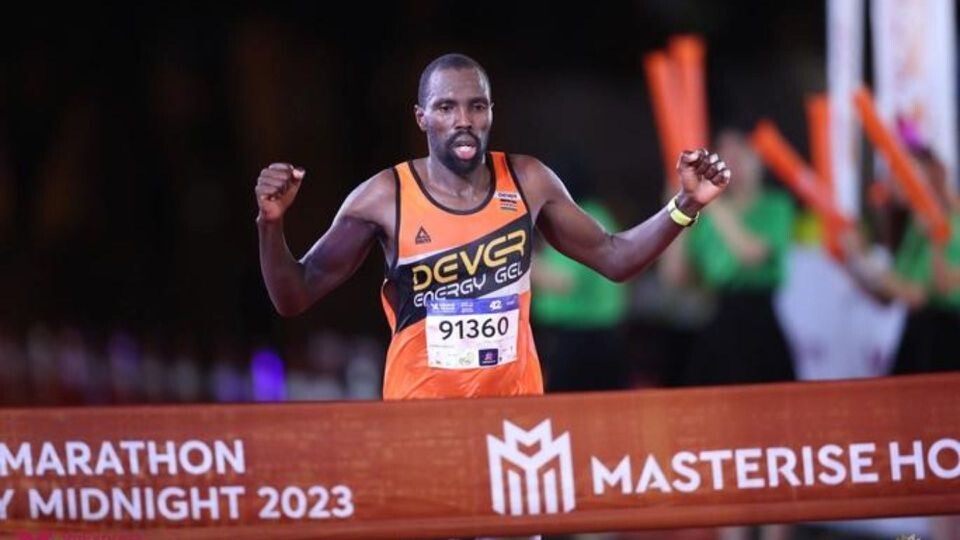
Kemboi returns as the defending champion and he will face a stern test from Kipyego, a seasoned competitor who will also be keen to impress.
Kemboi won last year’s race in 2:20:20 and is returning to defend his title. He turned heads at the 2023 Gold Coast Marathon, securing the second position with a Personal Best time of 2:08:26.
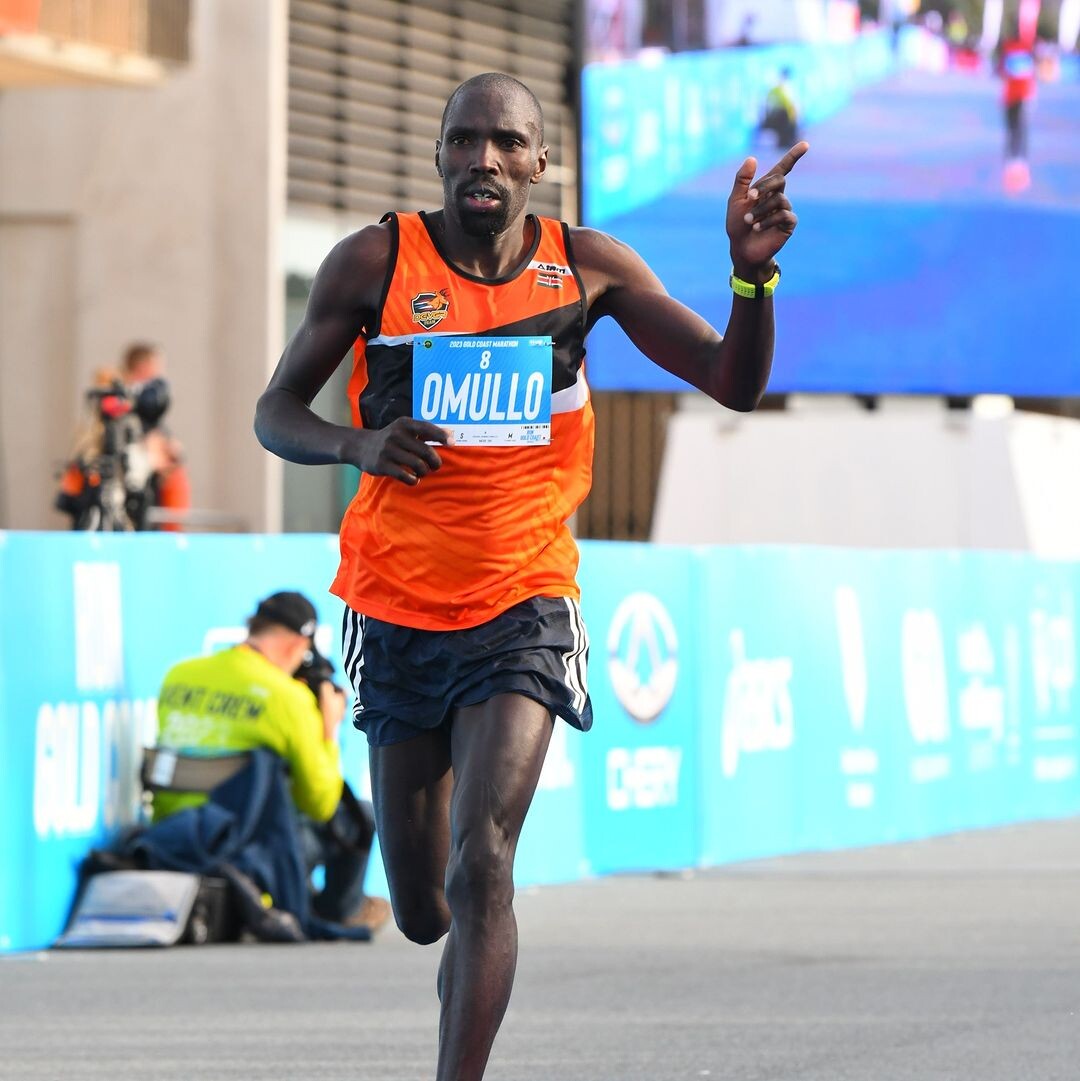
In an exclusive interview with ToughASIA, Kemboi revealed that he has intensified his training to enhance his speed and endurance.
“I’ve prepared rigorously for this race, making sure I’m in peak condition. Each marathon is a new challenge, and I’m excited to give my best in Singapore.
"The setbacks only fuel my determination to succeed, and I’m ready to leave everything on the track,” Kemboi added.
Kemboi has enjoyed a blistering season but faced an unexpected setback in the Kuala Lumpur Standard Chartered Marathon 2023, finishing sixth with a time of 2:14:50. He will be using the Singapore Marathon as he seeks redemption.
On his part, Bernard Kiprop Kipyego, is a decorated athlete with a laundry list of accomplishments that include a bronze medal at the 2007 IAAF World Cross Country Championships and a silver medal at the 2009 IAAF World Half Marathon Championships.
by Abigael Wuafula
Login to leave a comment
SINGAPORE MARATHON
The Singapore Marathon is an annual international marathon race which is held in December in the city of Singapore. It is an IAAF Gold Label Road Race. It has grown significantly since its inaugural race in 1982 – the 2013 event attracted a total of 60,000 entrants for all categories. There are four separate categories of competition: the full marathon,...
more...Double amputee Oscar Pistorius granted parole in girlfriend’s murder
Ten years after shooting and killing Reeva Steenkamp through a bathroom door in their home, double amputee runner and six-time Paralympic gold medalist Oscar Pistorius, 37, of South Africa is to be paroled and will be released from prison on Jan. 5, 2024.
On Valentine’s Day in 2013, Pistorius, known as the “Blade Runner,” fired numerous shots through a bathroom door in his home, killing Steenkamp, who was inside. The South African athletics star consistently denied intending to kill her, saying he shot her by mistake, believing she was an intruder.

Pistorius was initially convicted of the lesser charge of culpable homicide and sentenced to five years in prison, but after an appeal by prosecutors, he was found guilty of murder in 2016 and the sentence increased by a further six years. In 2017, according to a report in the Globe and Mail, his sentence was more than doubled, after South Africa’s Supreme Court of Appeal decided it was too lenient. In 2021, it was announced he would soon be eligible for parole, having served half his sentence.
Pistorius competed in the 2004 Summer Paralympics in Athens, finishing third overall in the T44 100m and winning gold in the 200m; he went on to compete again in 2008, winning gold in the 100m, 200m and 400m. He wanted to compete against able-bodied runners, but the IAAF (now World Athletics) ruled that runners using prosethetic blades had an unfair advantage and could not race against able-bodied athletes. Pistorius fought this ruling and won, and the rule was revoked, clearing the way for him to try to qualify for the 2008 Olympics in Beijing. (Further studies have also concluded that prosthetic blades do not confer an advantage over able-bodied runners.)
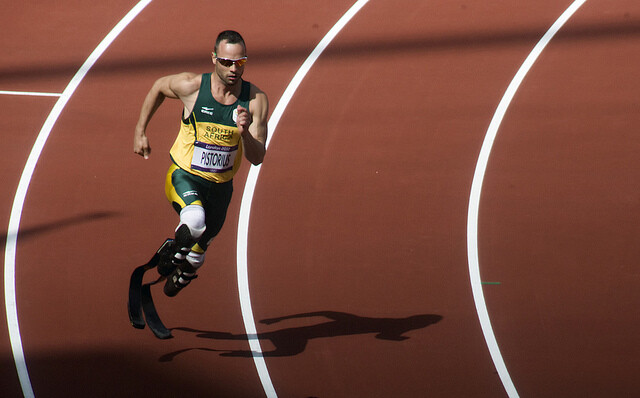
For various reasons, Pistorius did not compete in the Olympics until 2012 in London, where he became the first amputee runner to compete in an Olympic Games. He reached the semi-finals of the 400m, where he finished eighth, and competed in the 4x400m relay, where the South African squad finished eighth out of nine. Pistorius carried the South African flag in the closing ceremonies.
by Anne Francis
Login to leave a comment
Caster Semenya says World Athletics president Seb Coe damaged her life
Caster Semenya has claimed that World Athletics damaged her personally and professionally through the hormone suppression medication that she had to take for six years.
In her new book, The Race to Be Myself, two-time Olympic champion Caster Semenya has revealed how World Athletics seemingly destroyed her life and she singled out President Seb Coe.

In her book, which was published on Tuesday, October 31, the South African claimed that they (World Athletics) damaged her personally and professionally through the hormone suppression medication she was required to take for six years. As reported by The Telegraph, Semenya explained how Coe had something against her.
“With me and Sebastian, it’s personal. He has something against me – that’s how I feel, and no one can change my mind,” Semenya writes.
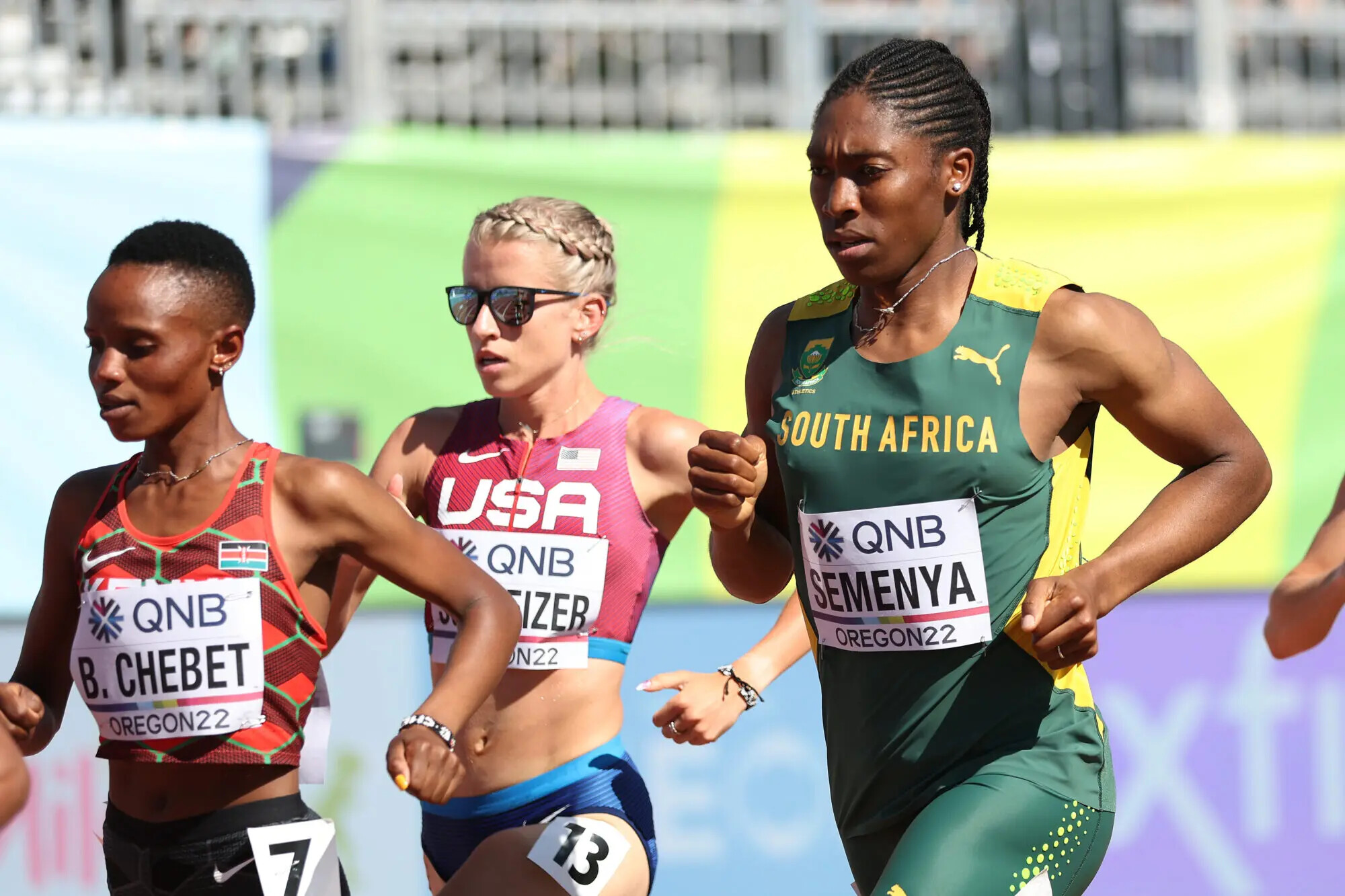
She started her professional career at 18 and her hyperandrogenism, which comes under the technical label of DSD (differences in sexual development), caused a dilemma in the world of athletics. In her book, she sets the record straight that she was born with a vagina but no womb and internal testes.
After her victory at the World Championships in 2009, World Athletics noted that she could only be allowed to compete if she suppressed her testosterone levels below 10 nmol/L.
However, the restriction was lifted in 2016 after another DSD athlete – Indian sprinter Dutee Chand – brought a legal challenge against the rule.
“The man (Coe) couldn’t help himself. Coe has always struck me as a small man, unsure of himself. He couldn’t stand being questioned about the regulations or me in particular.
He could barely say my name in interviews … My thoughts are that he should concentrate on doing the job he said he would do.
Clean up the sport … Everybody knows there is a systemic doping issue in athletics, and the IAAF has made a mess of dealing with it,” Semenya narrates.
Follow the Pulse Sports Kenya WhatsApp Channel for more news.
Meanwhile, Semenya noted that she will never again take hormone suppressants – to which she attributes side effects such as weight gain, cramps, and the weakening of bones – in order to race.
She disclosed that she did not know about her DSD condition until it was made public in 2009, soon after that first World Championship gold in Berlin.
“I found out, along with the rest of the world, that I did not have a uterus or fallopian tubes. I would say I was being treated like an animal, but I grew up tending to my family’s livestock, and we treated them with more respect than that,” she explained.
by Abigael Wuafula
Login to leave a comment
Rebecca Tanui outwits Ethiopian duo in 37th Venice Marathon
Kenyan athlete Rebecca Tanui emerged victorious in the 37th edition of the Venice Marathon, held on a Sunday.
During the race, Tanui and Ethiopian runner Kebene Chala ran together and reached the halfway point in an impressive time of 1 hour, 11 minutes, and 37 seconds.
Rebecca Tanui breaks away
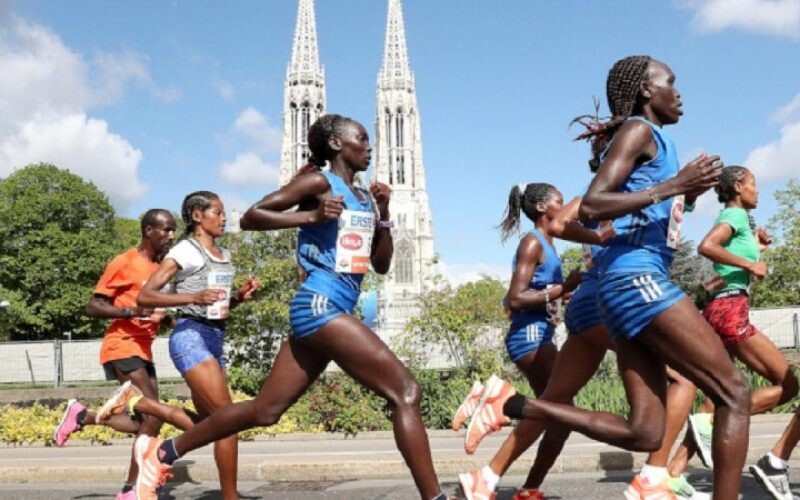
Around the 30th kilometer mark, Tanui launched an attack, pulling ahead and continuing to race solo until reaching the finish line at Riva Sette Martiri.
She completed the marathon in an excellent time of 2 hours, 25 minutes, and 35 seconds.
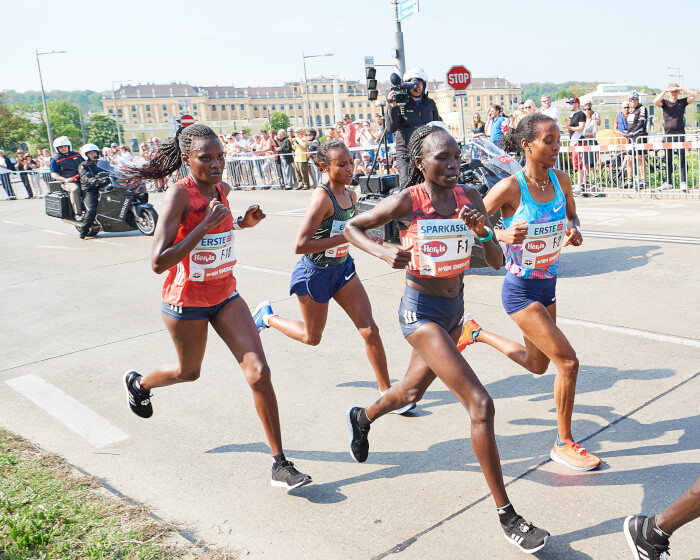
In second place was Chala, who finished with a time of 2 hours and 26 minutes, 38 seconds, significantly improving her personal best by more than 4 minutes.
The third-place finisher was another Ethiopian, Bedada Tigist, who also achieved a personal best with a time of 2 hours and 28 minutes, 6 seconds.
The first Italian athlete to cross the finish line was Giorgia Bonci, representing Gs Lamone, who secured the eleventh position with a time of 3 hours and 11 minutes, 17 seconds.
About Venice Marathon
The Venice Marathon was initially conceived by Piero Rosa Salva in 1986. The inaugural edition of the marathon attracted over 2,000 runners from various nations and was quickly established as one of the season's most significant events. Over the years, it evolved into one of the premier sporting events, culminating in the 37th edition.
The Venice Marathon is recognized internationally and holds the IAAF Bronze Label. The classic distance for this marathon is 42.195 kilometers, making it one of the most revered events in the field of athletics.
Today, the Venice Marathon remains an event of exceptional quality, as reflected in its IAAF Bronze Label. It continues to captivate and draw runners, with demand consistently surpassing the organizer's limit of 8,000 entries. The marathon expo and the race itself attract large crowds, following a captivating course.
by Amanga Collins
Login to leave a comment
Venice Marathon
The Venice Marathon is one of the most beautiful marathons known for the historical, artistic and picturesque surrounding in which it takes place. It starts in Stra, a small village located at about 25 km west of Venice, at the beginning of the Riviera del Brenta, a beautiful area near the River Brenta, where the rich and noble Venetians built...
more...Faith Kipyegon nominated for 2023 athlete of the year award
World 1,500m and mile world record holder Faith Kipyegon has been nominated for the female World athlete of the year award by World athletics.
The award is a prize that is awarded to athletes participating in events within the sport of athletics organised by World Athletics (formerly IAAF), including track and field, cross-country running, road running, and race-walking.
World athletics announced on Wednesday that 11 nominees have been picked for the female athlete of the year after selection from an international panel of athletic experts.
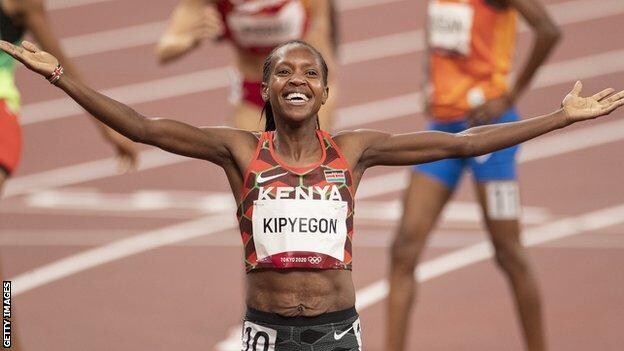
"World Athletics is pleased to confirm a list of 11 nominees for Women’s World Athlete of the Year. These athletes were selected by an international panel of athletics experts, comprising representatives from all six continental areas of World Athletics.”
The athletics body said the nominations reflect performances from Budapest championships and other championships held in the year.
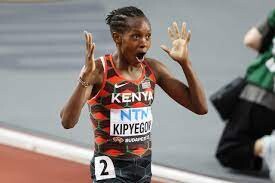
"In what has been another memorable year for the sport, the nominations reflect some of the standout performances achieved at the World Athletics Championships in Budapest 23, one-day meeting circuits, label road races and other events around the world."
Kipyegon was selected after a memorable performance at the World Athletics Championships in Budapest where she won both the 1,500m and 5,000m races to become the first female in history of the championships to clinch double accolades.
She will face competition from Ethiopia’s Tigist Assefa who is the female World Marathon record holder with a time of 2:11.53 set at the Berlin Marathon in September.
Also joining the pair will be world record holder in the 5,000m Tsegay Gudaf of Ethiopia who set the record during the 2023 final Diamond League.
USA’s Sha’carri Richardson is also nominated alongside Kenyan-born Bahraini female athlete Winfred Yavi.
The 2020 Tokyo Olympics bronze medalist in the high jump Yaroslava Mahuchikh, Venezuelan Yulimar Rojas who holds the world record for women's triple jump, Jamaica’s Shericka Jackson who boosts of 5 Olympic medals and 8 World championships medals are also part of the list.
Winner of the 35km walk in Budapest, Maria Perez from Spain and 2023 world champion in the 400m Femke Bol conclude the list.
Voting for the World Athletes of the year will close on October 28 at midnight after which five women and five men finalists will be announced by World Athletics on November 13 and 14.
World athletics also said their vote would account for 50 per cent of the total results whereas the public vote and athletics family vote would each account for 25 per cent of the results.
The winners will be revealed on World Athletics’ social media platforms on December 11.
by Teddy Mulei
Login to leave a comment
Study finds blade runners do not have a competitive advantage
Are prosthetic, “man-made” limbs more efficient or powerful than biological legs? This has been debated in track and field circles for years, but recent research suggests what amputee runners have known all along–they aren’t. At least, not over 400 metres.
A recent study from the University of Colorado at Boulder found that blade runners, including the world’s fastest 400-metre sprinter, Blake Leeper of Tennessee, have no competitive advantage over non-amputee runners. Instead, they likely have a significant disadvantage.Prosthetic limbs, particularly those designed for athletic performance, have come a long way since Terry Fox made his inspiring, yet at times painful-looking, journey across Canada.
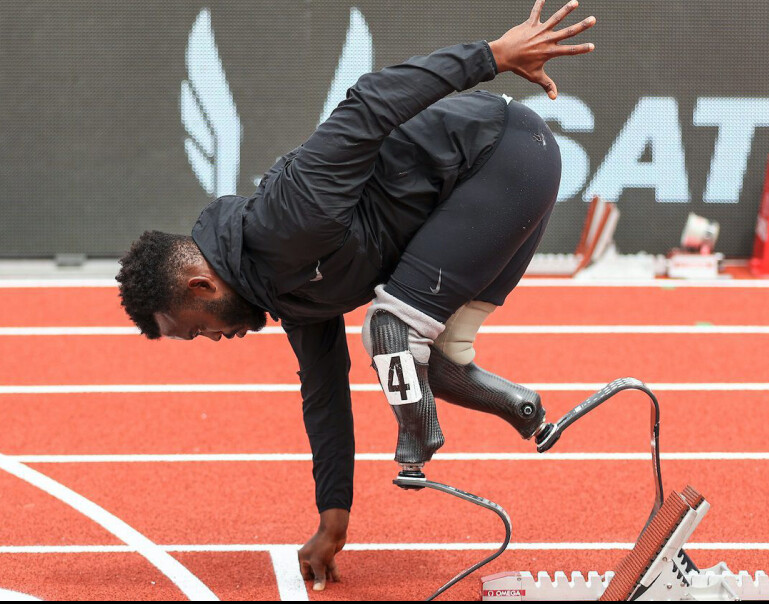
In the last decade, we’ve seen amputee runners run ultramarathons and set Guinness World Records, and many of us recall Oscar Pistorius, the double-amputee blade runner from South Africa who became the first to win a non-disabled medal at the 2011 World Track and Field Championships (he won silver in the 400m). Pistorius was later convicted of murder in the death of his girlfriend, Reeva Steenkamp, and remains in prison today.
Back in 2011, Pistorius had to take legal action against the IAAF (now World Athletics) to allow him to compete in the World Championships, since the governing body of track and field claimed his prosthetic limbs gave him an advantage over his competitors.
Leeper, who is also a double-amputee and the fastest blade runner over the 400m distance today, has faced similar rejection. He was ruled ineligible to compete at the 2020 Tokyo Olympic Games due to the perception that his “blades” gave him an unfair advantage.
The study
As it turns out, two legs do appear to be better than none, despite the incredible technology behind today’s prosthetic limbs. The study, published in the journal Royal Society Open Science, collected performance data from Leeper, Pistorius and six other bilateral amputee sprinters and compared that to the best non-amputee sprinters in the world across five performance metricLeeper also visited the researchers’ lab for a series of tests to measure his acceleration out of the starting blocks, maximum speed along straightaways and around curves, velocity at aerobic capacity and sprint endurance (all-out effort). This information was also compared to available data from elite non-amputee runners.
The research found that runners using prostheses were 40 per cent slower out of the starting blocks, had 19 per cent slower velocity at aerobic capacity and were one to three per cent slower around curves, compared to non-amputees.
“We found that no athlete with prosthetic legs has ever performed better than elite non-amputee athletes in lab-based experiments in any measure that relates to sprinting performance,” said first author Owen Beck.
The researchers presented their preliminary findings to the Court of Arbitration for Sport in 2020 in a bid to get Leeper to an Olympic start line, but the athlete was yet again deemed ineligible–the court ruled that his prostheses made him too tall. (The same researchers had found in a previous study that height did not provide an advantage when it comes to maximum sprinting speed, but Leeper was still ruled ineligible.)
While their results didn’t help Leeper this time, the researchers hope their work will change the conversation to provide more opportunities for amputee runners.
“A lot of assumptions have been made about running prostheses and performance with no data to support them,” said senior author Alena Grabowski, associate professor of integrative physiology at CU Boulder. “I hope this will get people to really question rules being put into place that keep athletes with disabilities from competing even when they have shown with science that they can compete fairly.”
by Running Magazine
Login to leave a comment
Six Best Marathon Runners of all time
The marathon is one of the toughest running events. This event is set at 26.2 miles or 42.195 kilometers, as presented by the International Association of Athletic Federations (IAAF) in 1921.
It's a significantly long-distance race that most people could not complete. It takes lots of training. One of the most famous marathon is Boston coming up Monday April 17. And one of our top six will be running, Eliud Kipchoge. So here are our six marathoners as the best of all time. What are your top six?
Eliud Kipchoge
Eliud Kipchoge easily tops this list as being the GOAT (greatest of all time!) in marathon history. He's a Kenyan runner that participated in marathons and used to specialize in the 5000-meter distance. Kipchoge has already made history and set a world record last September 2018 in Berlin after he completed the distance set for the Olympic men's race with 2:01:39.
No one else was able to defeat the record for several years until Eliud Kipchoge himself broke his own record at his fifth Berlin marathon last year, September 2022 with 2:1:9. It's a 30-second gap from his initial world record, which is a significant improvement already as a runner.
Not only that but he's also been a three-time London and Berlin champion since 2015! At 38 years old, he's already achieved so much, and he's not stopping just yet. Kipchoge also informed everyone that he'll be aiming for the Paris 2024 games, so you should also wait for that and check the updates on FanDuel Sports online.
Haile Gebrselassie
Next on the list is truly one of the marathon legends who dominated the industry when he was still active. Haile Gebreselassie is an Ethiopian long-distance runner who retired last 2015 after over 20 years of long-distance running. He's been active from the late 90s to the early 2000s, and a few of his astonishing achievements include consecutively winning the Berlin Marathon four times and the Dubai Marathon three times.
He also has four World Championship titles (1993 Stuttgart, 1995 Gothenburg, 1997 Athens, and 1999 Seville) and two Olympic golds (1996 Atlanta and 2000 Sydney) in a 10,000-meter distance run. Although he's no longer in the running scene, his legendary achievements will live long.
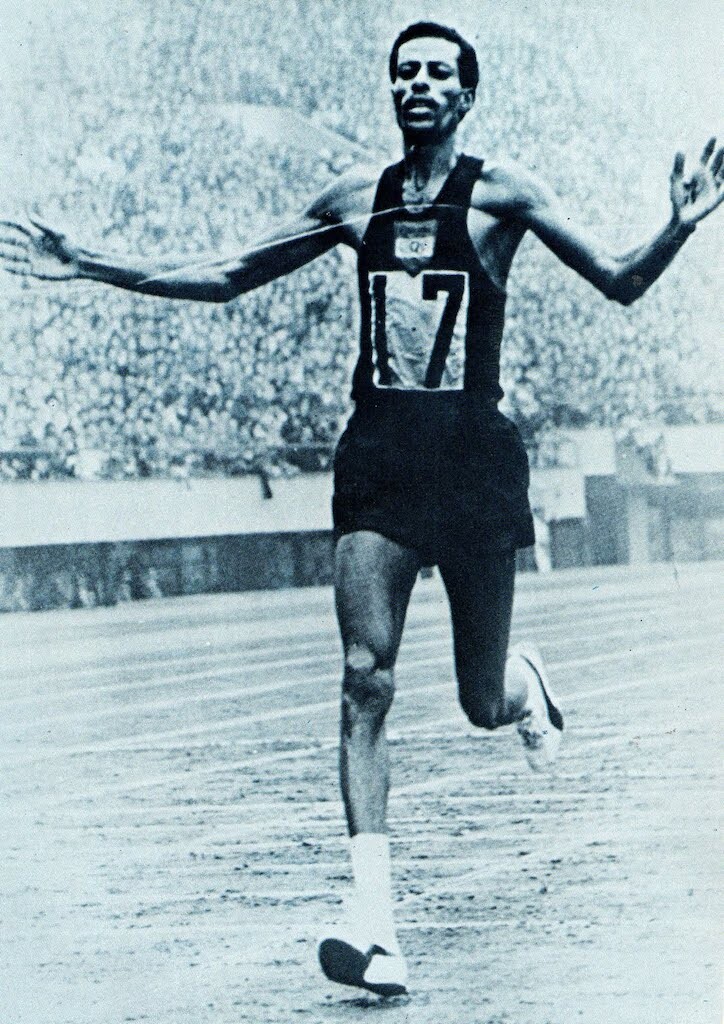
Abebe Bikila
If you're a huge fan of marathon events, you should already know about Abebe Bikila by now. He's a pioneer marathon runner that made significant feats in the history of the marathon. To start, he's the only athlete who ran barefoot during the Rome 1960 Olympics. He faced the cobblestones head-on, won a gold, and even set a world record. Bikila became the first Black African that ever topped at the Games in a 42.195km race.
Furthermore, his amazing barefoot run made it to the Guinness World Record as the fastest marathon run in bare feet at the 1960 Olympic Games with 2:15:16.2. Additionally, Abebe Bikila was also the first runner to win two Olympic marathon events after he grabbed another gold at Tokyo 1964
Mo Farah
Mo Farah is a British marathon runner who's only the second athlete to win 10,000-meter and 5,000-meter titles at successive Olympic Games. Throughout his athletic career, he accumulated 19 gold with nine silvers and two bronzes.
Moreover, he initially planned to retire but then changed his mind and participated in the Tokyo Olympics in 2020 and was even tipped by the excellent Eliud Kipchoge. He's still active to this day, but Farah shared with everyone that 2023 will be his final year after confirming that he will be participating in the London Marathon this April and giving it "one more shot."
Catherine Ndereba
Catherine, the Great Ndereba, is the first woman on this list, and she deserved it. She's one of the marathon runners that other athletes should recognize. The Olympics even regarded her achievement as one of the great.
In 2005, she was even awarded by the former Kenya president Mwai Kibaki with the Order of the Golden Aware due to her excellent accomplishments. Not only that, but she was also awarded 2004 and 2005 Kenyan Sportswoman of the Year.
Although she couldn't bring home gold from participating in the Olympic Games, she got to win silver awards for the 2004 Athen Games and 2008 Beijing Games. Additionally, she also has eight gold wins in World Championships and World Marathon Majors combined.
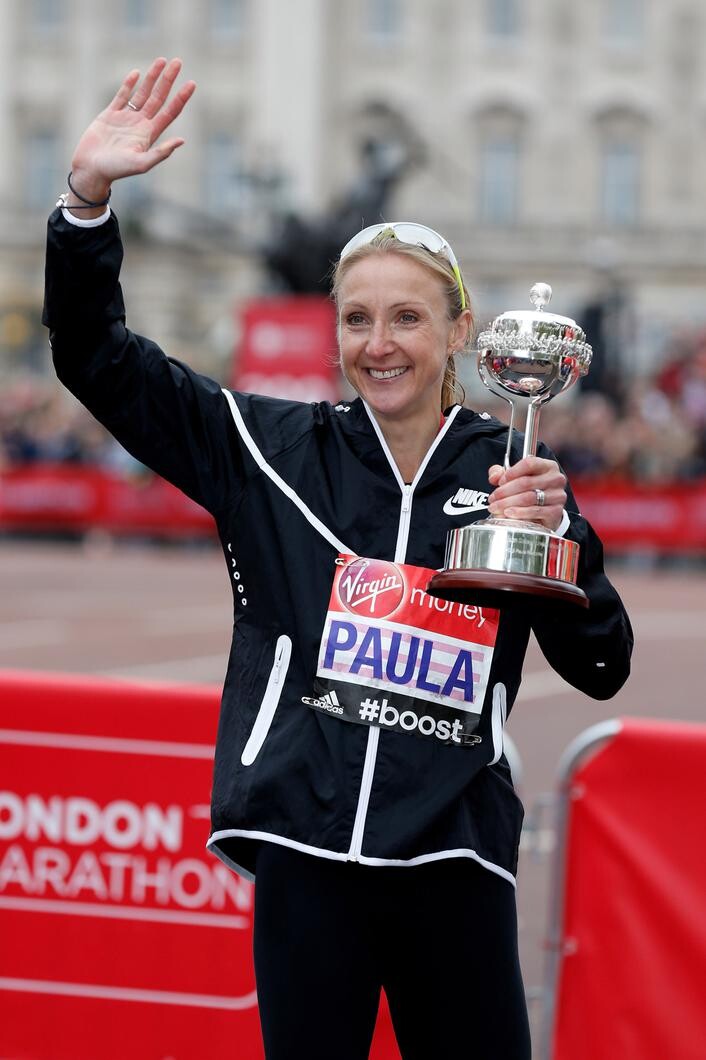
Paula Radcliffe
Paula Radcliffe is also one of the marathon runners that overcame her health issues as a child and became a successful athlete as an adult. Growing up, she struggled with anemia and asthma, but these were just a few bumps in the road as she continued to work hard and brought home several gold awards.
This British long-distance runner was the women's world record holder for over 16 years (2003 to 2019) for being the fastest female marathon runner with 2:15:25 until Brigid Kosgei broke it in 2020. Aside from that, she's also able to win New York City and London marathons three times and won 15 gold awards in total.
Final Thoughts
Marathon is an exciting sport, and no regular person can participate. It takes great understanding that a marathon is more than just running. Being as powerful as the runners mentioned above takes months of training and endurance. Although there are still other remarkable marathon runners, these six, in particular, made significant achievements in this field.
Login to leave a comment
Taiwan’s Wan Jin Shi Marathon concludes in wet conditions
World Athletics gives marathon gold-label designation for excellent course planning and execution
TAIPEI (Taiwan News) — More than 11,000 runners competed in the 2023 New Taipei City Wan Jin Shi (WJS) Marathon on Sunday (March 19), drawing 300 competitors from 33 countries.
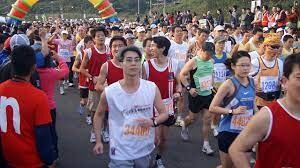
The road race is Taiwan's first World Athletics certified “Gold Label” event, indicating that the running surface and route meet top-quality international conditions and the event is supervised by properly trained medical staff, per UDN.
The WJS Marathon was held in Wanli’s Emerald Bay with a series of warm-up activities before the 6:00 a.m. start. New Taipei City Mayor Hou You-yi (侯友宜) had the honor of firing the starter’s pistol and both domestic and foreign competitors took off on the 42-kilometer marathon race. Afterwards, a shorter 10km race also commenced
Later at a press conference, Hou said he was proud that the WJS Marathon became the first event in Taiwan to be certified with the “Gold Label” by World Athletics.
Previously, the group went under the name International Amateur Athletic Federation (IAAF) and is recognized as the main governing body for athletic competitions such as track and field, road running, cross-country racing, and marathons.
Hou added that approximately 11,000 runners participated in today's marathon. Among them, 300 runners came from 33 countries, such as Bahrain, Spain, Ethiopia, and Kenya. He was also proud that many marathoners wore clothing made from coffee grounds and PET bottles, which promoted his future vision for sustainability.
Race organizers are planning to apply for a special green certificate next year to make the road race more sustainable. This year, LED screens at the start and finish of the race replaced PVC signage, and even race result certification was provided electronically instead of being printed.
In the end, it was Kenyan athlete, Barnabas Kiptum, who won the race in 2:11:57 with the top Taiwan male finisher being Chiang Chieh-wen (蔣介文) who crossed the finish line in 2:23:06, per UDN.
As for the women's competition, it was won by Ethiopian Bekelech Gudeta Borecha in 2:29:25. The top Taiwan female finisher was Lisa Reis (雷理莎) in 2:46:24.
Login to leave a comment
Cam Levins has signed with Asics
It is official–Canada’s fastest marathoner, Cam Levins, has signed a sponsorship deal with the Japanese sporting brand Asics.
The 2:07 marathoner spent the entire 2022 season unsponsored, after leaving Hoka in late-2021. His fourth-place finish in the men’s marathon at the 2022 World Athletics Championships was the highest finish by a Canadian in the men’s marathon at a major championship in the IAAF/World Athletics era.
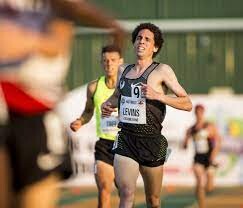
Levins’s time of 2:07:09 shattered his previous Canadian marathon record of 2:09:25 from the 2018 Toronto Waterfront Marathon.
The 33-year-old continued his string of solid performances earlier this month when he smashed the Canadian half marathon record by 42 seconds at the Vancouver First Half, running 60:18. This was the first time a Canadian runner has gone under the 61-minute mark over 21.1 kilometers.
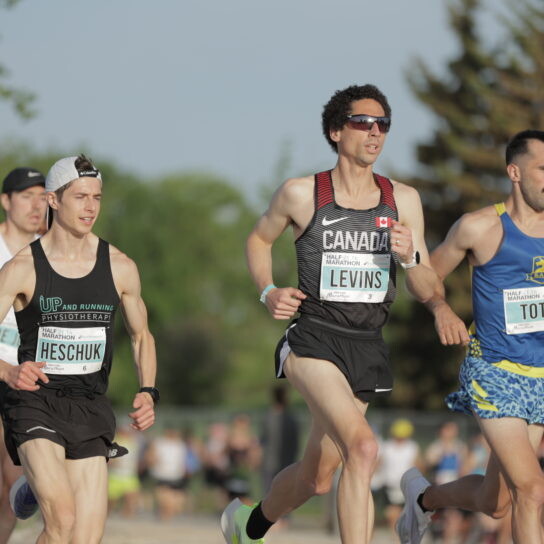
Levins is on the elite list for the 2023 Tokyo Marathon on March 5, and indicated to Kate Van Buskirk on Canadian Running’s The Shakeout Podcast that he’s “ready for something really special there.”
“I am excited to head back to Japan for another opportunity to compete in a major marathon,” Levins said on Instagram.
The last time Levins was in Japan, it was for the 2020 Olympic marathon in Sapporo, where he ended up finishing a disappointing 72nd. “The Olympics were a low point for me,” Levins said in an August 2022 interview. “I felt I was right there, but I realized I was so far behind the best in the world.”
The men’s field for Tokyo features nine sub-2:05 runners, including 2022 Amsterdam champion Tsegay Getachew; London 2021 champion Sisay Lemma and his former training partner and Japanese 5,000m (and formerly, marathon) record holder, Suguru Osako.
Levins currently lives and trains in the Portland, Ore. area, and is coached by Victoria’s Jim Finlayson.
by Marley Dickinson
Login to leave a comment
The Zurich Marató Barcelona gets the IAAF Gold Label for 2023
The Zurich Marató Barcelona is in luck. The Barcelona Marathon takes another step forward in its quality status and achieves for the next edition in 2023 the highest distinction awarded by the International Association of Athletics Federations (IAAF) to athletics road races, the Gold Label. This race meets all the requirements to be part of this select club of athletics events.
Undoubtedly, it is an important impulse for a race that gathers thousands of participants from all over the world. This distinction will represent a qualitative leap for the race and, above all, a reward for the work carried out over the last years by all the groups involved in the organization of this event. Likewise, with this quality label, the city of Barcelona strengthens its organizational capacity for massive sporting events.
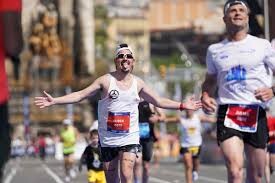
Requirements for this distinction
When a race is awarded with Gold, Silver or Bronze Label, quality and comfort parameters are guaranteed for all participants. In order for the IAAF to award these labels, races must meet a series of conditions, such as having previously received the Silver Label and in 2022 an Elite Label, which is the case of the Barcelona race.
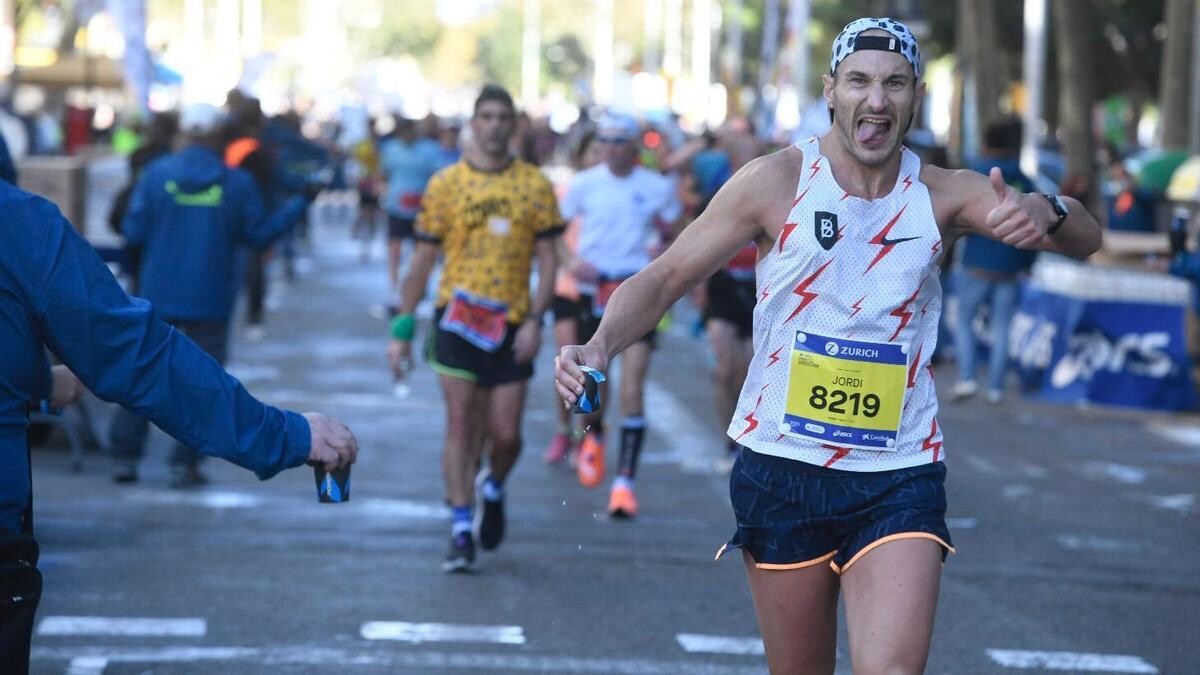
One of the most demanding requisites is to guarantee the high sporting level of the elite athletes. Events with a major elite, but also with high-level services for popular runners (refreshment points, physiotherapy and recovery services, etc.).Also, the Zurich Marató Barcelona has the World Athletics International Measurement Certificate, which means that all the times will be recorded in the race will be recognized by World Athletics and will count towards the World Ranking.
Sporting requirements for Gold Label racesGold Label races must have at least five athletes per gender (regardless of Country/Territory) with Gold Label status or above on the start list. These are athletes who are classified as gold level elites. These athletes must, at the same time, meet a number of sporting requirements in recent months in IAAF competitions.
For events of this category, this implies the guarantee of a high competitive level. In addition, 10 doping control tests will be carried out, 5 for men and 5 for women.
Zurich Marató Barcelona will return to its traditional date next March 19. A date strategically chosen so that its participants can live in Barcelona the best possible experience: a flat, fast, 100% urban circuit, with the perfect weather to run and together with thousands of participants from all over the world.
Login to leave a comment
Zurich Marato Barcelona
The race is a favorite among both professional athletes and amateur runners, offering a unique running experience in and around Zurich. The scenic course follows the shores of Lake Zurich for much of the route, making it not only a thrilling sports event but also a visually stunning one. The start and finish lines are located at the upper lake...
more...Expect an Ethiopian Flavor For Sunday's 50th Honolulu Marathon
After a marathon journey to get to Hawaii, a quartet of Ethiopian runners are looking forward to making the most of their first visit to the Aloha State. The group of athletes, coached by Yirefew Birhanu Derb, will line up Sunday before dawn for the 50th running of the Honolulu Marathon, America's fourth-largest marathon. The race features a more robust elite athlete roster following last year's slimmed down line-up coming off the pandemic.
Shifera Tamru and Asefa Mengstu lead the men's elite field, while Abebech Afework and Bere Ayalew are the top entrants in the women's division. After a trip that required more than 21 hours of air travel across multiple flights --from their home base in Addis Ababa to Frankfurt, then Los Angeles before reaching Honolulu-- they arrived late Wednesday. They immediately popped into a McDonald's for dinner, and have been getting acclimated to the local time zone, 13 hours behind Ethiopia.
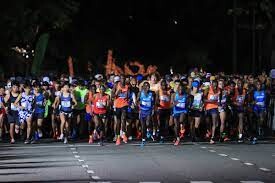
They were all very happy to be invited to this race because they know it's a very good marathon," Coach Derb told Race Results Weekly during a photo shoot for the athletes on Waikiki Beach. "They are looking forward to racing and happy to have the chance to visit Hawaii."
Tamru, 24, is coming off October Chicago Marathon, where he clocked 2:07:53 to finish fifth for the second consecutive year. He says that he has recovered well and is ready to go for Sunday. He has won three marathons in his career, all in South Korea: Chunchon in 2018, Seoul in 2019 and Daegu this past April. His personal best of 2:05:18 came at the Dubai Marathon in 2019.
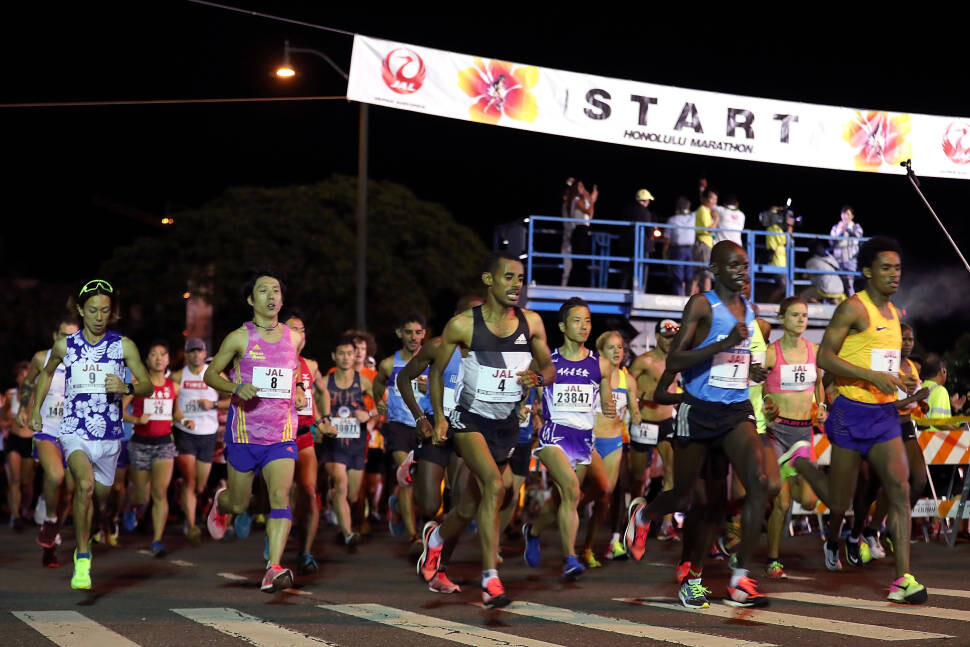
The more experienced Mengstu --who represented Ethiopia as far back as the 2010 IAAF Half Marathon Championships-- has a resume with 13 marathon finishes, including the 2018 Dubai Marathon, where ran his lifetime best of 2:04:06. His most recent race was eight months ago, so he should be well rested. "I'm happy to be here and I'm expecting to win the race on Sunday," he said with a quiet smile as the athletes posed for photographs and chatted with the media.
The two men work well together in training, Derb says. But on Sunday, he points out, "it must be a competition." In addition to each other, they will have to watch out for a strong Kenyan, 36-year-old Barnabas Kiptum, who has a personal best of 2:04:17 (Milan, 2021). He dropped out of the Chicago Marathon this fall, but in July he proved he is still a contender by placing 15th at the World Athletics Championships in Oregon. Stanley Biwott, the 2015 New York City Marathon champion with a 2:03:51 personal best, had planned to run here but scratched.
The women race is likely to come down to a duel between Afework and Ayalew. Like their male teammates, they also have a strong friendship and symbiotic relationship. "They are happy when they are training together, and they can help each other when they compete," Derb said.
Afework, 31, is by far the more seasoned of the two. Her international racing career dates back to the 2010 IAAF World Cross Country Championships, where she placed 18th. She has 20 marathon finishes to her name, and a personal best of 2:23:33 from Dubai in 2015. "I have a lot of experiences from other races and I'm expecting to use that previous experience to run well on Sunday," said Afework, who is coming off a DNF in October's Lisbon Marathon.
The 23-year-old Ayalew is a comparative novice, with four marathons in the books, but each one has been progressively faster. The most recent, in Eindhoven, Netherlands, in October, resulted in her quickest time yet (2:22:52). "My training has been good and I expect to show that on Sunday," she said.
The women's field also includes Canadian Olympian Lanni Marchant, who won this race a year ago on a short recovery from the New York City Marathon, and Japanese veteran Mai Ito (2:24:42 PB).
Should weather conditions cooperate --it's been very windy the last several days-- both the men's and women's course records could be in play. Titus Ekiru of Kenya holds the men's standard of 2:08:00 from 2019, while his compatriot Brigid Kosgei clocked 2:22:15 in 2017. (Kosgei set the current world record of 2:14:04 two years later.) Prize money will be paid three deep: $25,000-10,000-5,000.
The forecast for Sunday morning calls for a temperature of 74F/23C when the gun goes off at 5 a.m. Most of the race will be run in the dark, as the sun will rise just before 7 a.m. on race day.
by Runners Web
Login to leave a comment
Honolulu Marathon
The Honolulu Marathon’s scenic course includes spectacular ocean views alongside world-famous Waikiki Beach, and Diamond Head and Koko Head volcanic craters.The terrain is level except for short uphill grades around Diamond Head. ...
more...Emily Sisson sets a new American record in the marathon today in Chicago. clocking 2:18:29!
Three days shy of her 31st birthday and with only one previous marathon on her resume, Emily Sisson took to the streets of Chicago and lowered the American women’s marathon record by 43 seconds, becoming the first American woman to run a marathon in less than 2 hours 19 minutes.
Conditions on the Chicago Marathon’s relatively flat course were ideal, with Sisson — who won the 10,000 at the U.S. Olympic Track and Field Trials last summer — finishing second to Ruth Chepng’etich. The Kenyan repeated as the Chicago champion with a time of 2:14:18, fractions of a second off the world record of 2:14:04 set by Kenya’s Brigid Kosgei in the 2019 Chicago Marathon.
Sisson finished in 2:18:29, taking 43 seconds off the American record set by Keira D’Amatoin January in Houston. Before D’Amato, the record had stood for 16 years; now it has been lowered twice in 10 months, something D’Amato expected.
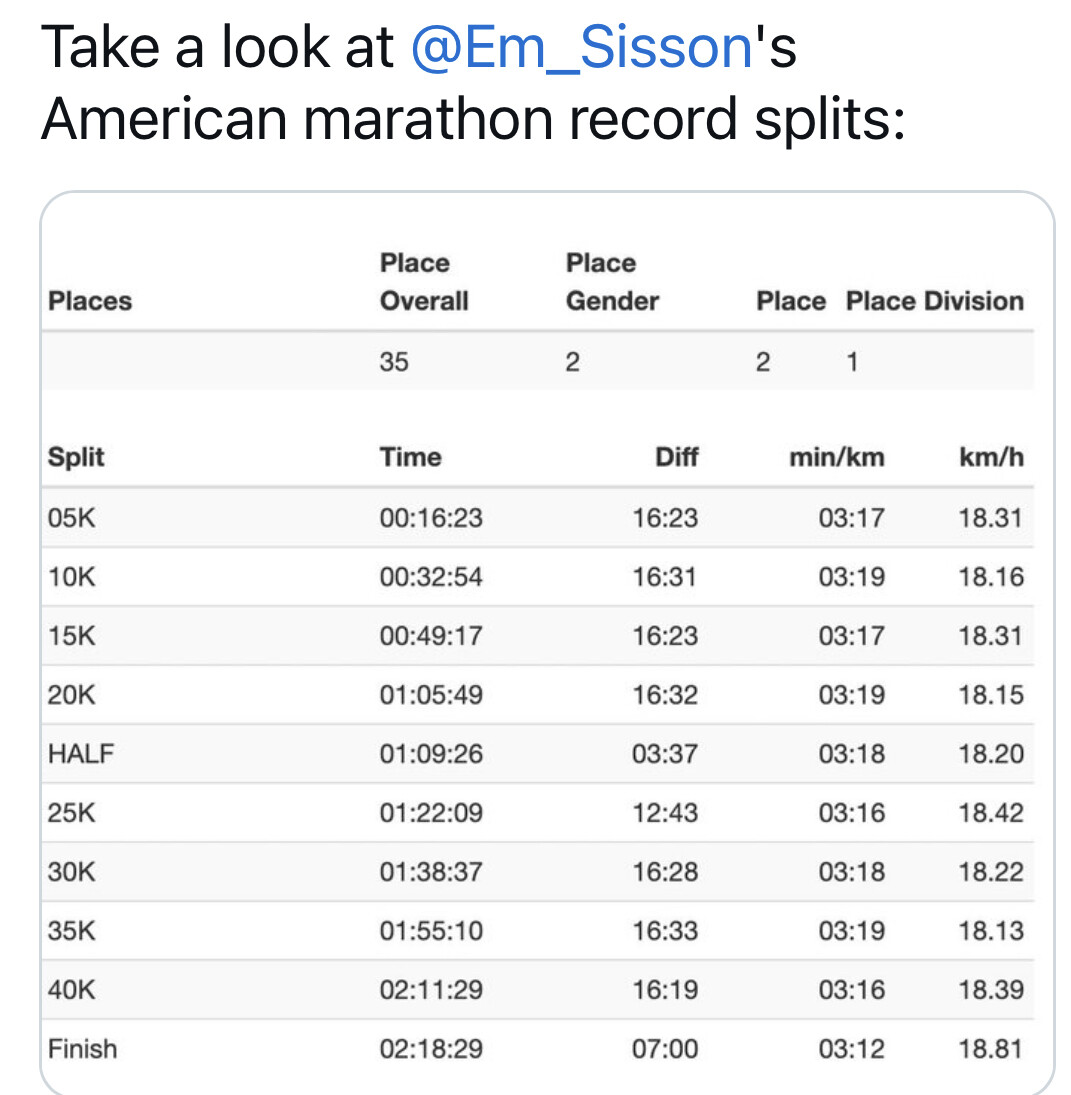
“There’s a number of American women that are also gunning for that record, so I think if I don’t lower it myself, it’s not going to be mine for very much longer,” she said before the Berlin Marathon two weeks ago. D’Amato, who did not run in Chicago, joined Sisson at the finish line, along with Deena Kastor and Joan Benoit Samuelson — women who held the American record before her.
“It’s amazing,” Sisson said, according to NBC Chicago. “I mean, the women standing here today, they’ve all accomplished so much, so just to be amongst them is an incredible honor.”
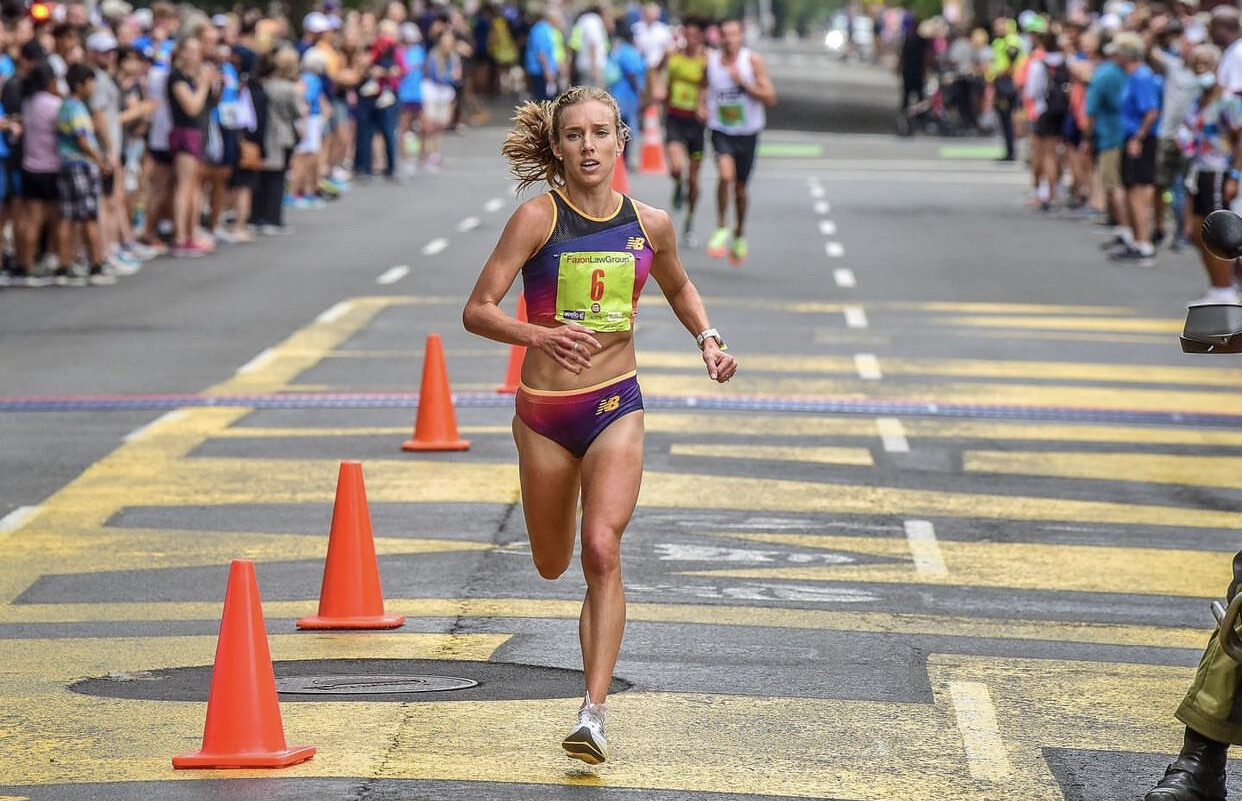
Sisson said she wasn’t aware that the record was in reach until very close to the finish line.
Emily Sisson (born October 12, 1991) is a professional runner for New Balance in Phoenix, Arizona. Emily Sisson was 9th at the 2017 London IAAF World Outdoor Track and Field Championships for 10,000 meters, and won the USATF road 10k Championships in 2016 and 5k in 2018. In the 2019 London Marathon, her first try at the distance, she placed 6th in a time of 2:23:08.
In December 2020, she ran the Valencia Half-Marathon in 1:07:26, narrowly missing the American record set by Molly Huddle in Houston on January 14, 2018. Sisson subsequently qualified to compete at the 2020 Olympics in the 10,000 m run, by coming in 1st place at the US Olympic Trials; she finished 10th at the event. On May 7, 2022, clocking in at 1:07:11 she broke the USA woman's half marathon record at the 500Festival Mini-Marathon in Indianapolis, Indiana.
On October 9, 2022, she broke the American women's marathon record at the 2022 Chicago Marathon, running 2:18:29 to finish 2nd
Login to leave a comment
Bank of America Chicago
Running the Bank of America Chicago Marathon is the pinnacle of achievement for elite athletes and everyday runners alike. On race day, runners from all 50 states and more than 100 countries will set out to accomplish a personal dream by reaching the finish line in Grant Park. The Bank of America Chicago Marathon is known for its flat and...
more...Athletics Olympic champion on the start line of the TCS Amsterdam Marathon
There is a remarkable name on the starting list of the TCS Amsterdam Marathon: Almaz Ayana. The 30-year-old Ethiopian athlete, who won gold in the 10,000 meters at the 2016 Olympics, will make her marathon debut on Sunday, October 16. Another first is the current world record holder in the 1500 meters: Genzebe Dibaba. Sports organization Le Champion also reports that CyBrian Kotut, Lemi Berhanu and Titus Kipruto are the fastest men on the start line in Amsterdam's Olympic Stadium. They have all won major marathons.
Almaz Ayana is one of the greatest talents of all time in long distance running. In 2016, she was phenomenal: she won Olympic gold in Rio de Janeiro in a new world record in the 10,000 meters (29.17.45) at the time, and bronze in the 5,000 meters. In that year, she was also awarded IAAF Athlete of the Year. The 30-year-old Ethiopian athlete previously won the world championship twice and the Diamond League final ranking twice. After a few years of absence due to the arrival of her son, Ayana is ready to add to her impressive record of achievements.
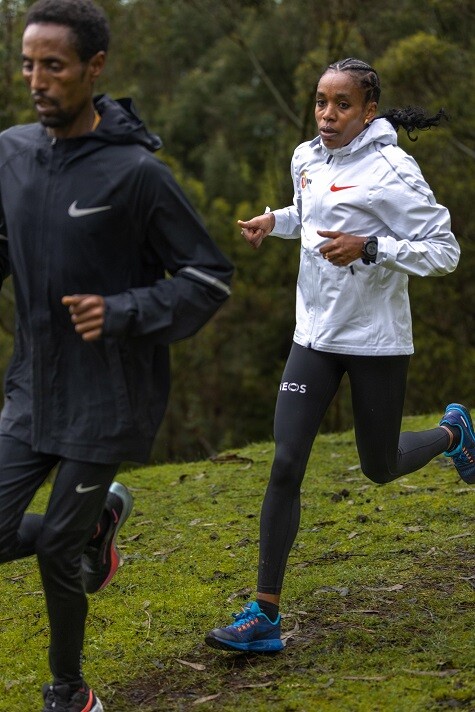
Genzebe Dibaba is the youngest sister of three-time Olympic champion Tirunesh Dibaba and Olympic silver medallist Ejegayehu Dibaba. The 31-year-old Ethiopian runner holds the world record for the 1500 metres (3:50.07, Monaco 2015). She also is an Olympic silver medal holder (2016, Rio de Janeiro). In 2015, when she became world champion in the 1500 meters, her brilliant performance was rewarded with the title of IAAF Athlete of the Year. She will be challenging for the first time over this classic distance.
These fast women are accompanied by Tsehay Gemechu, among others. Their 23-year-old compatriot has a personal best of 65.01 in the half marathon and finished fourth in the 5,000 meters at the 2019 World Athletics Championships.
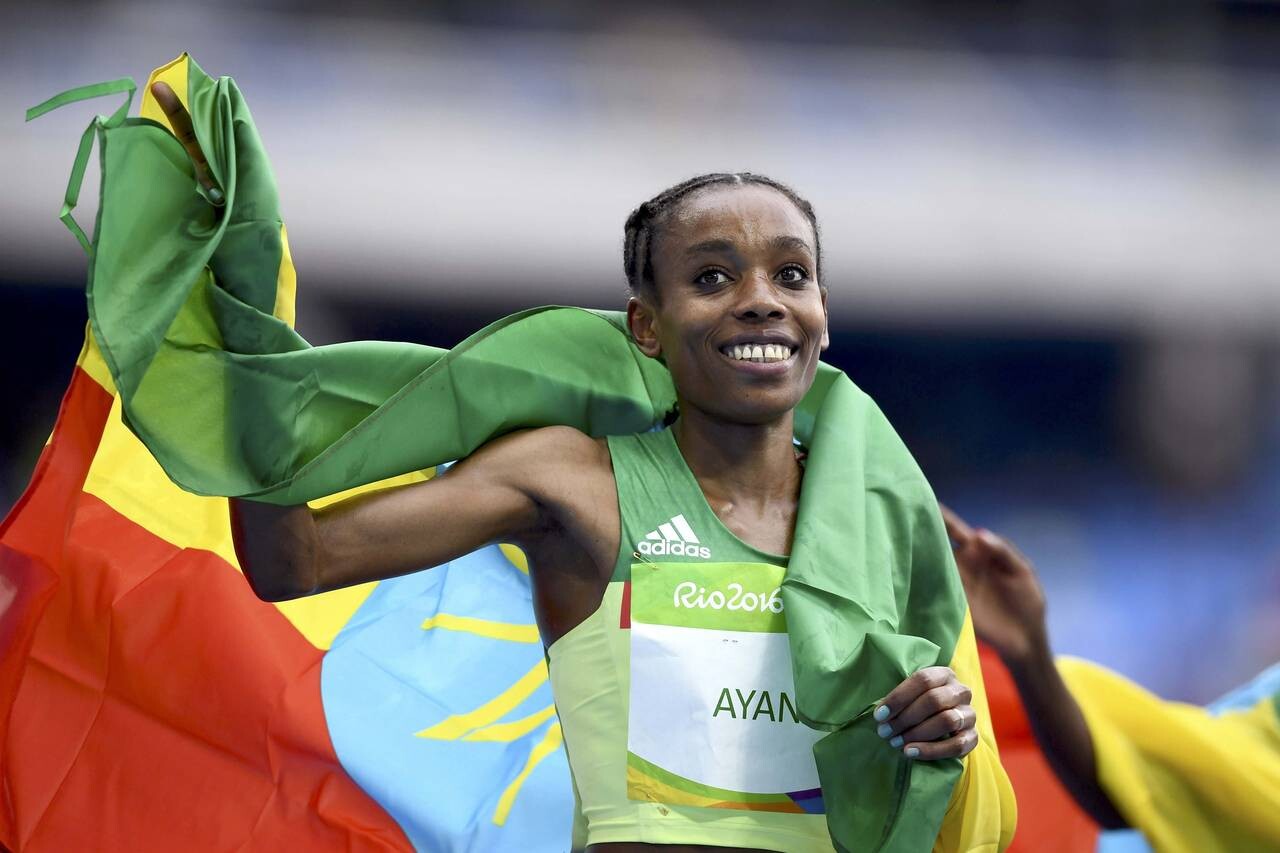
Course record of 2.03.39 in danger?
When the starting gun for the TCS Amsterdam Marathon sounds on Sunday 16 October, the eyes of the men will be on CyBrian Kotut, Lemi Berhanu and Titus Kipruto. On the ultra-fast course, they will be aiming for the course record of 2.03.39 (Tamirat Tola 2021).
CyBrian Kotut has already won a number of marathons: Hamburg, Florence and Paris. This spring, the 30-year-old Kenyan ran a personal best of 2.04.47 to win in Hamburg. Last November he was unbeatable in the 42,195 meters in Florence and in 2016 he triumphed in Paris.
Lemi Berhanu also knows all about winning. He has won the Dubai (2015), Boston (2016) and Xiamen (2017) marathons, among others. With a personal best of 2.04.33, the 27-year-old Ethiopian is in for the win.
Titus Kipruto is a revelation from Kenya. This spring, the 24-year-old marathon runner made a huge impression by winning the Milan marathon. In his second marathon, he finished in 2:05:05. Can he break his personal record again in Amsterdam? >{?Registration for NK marathon still possible
During the TCS Amsterdam Marathon, the Dutch marathon championships also take place, for which competitive athletes can register until September 26. The three main events, the full marathon, half marathon and 8K,
by Runners Web
Login to leave a comment
TCS Amsterdam Marathon
Do you want to enjoy Amsterdam in October and all that the city has to offer you? Want to feel a real athlete and start and finish in the historic Olympic stadium? Or run across the widely discussed passage under the beautiful National Museum? Then come to Amsterdam for the annual TCS Amsterdam Marathon in October! The TCS Amsterdam Marathon...
more...Bahamian athlete Sprinter Shavez Hart killed in Abaco
The track and field community of The Bahamas was hit hard over the weekend as it lost one of its own to a senseless act on his home island of Abaco in The Bahamas.
According to a police report, Shavez ‘Sparky’ Hart, one of the best all-around sprinters in Bahamian history, was gunned down shortly after 2 a.m. on Saturday morning near a business establishment situated in Mount Hope, North Abaco.
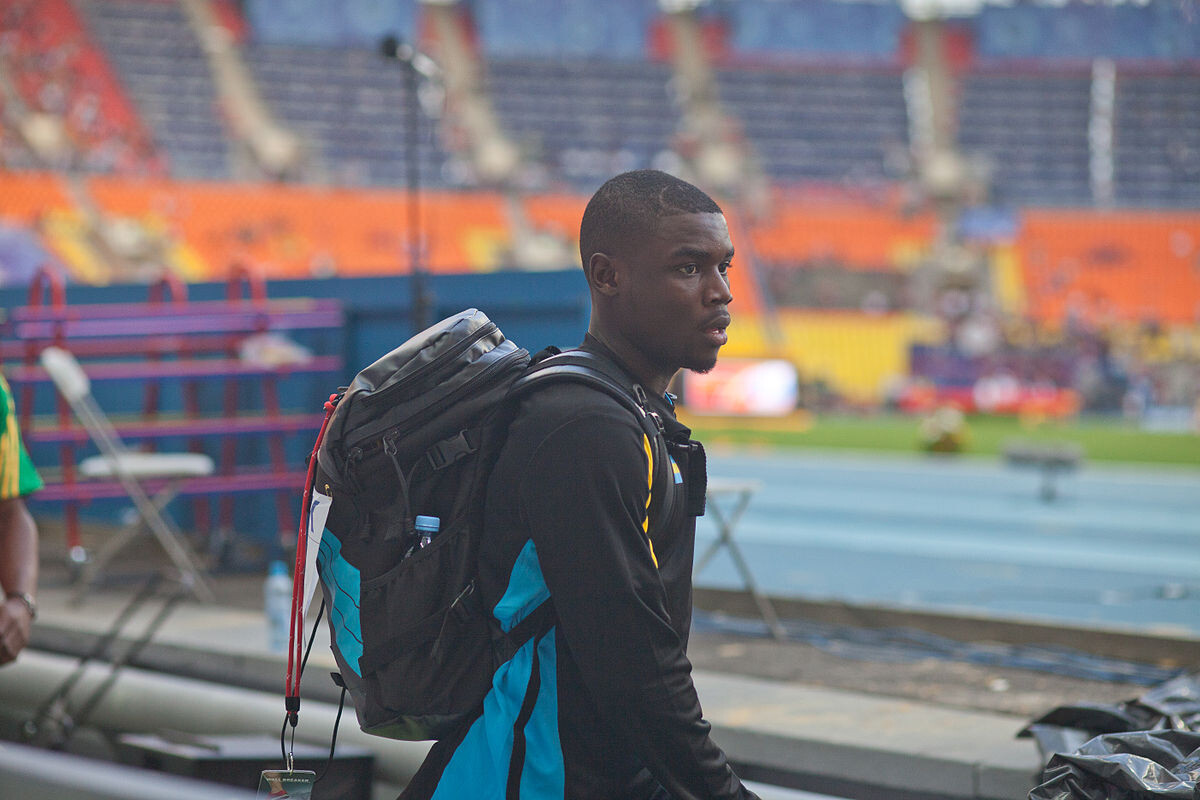
Hart, just three days short of his 30th birthday, represented The Bahamas at all levels of track and field, reaching as high as the world championships and the Olympic Games. He had personal best times of 10.10 seconds and 20.23 seconds in the 100 and 200 meters (m) respectively, and was a formidable 400m runner as well, thereby setting his mark as one of the best 100-200-400 combo runners in Bahamian history. Indoors, he had personal best times of 6.60 seconds in the 60m and 20.57 seconds in the 200m.
Hart was more known for his accomplishments in the short sprints, but it’s actually in the 400m, as a part of a relay squad, in which he achieved his most prestigious medal. Stepping in with two of The Bahamas’ ‘Golden Knights’, Chris ‘The Fireman’ Brown and Michael Mathieu, Hart won a silver medal in the men’s 4x400m relay at the 16th International Association of Athletics Federations (IAAF) World Indoor Championships in March 2016 in Portland, Oregon, United States. Hart teamed up with Brown, Mathieu and Alonzo Russell, and they ran a national record time of 3:04.75 for the silver medal.
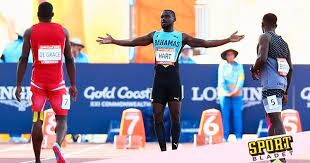
Hart never really reached his full potential on the senior side at global meets, but his times have him listed in the top five in Bahamian history in the short sprints. He is at number four in the 100m and tied for fifth with another of the ‘Golden Knights’, Demetrius Pinder, in the 200m.
According to the police report, a group of men were involved in a physical altercation in the parking lot of a local night club on North Abaco early Saturday morning. One of the men left, returned with a firearm and discharged the weapon, shooting Hart in the chest. EMS (Emergency Medical Services) attended to the victim and found no signs of life. He was later transported to the Marsh Harbour Clinic where he was seen and examined by a doctor and pronounced dead. The report continued, stating that the suspect in this matter was later arrested and taken into police custody, and that investigations are continuing.
Shavez’s mother said her son was trying to defuse an altercation between two men when he was caught in the middle and shot. It was reported that the subject attempted to shoot another man and ended up shooting Hart.
“He was such a good son – very quiet and always helpful,” said his mother Shammaine Hart. “He did a lot of work in the community and was always trying to give back. I will certainly miss him.”
Hart was well-loved in local track and field circles.
Speaking from Europe where she is busy running on the circuit, Anthonique Strachan who represents the athletes locally, and who was just elected as a Member-at-Large for the North American, Central American and Caribbean Athletic Association (NACAC) Athletes’ Commission, said she is devastated by the news.
“This is just too much. Shavez was the sweetest, most kind-hearted person you would ever meet. He was dedicated in everything he did and he was a guy who wore his heart on his sleeve even though he showed minimal emotions,” said Strachan. “I’m still very shocked. I wish the best for his son and his family and will continue to pray for them during this most difficult time. His son, who I believe hasn’t turned one yet, will never really get to experience his father – just knowing what is told to him. He will never get to see the great person that his dad was, and how driven and dedicated his father was in everything that he put his mind to – from school, to sports to becoming an entrepreneur.
“It’s very hard to grasp that something like this happened. Condolences to his mom, his dad, his son and his entire family. This is so heart-wrenching and so sickening. There are a lot of innocent people being killed and I hope the government does something to put a serious clamp on the gun violence that is happening in the country.”
Strachan said she last spoke to Hart via phone during the NACAC Championships in Freeport, Grand Bahama, in August, and he vowed to attend the event for the weekend but it never materialized. She said in speaking to the athletes, they have decided to make a donation to the family, setting up a GoFundMe account.
NACAC President and former BAAA President Mike Sands said he was saddened by the news of Hart’s unfortunate and unexpected demise.
“He was a great athlete who competed with true grit and determination. It was always a pleasure being in his presence,” said Sands. “He was a very humble and a mannerly young man who always greeted you with a smile. My condolences goes out to his immediate family and the wider track and field family. Let fond memories of ‘Sparky’ comfort us all during this difficult period. I also take this opportunity to urge everyone and our young men, in particular, to seek conflict resolution rather than violence that all too often ends tragically.”
by Sheldon Longley
Login to leave a comment
Groundbreaking New Study on Pregnancy and Performance
On the morning of August 27, Allison Baca was greeted by a foreboding gloom at the trailhead beneath 13,229-foot Mount Audubon, in Colorado. She decided to give her objective a shot anyway, planning to turn around if the weather went from gloom to doom.
With her partner Tony, she had blocked off this date on the calendar weeks in advance as her chance to spend all morning in the mountains, chasing history on the iconic Pawnee-Buchanan Loop above Boulder. Those free mornings were extra special. Free time has been much harder to find on the calendar since she became a mom last year.

On March 26, 2021, she gave birth to her first child, Mateo. The 17 months since then have been a journey, full of ups and downs that only a parent can truly understand (as a soon-to-be first-time dad, I have watched enough preparing-for-baby videos to understand that I won't understand the chaos until I live it).
Something about that journey made Allison even more unstoppable on the trails. So she went into the mountains with confidence . . . and also some time constraints.
Pawnee-Buchanan is a 27-mile route with 7,000 feet of climbing over technical mountain terrain. Ever since Anton Krupicka first reset what was possible in 2010 by running 4:50, Boulder trail runners have taken their cracks at the route, with plenty of cracked ankles and broken spirits to show for it. The women's record stood at 5:34, set by stellar athlete Emily Caldwell. Challenging that time would require speed and technical proficiency. But most of all, it would require strength. Luckily, over the previous 17 months, Allison had honed a new skill that she'd be taking with her: Mom Strength.
Over the 27 miles, she fought through vicious wind gusts in remote wilderness, with enough ups and downs to ruin any quad muscle. Her final time? An astounding 5 hours and 5 minutes. Allison beat her goals and made history. "It was exciting to finish the loop and realize that I was able to run faster than I had ever imagined starting the day!" she said.
When asked about how pregnancy and motherhood changed her as an athlete leading up to the performance, she paused. In that pause, I sensed a weight that someone can only feel when they have lived through the shit, for better and for worse, and are trying to summarize something messy into something neat.
"Motherhood has given me more of an identity outside of running," Allison said. "Sports used to be my identity, and they still are a part of my identity, but they are not everything. If a run doesn't go well, I used to dwell on it. Now there isn't time to dwell-I need to bring my best mom-self through the front door after good or bad runs. My life feels more well-rounded, and it can be exhausting. But I think it helps my running."
The journey was full of that uncertain chaos, and very few parenting journeys are as tidy as they can seem from the outside. For Allison, it all led to a mind-blowing FKT performance, and I think there's a strong argument that it's one of the best "FKTs of the Year" in the whole world. We can't be sure what propelled her to such a historic performance-it's some combination of talent, toughness, training, and intangibles.
But based on a study that was just released, I think we can draw one certain conclusion about at least one of those intangibles. For some athletes, Mom Strength can be a superpower even when it comes with some mom exhaustion.
Study Overview
The study was published online ahead of print in August 2022 in the Medicine & Science in Sports & Exercise Journal, reviewing training and performance trajectories of 42 elite runners during and after pregnancy. The author list was a who's who of top researchers: Francine Darroch, Amy Schneeberg, Ryan Brodie, Zachary Ferraro, Dylan Wykes, Sarita Hira, Audrey Giles, Kristi Adamo, and Trent Stellingwerff. The superstar team tackled a big, thorny topic that is usually full of whispers and innuendo, rather than data.
Leaving the world of anecdotes and wishful thinking behind, what does pregnancy actually do to athletes?
Let's get straight to the fascinating finding: athletes "who intended to return to high-level competition did so at a statistically similar level of performance in the 1 to 3-year period post-pregnancy." But there's something even more exciting. A whopping 46% of these elite athletes improved performances post-pregnancy.
A baby does not mean an athlete has to press stop and rewind. Those little poop machines sometimes just require a brief slow-down, followed by fast-forwarding to the best part of the show. It's complicated, though, and everyone is different.
In interpreting the study, I'll try to highlight just how different it shows that every journey can be, even if those complications might not make the headlines.
Study Context
The study was such a massive leap into the unknown because it was the first of its kind. As the authors said, "we are unaware of any previous study with significant participant numbers that has systematically and statistically investigated directly published quantitative performance outcomes before and after pregnancy."
A 2019 study in BMJ Open Sport and Exercise Medicine had completed a pregnancy questionnaire and interview with 34 elite athletes and compared that to a control group, finding no differences in pregnancy outcomes or returns to full activity. That study didn't look at long-term training or performance levels, so the 2022 study is really talking about venturing into a new research frontier.
To explore that frontier, the research team set some constraints. They would be gathering data on an athlete's first pregnancy only. In addition, the participants would be elite athletes, with times equivalent to a 2:46 marathon or faster in events 1,500 meters and up. The participants received a 139-question survey on training during and after pregnancy, completed with data from their training logs. 35 of the 42 athletes had performance times from the 1 to 3 years before birth on the World Athletics website, and those times were compared with postpartum results.
What a cool study design! By focusing on elite athletes, the researchers set up a tough hurdle to jump. Participants had already been striving to optimize their performances, so how does pregnancy affect optimization? It seems suboptimal to have a body's processes taken over by an ever-growing parasite for 10 months, right? Wrong, of course. The study results demonstrated the complexities of long-term performance, since many of the athletes actually got faster than before.
Study Findings
First, 57% of athletes reported conceiving during a period of decreased training load, with 24% intentionally decreasing training around conception. That may show that some athletes think that elite training is less conducive to conception, or that athletes focus on family planning during a break from competition.
Second, during pregnancy, athletes decreased training load from pre-pregnancy levels. They ran significantly fewer sessions, dropping from 9 per week to 5 per week, and the proportion of intensity decreased. Running volume decreased to 64-73% of pre-pregnancy in the first trimester, 49-54% in the second trimester, and 29-36% in third trimester, with more cross training toward the end of pregnancy than the beginning. Running paces slowed significantly, up to 23% in the third trimester. But athletes still averaged significantly more training than recommended by international exercise guidelines for pregnant people.
Third, after pregnancy, participants averaged 6 weeks off running and 3 weeks off cross training. They returned to 80% of pre-pregnancy loads at 14 weeks postpartum. The error bars on those numbers were large, showing substantial inter-individual variability.
After pregnancy, athletes raced less, dropping from 7.2 races per year to 2.8 races per year in the year after pregnancy, increasing to 4.4 races per year in the 3 to 5 years postpartum. But what's so exciting is what they did with those races.
Performance Findings
60% of the participants planned to return to pre-pregnancy levels or greater. This cohort saw no change in performance levels. Most exciting of all, "Nearly half of the athletes (46%) had better IAAF performance scores in the 1- to-2 years post-pregnancy than during the two years before birth."
While those numbers are exciting and hopeful, they are a bit more complex than they might seem at first glance. What about the 54% of athletes who didn't improve in the 2 years after pregnancy, despite intending to? What about the stories that aren't leading off running articles like this one? That's where the discussion gets a bit more complicated.
Pregnancy and Performance
In the discussions around pregnancy and training, I think we often seek simple narratives. I'm looking squarely in the mirror when I say that.
To start this article, I framed pregnancy as a potential superpower, which it clearly is not for everyone. While there are examples of athletes coming back stronger than ever, like Allison, there are many stories of athletes that really struggle to train during and after pregnancy. Some of those athletes never reach the same levels again, and those stories need to be told too.
As the authors say, "the limited data do not appear to support pregnancy as ergogenic for any physiological variables." Thus, the process of pregnancy alone is unlikely to be a performance enhancer. But as the study found, it can coincide with improvements in performance in many athletes, even elite athletes that were already pushing their training limits.
Headline: WOW, that is so exciting and hopeful!
Subheading: HOWEVER, it's often so scary and uncertain.
The hopeful data need to be understood in conjunction with the negative outcomes, too. I have been fortunate to coach many athletes through and beyond pregnancy, including Allison. I was excited to tell Allison's story because she is, well, a badass, and it can be motivating to have these uplifting models of Mom Strength. This study showed that intention to return at higher levels than before pregnancy was a key element in actually returning and exceeding to those levels, so I want to support a system of all-caps BELIEF that lets an athlete know it's possible.
But it won't happen for everyone. If 46% of athletes had better performance scores in the 2 years post-pregnancy than 2 years pre-birth, that means 54% did not. Those 54% may go much faster at Year-3 or Year-5 or Year-10, and I imagine each of those data points on both sides of the improvement curve involve stories of joy and sadness that are rarely told publicly.
This study showed that intention to return at higher levels than before pregnancy was a key element in actually returning and exceeding to those levels, so I want to support a system of all-caps BELIEF that lets an athlete know it's possible.
The authors highlight the complexity and those stories. "Our results may reflect a shift in the broader athletics culture and wider acceptance that individuals continue to compete at an elite level, and some possibly at a higher level than they did pre-pregnancy."
An athlete like Megan doesn't neatly fit into this study. Yes, she's elite. But she hasn't been able to train through pregnancy. Yes, she hasn't gotten injured. But it's tough to get injured when reading at the creek, outside of papercuts. And yes, she intends to come back stronger and faster than ever. But it's not a choice.
If anyone can do it, though, it's Megan. This study adds a few cups to the hope bucket, for her and other athletes going through the pregnancy process. That is so exciting! And it still doesn't change the fact that many of the stories around pregnancy won't be as neat and simple as the caption of this article implies.
I know one thing for sure: Megan is the strongest person I have ever met. Whether she runs faster in the future or not, well, that's out of her control, though I think she and other athletes can be full of realistic, pragmatic hope.
Either way, I am popping some popcorn for the show ahead. Megan is so damn strong. Now just imagine what she can accomplish in life with Mom Strength.
"Taken together, these findings indicate that childbirth can be a positive part of an elite athlete's career; the forced break may have both mental and physical benefits. Additionally, our own previous research has shown that a focus on motherhood and shifting priorities may alleviate some of the stress placed on performance outcomes particularly when athletes have strong social support and childcare."
Included in those few sentences are likely thousands of stories that the researchers know about, but aren't fit to print in an academic journal. Allison's journey has been scary and non-linear at times, and her specific stories are not mine to tell. The same goes for most journeys during and beyond pregnancy.
Some athletes get faster. Some get slower. Some love the evolving process of balancing motherhood and athletics. Some cry themselves to sleep from the weight of it all. Some bodies and brains thrive, others live through tough times that only a few loved ones might ever know about. Most mix all of those feelings and fears together at one time or another.
The Uncertainty
All of those stories are equally valid. I wrote this article now because my wife/co-coach Megan is 30 weeks pregnant with our first child. She's one of the best athletes in the world, with 5 national championships and dozens of course records that boggle the mind. But a couple months before conception, she felt chest pain that turned out to be a heart condition. She has barely exercised during pregnancy, her 20-mile runs replaced by daily trips to the creek where we read books and nature bathe. It has been a simultaneously beautiful and scary process so far, and I imagine that's not going to stop anytime soon.
by Trail Runner Magazine
Login to leave a comment
Shalane Flanagan takes coaching role at University of Oregon
U.S. Olympic medallist and 2017 New York City Marathon champion Shalane Flanagan announced on her social media that she’ll be joining the University of Oregon coaching staff as an assistant coach to help lead the team’s distance program.
Since 2019, Flanagan has been an assistant coach for the Nike Bowerman Track Club alongside Jerry Schumacher, who was recently named head coach of Oregon’s track and field program.
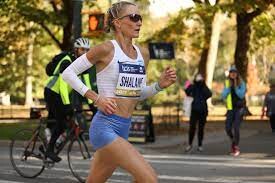
During her career and guidance, Flanagan has been part of the emergence of the Bowerman Track Club, which is considered one of the top running groups in North America.
Flanagan joined Bowerman Track Club in 2009 and made two U.S. Olympic teams in the marathon (2012 and 2016). In 2012, Flanagan finished 10th and in Rio 2016, she finished sixth in 2:25:26.
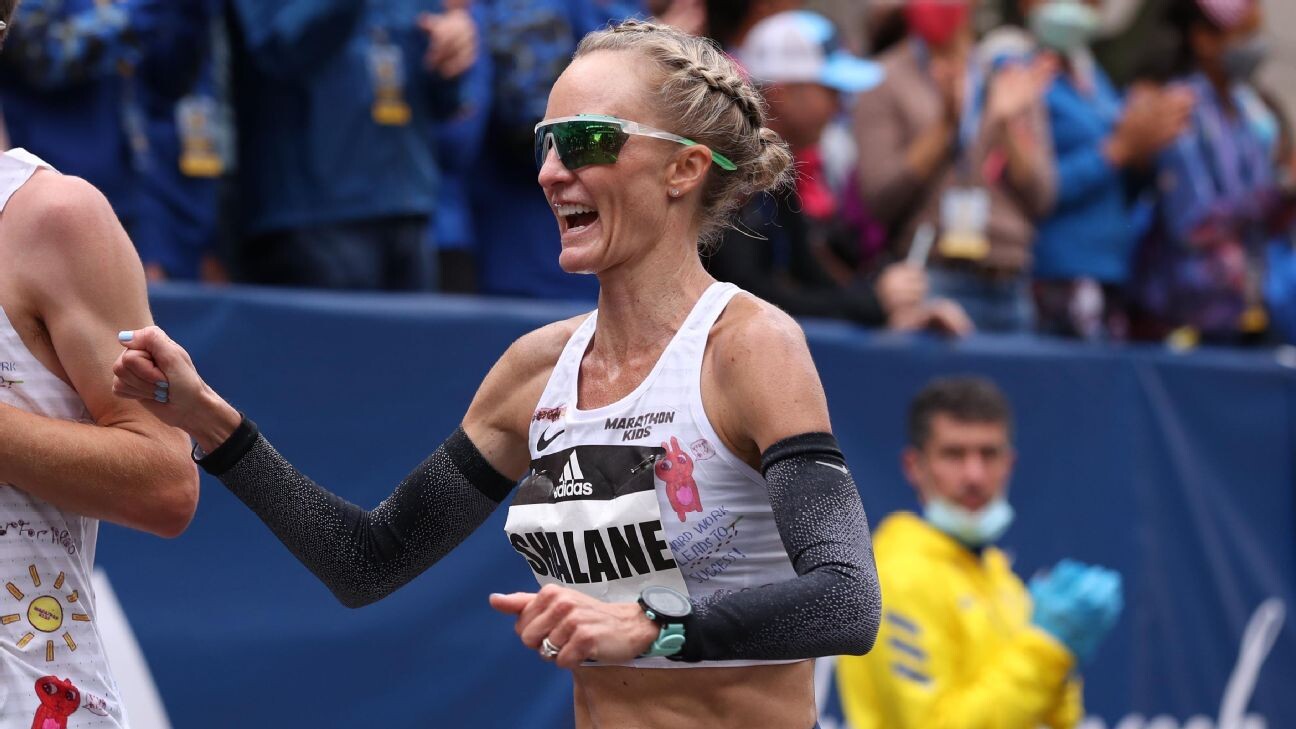
In 2017, Flanagan ended a 40-year winless drought for American women at the New York City Marathon by winning the prestigious event.
Flanagan made her Olympic debut in 2004 when she was 23, and returned in 2008 to win a silver medal in the 10,000m. Flanagan also has a bronze medal to her credit from the 2011 IAAF World Cross Country Championships in Spain.
Flanagan, now 41, is an 18-time U.S. champion with six titles in each discipline (track, road and XC). She won two of her 18 titles at the Historic Hayward Field in Eugene, Ore, which is the training ground for the University of Oregon track and field program.
In 2019, she announced her retirement from running but then paused her retirement in 2021 to complete all six Abbott Marathon Majors in seven weeks. She ended up finishing all six races in under three hours.
by Marley Dickinson
Login to leave a comment
Caster Semenya unnoticed at World Championships The South African Olympic champion fails to advance in the 5,000 meters in Oregon – her first major international competition since 2017
How many times had South Africa’s Caster Semenya charged onto the Hayward Field homestretch seemingly in a different race than the rest of the pack, the sport’s most storied stadium rocking as Semenya raced into the deafening roar?
How many times had American track and field’s most knowledgeable fans, most passionate crowd stood in appreciation of the two-time Olympic, three-time World 800-meter champion?
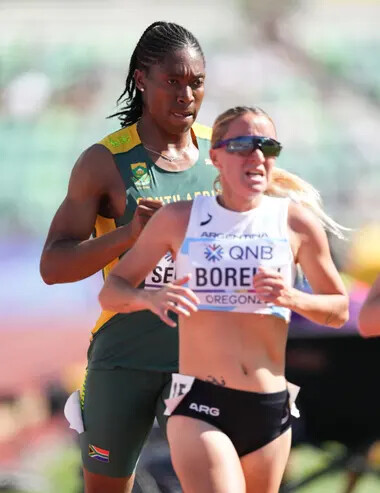
On a scalding hot afternoon at the World Championships on Wednesday, Semenya labored through the final meters of her 5,000-meter heat in front of a half-empty stadium, largely ignored or unnoticed even in a place that calls itself Tracktown U.S.A.
Semenya, one of the most compelling and controversial athletes of her generation, has fallen so far off the sport’s radar since 2019 that the most well-known of her fellow competitors on Wednesday didn’t even realize she was in the competition.
“Caster?” asked Sifan Hassan, the Olympic 5,000 and 10,000 champion from the Netherlands, who ran in a later heat on Wednesday.
“Caster Semenya ran the 5,000?” Hassan asked again. “ I had no idea. I didn’t even know she was here. Did she make it?”
Semenya, running in her first major international competition since winning the 2017 Worlds 800 title, did not advance to the final, finishing 13th in her heat, running 15 minutes, 46.12 seconds, nearly a minute off the winning time of Gudaf Tsegay of Ethiopia (14:52.69).
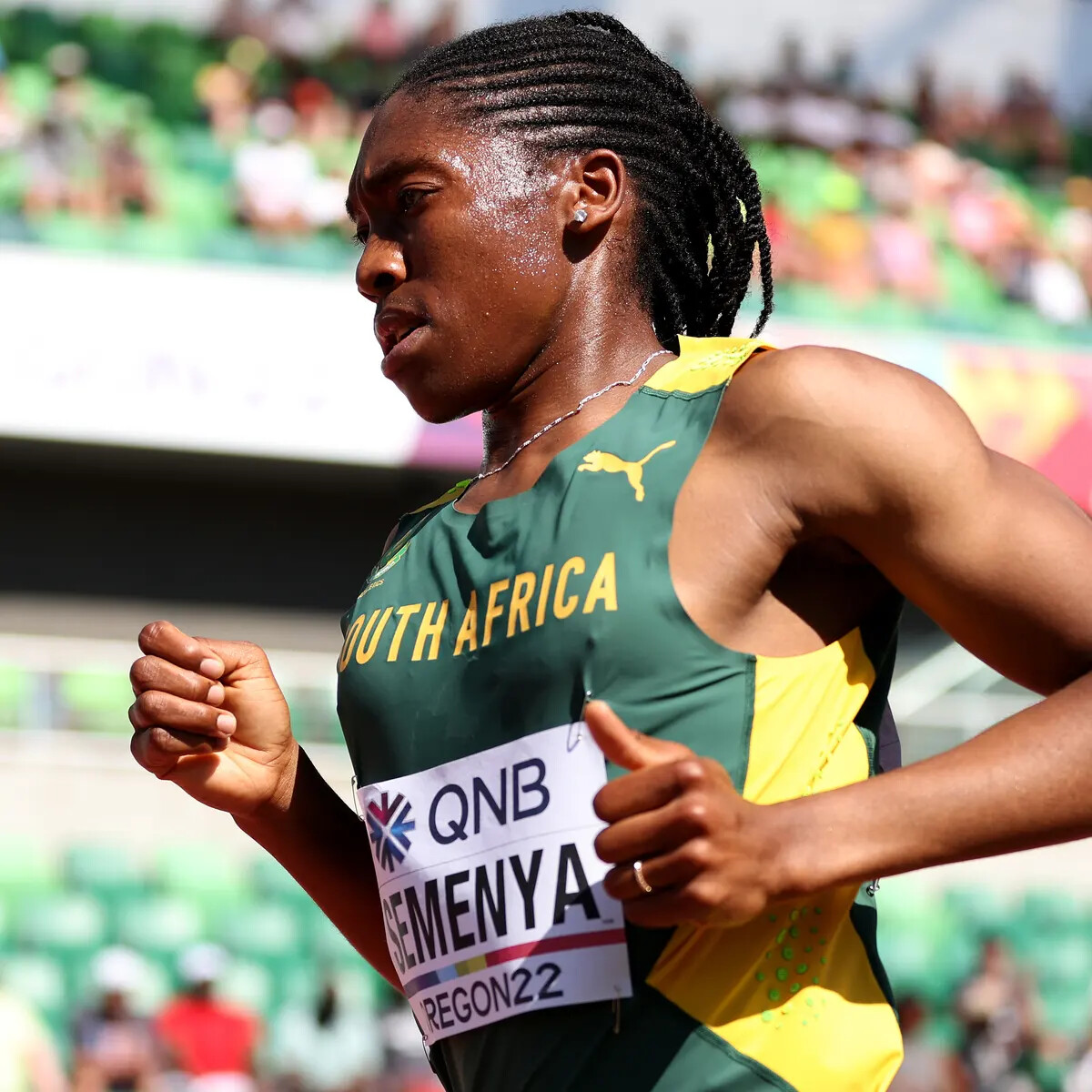
“Cooking,” Semenya said after the race, referring to the heat. She declined to answer reporters’ questions.
Under different circumstances, the sport would be obsessing over the prospect of a showdown between Semenya, 31, and Athing Mu, the 20-year-old Olympic champion from the U.S. in Sunday’s 800 final and whether the pair could challenge the world record of 1:53.28 that was set by Czechoslovakia’s Jarmila Kratochvilova in 1983.
Instead, Semenya, who was assigned female at birth, raised as a girl and identifies as a woman has not raced the 800 in meets sanctioned by World Athletics, the sport’s international governing body, because of her refusal to submit to the organization’s guidelines regarding intersex athletes.
Under the World Athletics guidelines athletes in events from the 400 to the mile – in other words, Semenya’s events – are required to take hormone suppressing drugs to reduce their testosterone to below 5 nanomoles per liter for at least six months before being allowed to compete internationally.
Semenya has an intersex condition called Differences in Sexual Development (DSD) or 46, XY that because of differences in sex development that causes male and female traits and a testosterone level higher than the typical female range. She is not transgender.
“I am a woman and I am a world-class athlete,” Semenya said in 2019, shortly before the Prefontaine Classic, her final 800. “The IAAF will not drug me or stop me from being who I am.”
Semenya had found herself unwittingly in the center of controversy almost from the moment she emerged on the world stage a decade earlier.
She won her first Worlds title in 2009 as an 18-year-old, a victory that prompted Russia’s Mariya Savinova to suggest the South African was a man.
“Just look at her,” Savinova said.
While the results of Semenya’s sex test were supposed to be confidential they were leaked to Australia’s Daily Telegraph. Semenya has internal testes but no ovaries or womb, the newspaper reported quoting the test report.
“She is a woman, but maybe not 100 percent,” IAAF secretary general Pierre Weiss said at the time, doing nothing to discourage the headline writers at New York’s Daily News who blared that the World champion “is a woman … and a man.”
Semenya began taking a hormone suppressant drug. She finished second to Savinova at both the 2011 Worlds and 2012 Olympics.
“The IAAF used me in the past as a human guinea pig to experiment with how the medication they required me to take would affect my testosterone levels,” she said in 2019. “Even though the hormonal drugs made me feel constantly sick the IAAF now wants to enforce even stricter thresholds with unknown health consequences.
“I will not allow the IAAF to use me and my body again. But I am concerned that other female athletes will feel compelled to let the IAAF drug them and test the effectiveness and negative health effects of different hormonal drugs. This cannot be allowed to happen.”
Semenya was awarded the 2012 Olympic gold medal in 2017, two years after the World Anti-Doping Agency recommended that Savinova receive a lifetime ban for doping and her results dating to July 2010 be disqualified.
Given the event’s suspect history, the irony of World Athletics now demanding she dope to level the playing field is not lost on Semenya.
“I’m not going to do that,” she told the Orange County Register after the 2019 Prefontaine meet. “I’m a very clean athlete. I believe in the clean sport. I believe in the equal opportunities. At the end of the day, this is a woman’s sport, this is a man’s sport. If they’re going come (at) me with that nonsense then why do you lead?”
Semenya challenged World Athletics guidelines with the Court of Arbitration for Sport. A three-member CAS panel in June 2019 said the World Athletics policy was “discriminatory” toward athletes with DSD but two of the panel members, nevertheless agreed with the World Athletics that policy was “necessary, reasonable and proportionate” to counter advantages DSD athletes have over other female competitors. Semenya and other female athletes with DSD should be considered “biological males” World Athletics told CAS.
Switzerland’s Supreme Court rejected Semenya’s appeal in September 2020. She filed an appeal with the European Court of Human Rights in February 2021.
While Semenya fell short in her bid to reach the Olympic 200-meter qualifying standard last year, the success of other intersex athletes has raised further questions about the World Athletics policy.
by Scott Reid
Login to leave a comment
World Athletics Championships Budapest23
Budapest is a true capital of sports, which is one of the reasons why the World Athletics Championships Budapest 2023 is in the right place here. Here are some of the most important world athletics events and venues where we have witnessed moments of sporting history. Throughout the 125-year history of Hungarian athletics, the country and Budapest have hosted numerous...
more...The Dibaba family of Ethiopia dominated the women’s long-distance running for decades
The Dibaba Sisters, from Ethopia, is the fastest family on earth.
Ethiopian distance runner Tirunesh Dibaba made history at the 2008 Beijing Olympics when she became the first woman to win gold in both the 5,000-metre and 10,000-metre races. She defended her gold medal title in the 10,000 metres at the 2012 London Olympics, becoming the first woman to win the event at two consecutive Olympics.
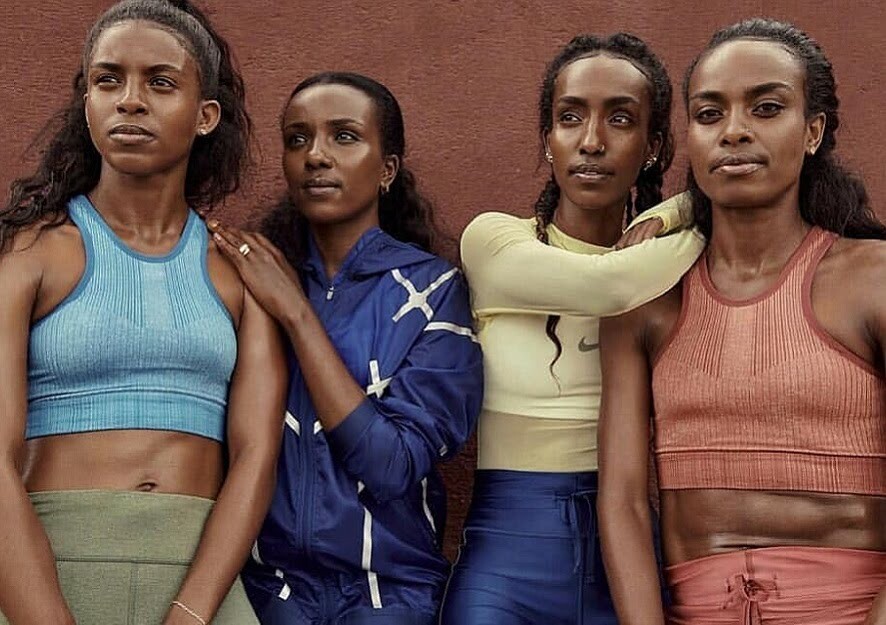
She was inspired by a family of runners. In fact, she and her sisters have been amazing in the field of distance running. The Dibaba sisters — Tirunesh, Genzebe, Anna, and Melat — are the only siblings in recorded history to hold concurrent world records, and they are a fiercely competitive family from a humble background.
Their parents, Gutu Tola and Dibaba Kaneni, were not athletes themselves but their children have always acknowledged the support that their parents have given them to thrive in athletics.
Her baby-like face combined with her track performance gave her the perfectly fitting nickname ‘The Baby Faced Destroyer’.
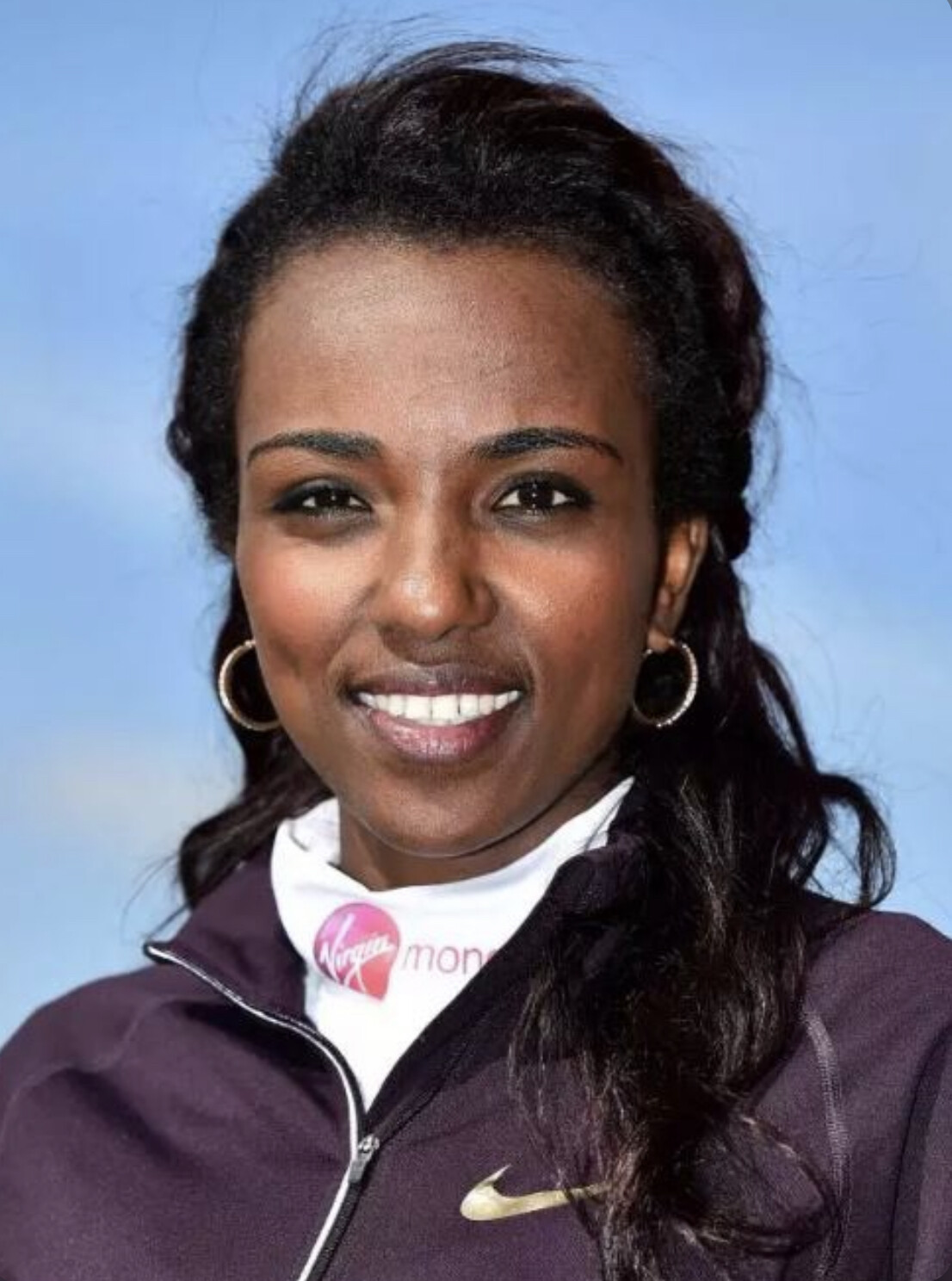
Fourth born in a family of six, Tirunesh started running with a clear focus on becoming a professional athlete at the tender age of 14.
Her sister, Ejegayehu Dibaba was already a professional athlete, and her cousin, Derartu Tulu, also helped inspire to take up athletics.
Moving to the Ethiopian capital of Addis Ababa in 2000, the year her cousin Ejegayu had won her second Olympic gold during the Sydney Olympics in the 10,000-meter race, Tirunesh moved in to live with Ejegayu launching her athletic career.
Just over two years later, in 2003, Tirunesh would win her first international medal by scooping gold in the 5000 metres during the IAAF World Track & Field Championships.
A year later, Tirunesh competed in the Olympics winning the bronze medal finishing behind teammate Meseret Defar and Kenya’s Isabela Ochichi.
From there Tirunesh went on to establish herself as one of the greatest ever long-distance woman runners of all time becoming the youngest female World Champion in the history of athletics. She has gone on to win three Olympic gold medals.
In her highly decorated career, Tirunesh boasts of three Olympic gold medals and three bronze along with five World Championship gold and one silver. Additionally, she has four World Cross Country Championships 4 gold medals, and 2 silver, and has won two African Championships gold and one silver medal.
In total, ‘The Baby Faced Destroyer’ has 14 gold medals, four silver, and three bronze medals from all major global athletics events.
The biggest reason behind her success has been the blistering speed that she used in the final laps leaving the competition in her wake.
Now 37 years old, Tirunesh has informally retired as one of the greatest track and field athletes of all time. She has won everything and set records that will take a while before they are broken.
Ejegayehu Dibaba
Ejegayehu is the eldest of the Tirunesh’s and just like her younger sister she has also carried the Dibaba’s flag high and to the top.
Winner of the 10,000m silver medal in the 2004 Athens Olympics, Ejegayehu finished ahead of her cousin Derartu Tulu who took the bronze.
Other medals from major internationals include two World Championships bronze in Helsinki 2005 in the 5000m and 10,000m.
She also went on to surprise the world by winning her debut marathon in Chicago in 2011.
Genzebe Dibaba
Genzebe is the youngest of the family and has also tasted the sweetness of winning an Olympic medal. Her moment of glory in the Olympics came in the 2016 Rio Olympics winning silver in the 1500m race.
In total Genzebe won a total of 11 gold medals, five silver medals, and two bronze medals in her athletic career.
Derartu Tulu
Cousin of the three sisters, Derartu Tulu's exploits were an inspiration to the Dibabas setting the pace for her cousins by concurring the world.
Tulu became the first Black African woman to win an Olympic gold medal winning the 10,000m race at the 1992 Barcelona Olympics.
Eight years later she would win her second Olympic gold at the 2000 Sydney Olympics.
She would have an incredible achievement winning a medal in three different Olympics winning a bronze at the 2004 Athens Olympics in the 10,000m.
Other major titles in her illustrious career include 10,000m gold and silver medal at World Athletics Championships in Gothenburg 1995 and Edmonton 2001.
Sileshi Sihine
Sileshi Sihime is a two-time Olympic silver medalist with over a dozen major athletics medals under his belt. Married to Tirunesh Dibaba, he is a three-time Olympic gold medalist.
Conclusion
In terms of ‘Sports Dynasties’, the Dibabas are the 'African Sports Dynasty’. Talent, hard work, and dedication are clearly what enabled the Dibabas to conquer the world of women's long-distance races for decades.
Login to leave a comment
George Hirsch is passing the baton to Nnenna Lynch after 18 years at the NYRR
George Hirsch sent this message to My Best Runs today and others. "I am writing this to tell you that I will be stepping down as Chairman of New York Road Runners on June 30, 2023 after serving eighteen years in that role," wrote George.
"As one who has been involved with this extraordinary organization for more than five decades, it has been an honor and the privilege of a lifetime to have worked with such a diverse and talented team of people. The memories and adventures are too numerous to recount and we can save them for another day."
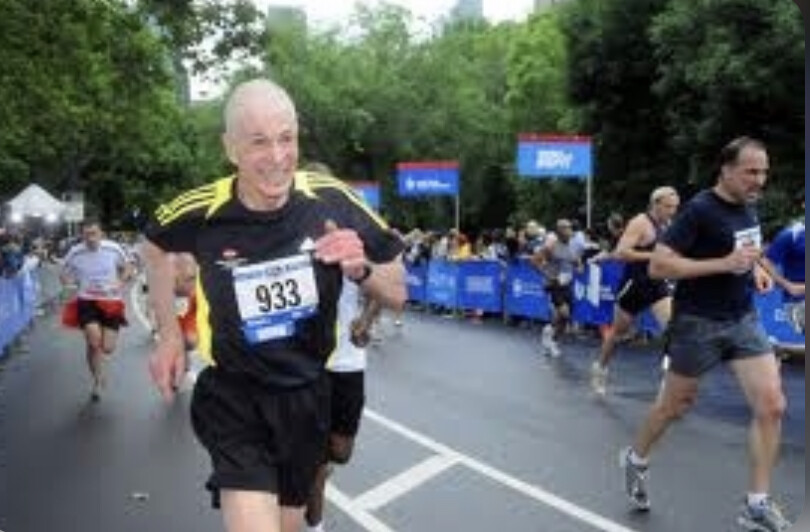
"However now is the time to look ahead and I’m thrilled that Nnenna Lynch (photo) will succeed me as Chairperson. She is truly the ideal person for the role: an elite runner who won several NCAA Championships at Villanova, she has an extensive background in business and community engagement as well as working for the City of New York during the Bloomberg administration."
"Oh, and did I say that she was a Rhodes Scholar among her many achievements? During this next year, Nnenna and I will be working closely to assure a smooth and positive transition for our beloved NYRR. And then I will become Chairman Emeritus, cheering on my passionate colleagues as they continue to find new ways to help and inspire people–all people–through running," onward George.

Nnenna Lynch was born July 3, 1971, in New York City, New York) and is a retired middle distance and long distance runner from the United States.
She won the gold medal at the 1997 Summer Universiade in Catania, Italy in the women's 5,000 metres event.
In January 1998, she placed first at the US world cross-country trials in Orlando, qualifying her to represent the country at the 1998 IAAF World Cross Country Championships at Marrakech, where the US women's team finished 5th.
She currently lives in New York with her husband Jonathon Kahn and two young children.
"The New York Road Runners has done as much as any other organization to promote running at all levels around the world. Their New York City Marathon is considered one of the best marathons in the world. Under the leadership of George Hirsch, the NYRR grew to what it is today," says Bob Anderson (MBR publisher and RW founder) who has known George for over 50 years.
"Good luck Nnenna Lynch in this transition and we look forward to seeing the continued success of the NYRR under your leadership," stated Bob Anderson.
Login to leave a comment
The world's fastest man is once again putting on his football boots for a good cause
Usain Bolt is back to captain the Rest of the World XI against England in Soccer Aid.
The former Olympic sprinter is once again involved as skipper, having played in the past few matches. Fittingly, the match is taking place at London's Olympic Stadium - a football venue in its own right as the home of West Ham, but also the place where Bolt set the Olympic record on the way to defending his 100m crown in 2012.
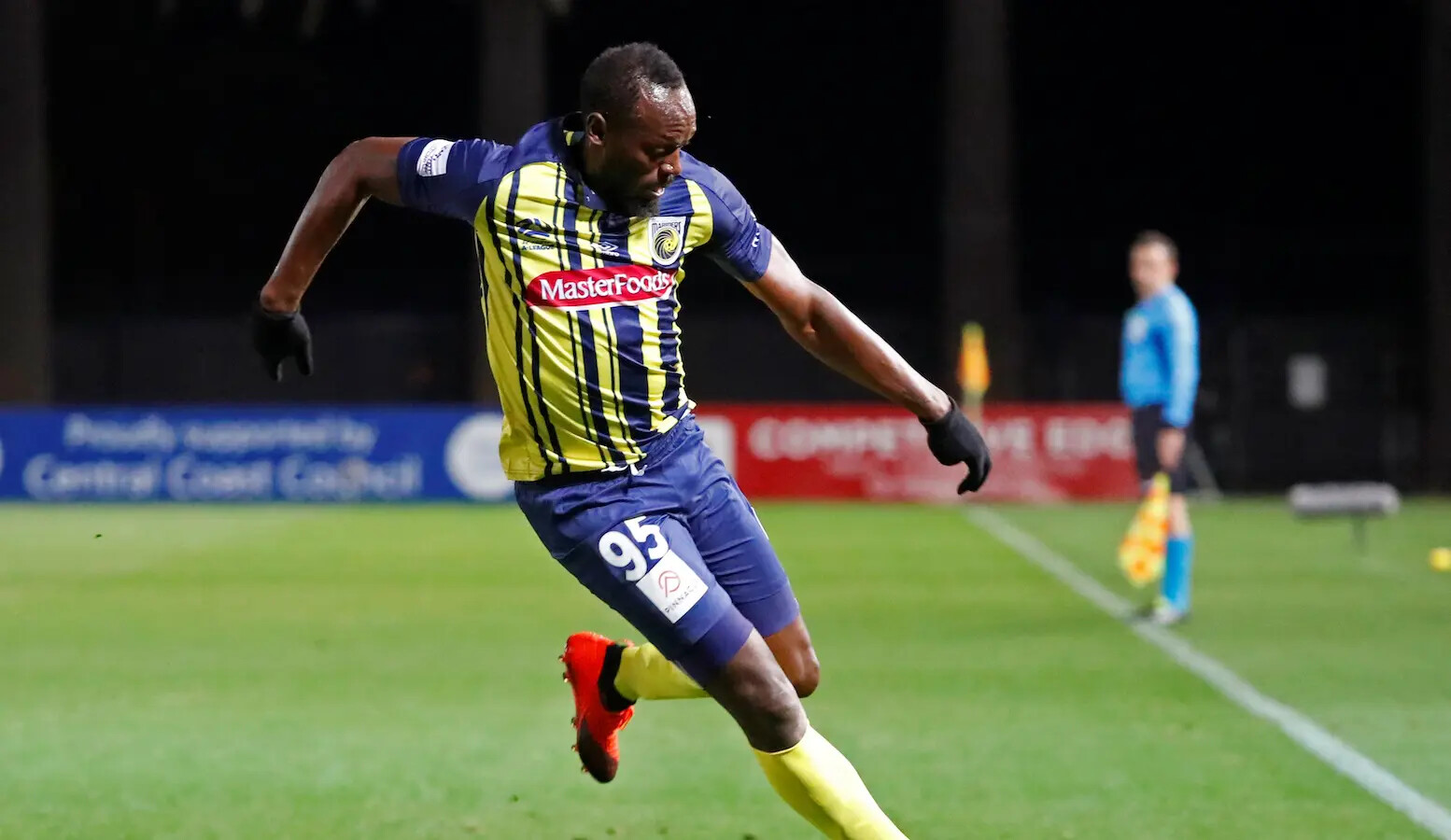
London 2012 was a highlight in a storied career that saw Bolt establish himself as the fastest man in the world and set records that have yet to be beat. The 9.63 seconds it took him to win gold in 2012 remains an Olympic record - beating the one he'd set in 2008 - but the overall world record was set by himself a few years before that.
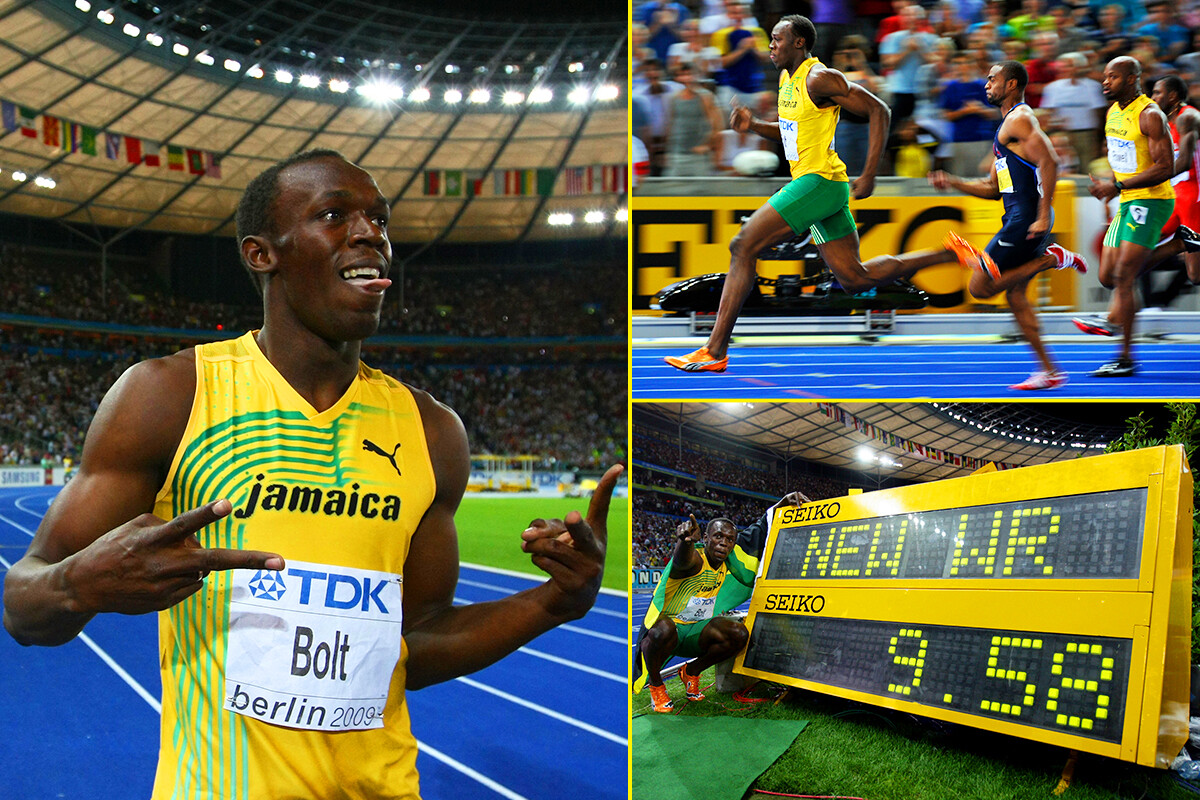
Bolt set the current 100m world record at the 2009 IAAF World Championships, clocking an incredible 9.58 seconds for the feat. His average ground speed was 37.58km/h (23.351 miles per hour), whilst reaching a top speed of 44.72km/h (27.788 miles per hour) in the 60-80m stretch – numbers fitting for the world’s fastest man.
He first held the 100m world record in 2008 at the Reebok Grand Prix in the Icahn Stadium in New York, clocking 9.72 seconds to beat fellow Jamaican Asafa Powell’s record of 9.74 seconds set at the IAAF Grand Prix in Rieti, Italy, a year before. He brought the record down further to 9.69 seconds at the 2008 Olympics in Beijing, before hitting his peak in 2009.
9.58 seconds remains the world record for the 100 metres and Bolt has commemorated that in past Soccer Aids by wearing the number - complete with decimal point - on the back of his shirt. For added measure, Bolt also holds the record for the 200 metres - running 19.19 seconds at the 2009 World Championships.
Login to leave a comment
Former World Athletics president Lamine Diack has died
The former head of global athletics Lamine Diack, who presided over the sport from 1999 to 2015 but was later convicted for corruption, has died aged 88, his family told AFP.
The Senegalese was head of the International Association of Athletics Federations (IAAF), now renamed World Athletics, the world governing body of track and field, the cornerstone of Olympic sport.
Diack, who was also a powerful figure at the International Olympic Committee (IOC), was found guilty of corruption by a French court in 2020 for covering up Russian doping cases in exchange for millions of dollars of bribes.
He was sentenced to four years in prison, of which two were suspended, and fined 500,000 euros ($560,000).
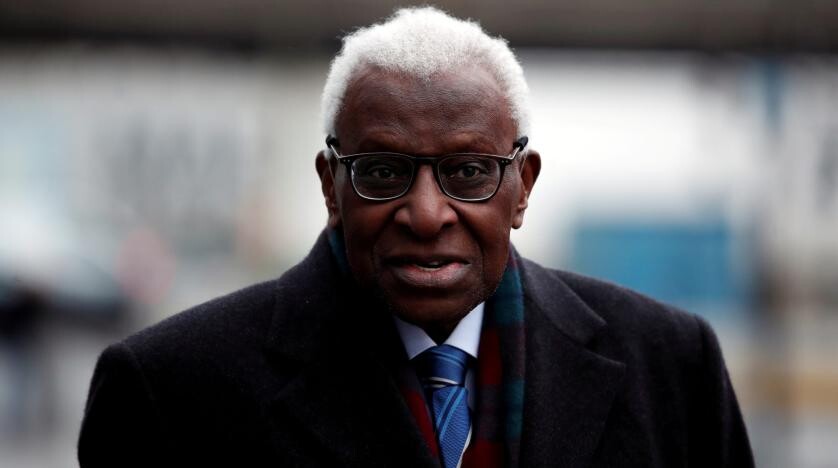
The trial in Paris heard that the money was paid in return for "full protection", to allow Russian athletes who should have been banned to escape punishment.
Twenty-three Russian athletes had their doping offences hushed up so they could compete at the 2012 London Olympics and 2013 world championships in Moscow.
Because of his age, Diack, a former long jumper, football coach and then businessman and politician who was decorated in the Kremlin in late 2011, was spared jail.
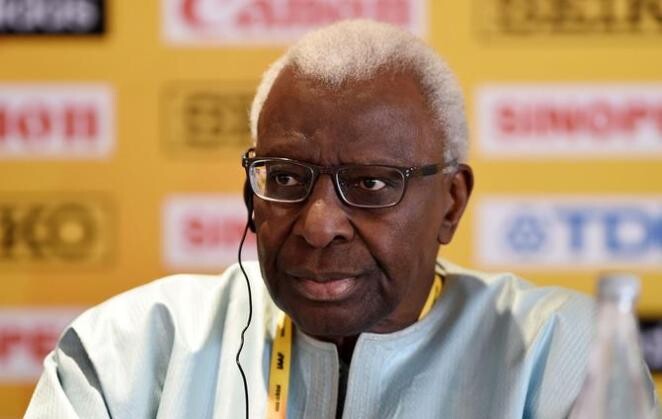
His son Papa Massata Diack, a former marketing executive for the IAAF, was tried in absentia because Senegal refused to extradite him. He was sentenced to five years in prison, fined one million euros and banned from all sport for 10 years.
- Olympic figure -
Lamine Diack, a member of the IOC from 1999 to 2013 and then an honorary member from 2014-15, was embroiled in another corruption affair linked to the awarding of the 2016 Rio Olympics and the Tokyo Olympics, that were postponed because of the pandemic but took place this year.
Despite not being jailed over the Russian corruption, he was held in France because of his indictment in the case involving suspected Olympic vote-buying. His passport had been confiscated.
But a judge soon lifted the ban on Diack leaving France, provided he paid a bond and that he continued to respond to summonses.
Senegalese Premier League side Jaraaf de Dakar, where Diack was club president, said it had sold part of its headquarters property to pay the bail.
Diack was replaced by Britain's Sebastian Coe in August 2015 as head of world athletics. The disgraced Senegalese had resigned from the IOC in the same year.
Coe had been one of Diack's vice-presidents at the then-IAAF between 2011 and 2014.
Born in Dakar on June 7, 1933, Diack started his sporting career as a long jumper, winning the French athletics championships title in 1958. A knee injury prevented him from competing in the 1960 Olympics, however.
He was also a footballer and was technical director of Senegal's national team from 1966 to 1969.
Diack also became head of Senegal's Olympic Committee, mayor of Dakar, a lawmaker and was head of the West African country's national water company before becoming the first non-European to take over as head of the IAAF following the sudden death of its previous president Primo Nebiolo.
The African power-broker said he had played a key role in globalising athletics and his time at the top certainly coincided with a huge boom in its revenues.
Diack was in charge as the sport grew and developed beyond its European and North American core.
He oversaw its move from amateur to professional status, ensured complete equality in events and prize money for men and women, and established international competition circuits for athletes in all the disciplines.
But the Senegalese had previous brushes with scandal before the most recent charges.
Diack and Issa Hayatou, acting FIFA president for four months in wake of the 2015 corruption case against Sepp Blatter, both received warnings from the IOC in 2011 over cash payments they received from International Sport and Leisure (ISL), a marketing company whose collapse caused a major scandal for football's governing body.
by AFP
Login to leave a comment
South African Caster Semenya cleared to compete until Swiss court ruling
Caster Semenya will be allowed to compete without restriction until the Federal Supreme Court of Switzerland has passed judgment on a new IAAF ruling.
The Court of Arbitration for Sport (CAS) ruled that the IAAF could implement a regulation that would require Semenya to take medication to lower her testosterone levels in order to compete against women in track events ranging from 400 meters to a mile.
However, the two-time Olympic 800 meters champion has continued to challenge the ruling and lodged an appeal in Switzerland last week.
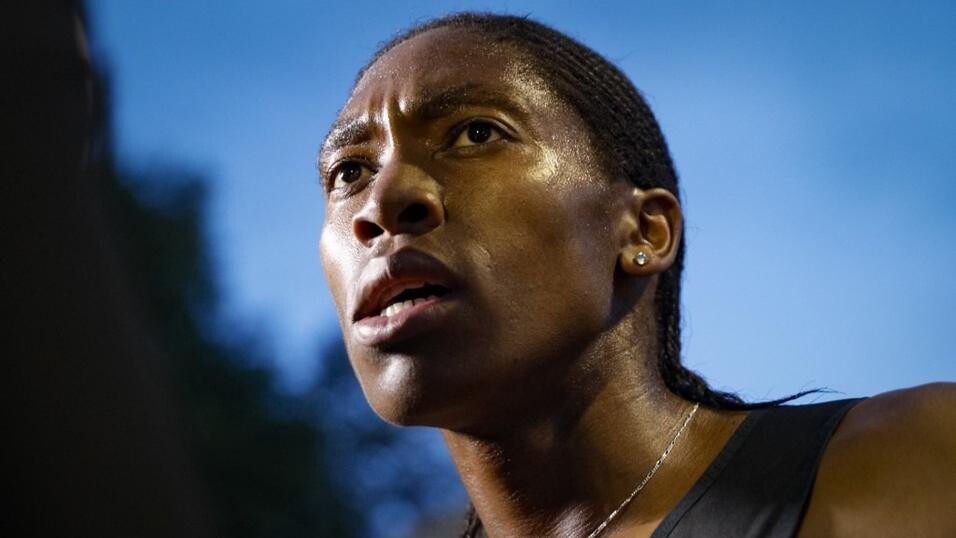
The 28-year-old asked the Swiss Federal Supreme Court to set aside the decision in its entirety.
It has now been confirmed that the IAAF must suspend its implementation of the regulations until the Swiss Supreme Court, which will receive submissions from the body, has made a ruling.
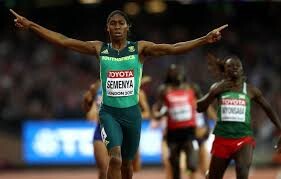
Semenya, who ruled out retiring after winning the 800 at the Diamond League event in Doha last month, two days after the CAS ruling was announced, will be able to compete for the time being.
"I am thankful to the Swiss judges for this decision," she said in a statement released Monday. "I hope that following my appeal I will once again be able to run free."
Dorothee Schramm, Swiss counsel for Semenya, said: "The Swiss Supreme Court has granted welcome temporary protection to Caster Semenya. This is an important case that will have fundamental implications for the human rights of female athletes."
by Ben Spratt
Login to leave a comment
How the Dibaba sisters from Ethiopia became the fastest family on earth
Ethiopian distance runner Tirunesh Dibaba made history at the 2008 Beijing Olympics when she became the first woman to win gold in both the 5,000-metre and 10,000-metre races. She defended her gold medal title in the 10,000 metres at the 2012 London Olympics, becoming the first woman to win the event at two consecutive Olympics.
She was inspired by a family of runners. In fact, she and her sisters have been amazing in the field of distance running. The Dibaba sisters — Tirunesh, Genzebe, Anna, and Melat — are the only siblings in recorded history to hold concurrent world records, and they are a fiercely competitive family from a humble background.
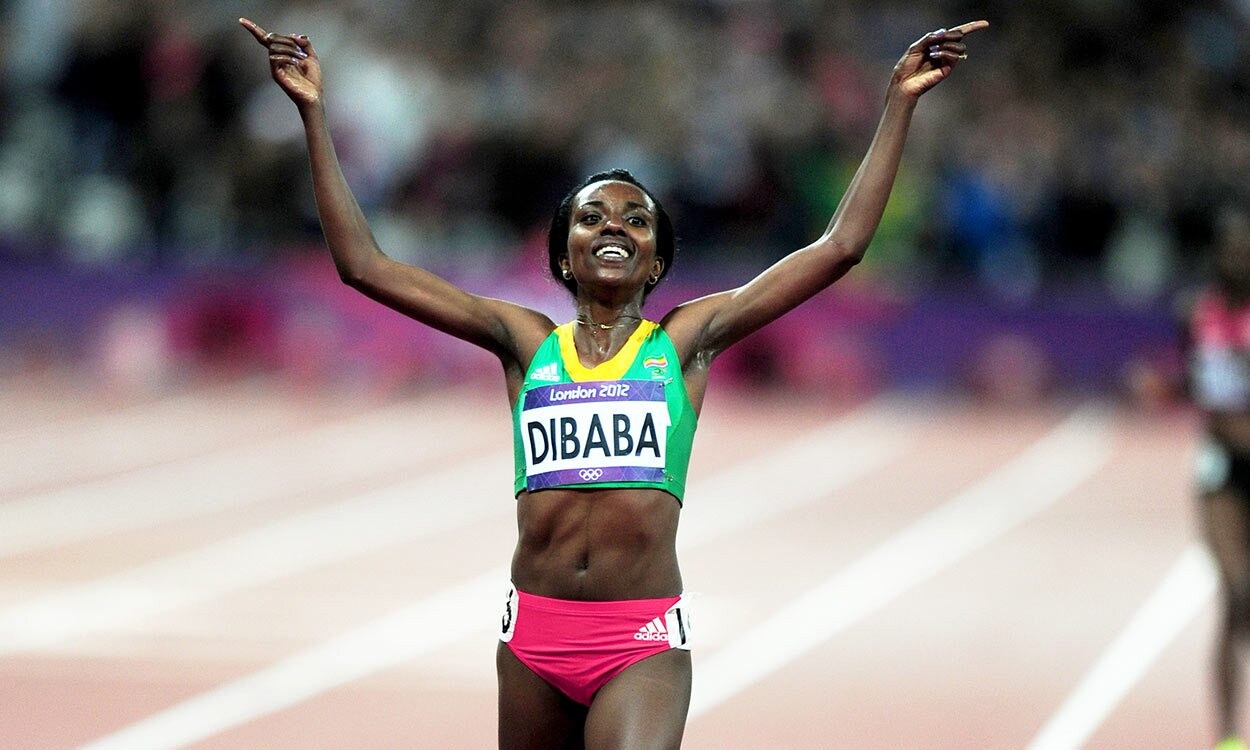
They were raised in a round mud hut in the Ethiopian capital, Addis Ababa, without electricity. Their parents were subsistence farmers who grew wheat, barley and teff. As a matter of fact, the Dibaba siblings are seven in all, and all of them run. Tirunesh, however, is the most decorated, having three Olympic gold medals. She had wanted to enroll in school but opted for the Corrections (Prisons Police) sports club.
At age 15, she debuted internationally on Ethiopia’s junior squad at the 2001 world cross-country championships, where she placed fifth. She continued with junior-level silver medals in cross-country and on the track in 2002. She won the world junior cross-country title in 2003, set a 5,000-metre junior world record and won gold in the 5,000 metres at the International Association of Athletics Federations (IAAF) world track and field championships, making her the youngest-ever world champion in her sport.
Her sister, Genzebe, is not doing badly in sports. Ejegayehu, who is their older sister, is also an Olympian who won silver from Athens. Their cousin, Derartu Tulu, was the first Black African woman to win Olympic gold in the 1992 games. She won another Olympic gold medal in Sydney in 2000.
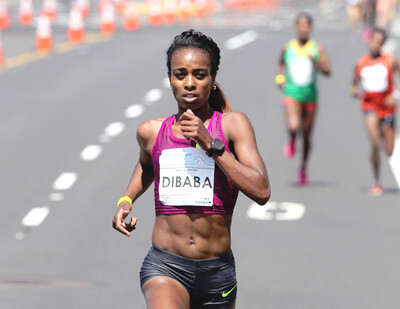
“It’s not a stretch to say they are the world’s fastest family”, Ato Boldon, NBC’s track analyst, told Vogue in 2016. The sisters have remained a household name in Ethiopia, a country that has produced some of the world’s greatest runners, alongside Kenya.
The mother of the Dibaba sisters told Vogue that the siblings are successful thanks to the environment they were raised in, especially the ready supply of milk they get from the family cows. According to Vogue, author David Epstein has said that much of Ethiopia and Kenya lies in an altitude “sweet spot” high enough to cause physiological changes but not so high that the air is too thin for hard training.
The runners’ feat is also attributed to their diet — especially teff rich in iron and calcium — and their “small lightweight frame”. The Dibaba sisters have the body type good for sports, analysts say. Boldon said in 2016 that if one compares the sisters to a car, they would be a Ford Focus with a Ferrari engine.
The Dibabas are good at sports but they don’t really like watching sports. They prefer movies, especially Amharic films, said Tirunesh, who in 2008 married fellow track-and-field Olympic medalist Sileshi Sihine in a nationally televised wedding ceremony.
And just like other successful athletes, the Dibabas have invested their monies back into their communities. The sisters, alongside their in-laws, are real estate moguls owning several buildings in Addis Ababa. Still, the sisters continue to shine brightly in the sports world.
by Mildred Europa Taylor
Login to leave a comment
Ugandan and Kenyan claim wins at Istanbul Marathon
The only intercontinental marathon in the world was held in three categories: the 42,195 meters run, as well as the 15-kilometre and eight-kilometre public run.
Uganda's Victor Kiplangat and Kenya's Sheila Jerotich have clinched the 43rd Istanbul Marathon.
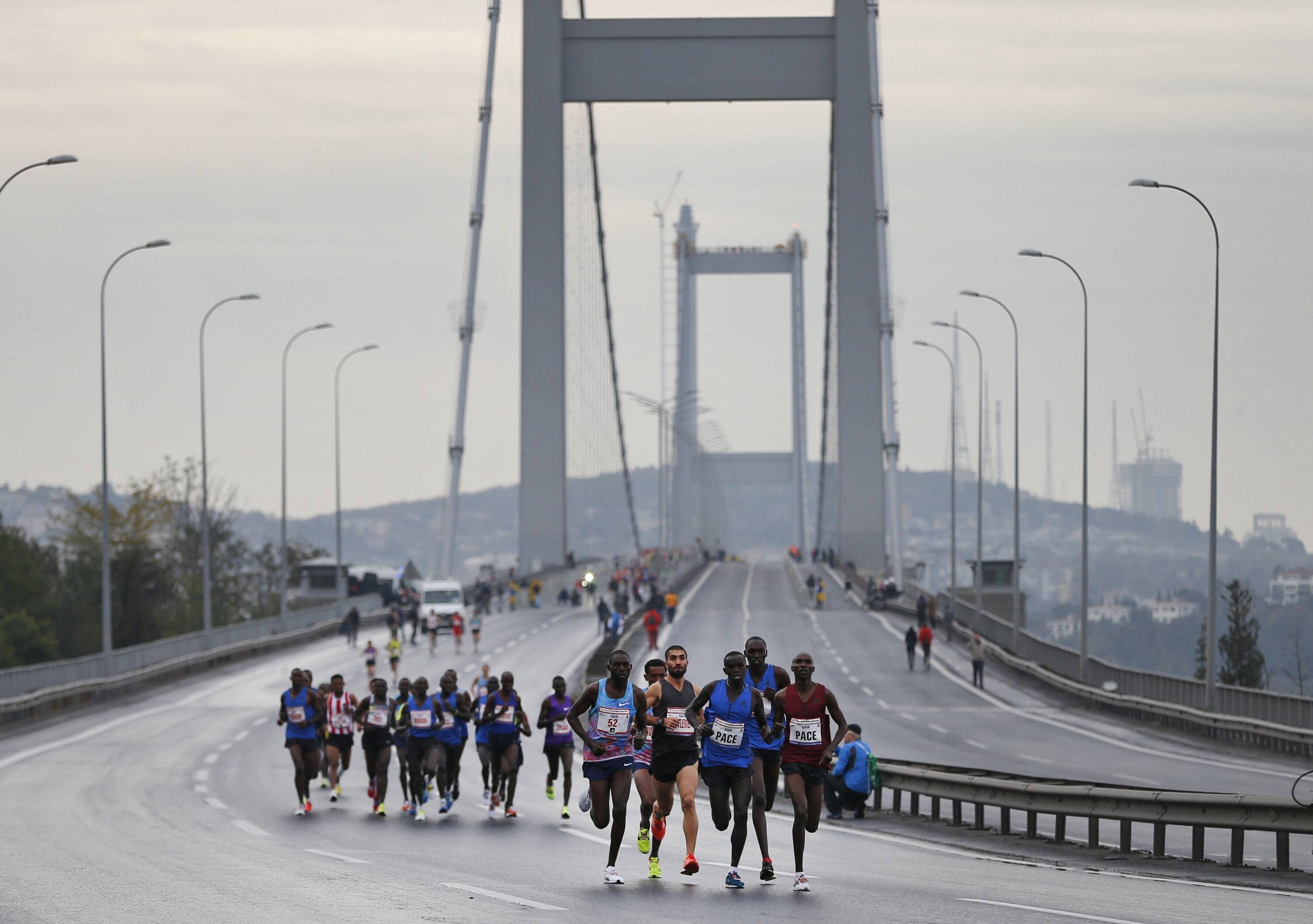
Kiplangat, 21, won the men's title, while Jerotich, 32, claimed women's race in the annual road running event on Sunday that hosted 54 elite athletes.
Both athletes each received a $35,000 prize.
The only intercontinental marathon in the world was held in three categories: the 42,195 meters (138,435 feet) run, as well as the 15-kilometer (9.3 miles) and eight-kilometer public run.
The concept of running from Asia to Europe, which was first brought up by Tercuman Newspaper in 1973, was realized in 1979 with a group of German tourists.
The Istanbul Marathon, which is included in the "Gold Label Road Races" of the World Athletics Association (IAAF), is among the most popular marathons in the world.
Login to leave a comment
N Kolay Istanbul Marathon
At the beginning, the main intention was simply to organise a marathon event. Being a unique city in terms of history and geography, Istanbul deserved a unique marathon. Despite the financial and logistical problems, an initial project was set up for the Eurasia Marathon. In 1978, the officials were informed that a group of German tourists would visit Istanbul the...
more...Ruth Chepngetich Marks First US Race With First-Place Finish in Chicago Marathon
Ruth Chepngetich marked her first appearance racing in the U.S. with a huge victory at the 2021 Bank of America Chicago Marathon.
After dropping out of the Olympic Marathon in August due to an injury, Kenya’s Ruth Chepngetich, 27, came to the Chicago Marathon eager for a victory.

She blasted off at world record pace, running 15:37 for the first 5K and dropping her male pacer, Johnny Rutford, by around mile 8.5. But by mile 10, she'd slowed dramatically. Still—despite running much of the race alone and clocking a 5:53 mile between miles 23 to 24—she’d banked enough of a lead to hang on for the victory, crossing the line in 2:22:31
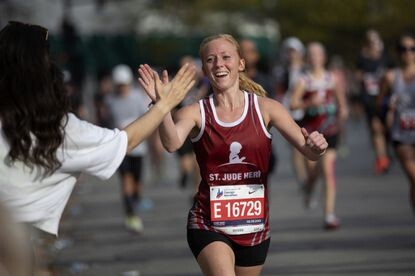
Since the Kenyan sensation made her marathon debut in 2017, she has finished in the top three of every race she has completed and Chicago was no different.
Taking an early lead in the race, Chepngetich beat out American competitors Emma Bates and Sara Hall and crossed the finish line well ahead of the rest of the elite women's field.
Chicago marks just the latest in a series of wins for Chepngetich, who also won in Dubai, Istanbul (twice), and at the 2019 IAAF World Championships. But it also marks a big return after a disappointing performance in the Tokyo Olympics.
While she went into the Olympics as the favorite for gold, she struggled during the race and dropped out around the 30K mark, her first DNF at the marathon distance.
Chepngetich holds a marathon personal best of 2:17:08, making her the fourth fastest woman in history.
“I have never raced in the States and making my debut in such a great race like the Bank of America Chicago Marathon is more than a dream to me,” said Chepngetich. “I will give all myself trying to run as fast as possible. The presence of such a wonderful elite field will boost me.”
Shalane Flanagan finishes 25th in the women's race at the #ChicagoMarathon in 2:46:39. Now she has less than 22 hours to get to the starting line of the #BostonMarathon. Her times so far: Berlin, 9/26, 2:38:32 London, 10/3, 2:35:04 Chicago, 10/10, 2:46:39
Login to leave a comment
Bank of America Chicago
Running the Bank of America Chicago Marathon is the pinnacle of achievement for elite athletes and everyday runners alike. On race day, runners from all 50 states and more than 100 countries will set out to accomplish a personal dream by reaching the finish line in Grant Park. The Bank of America Chicago Marathon is known for its flat and...
more...History of track and field at the Olympics
Track & field events at the Olympics make use of some of the most basic physical maneuvers that human beings perform, so it’s no surprise that it has a long and storied past. Every event uses running, jumping, and throwing, simple and necessary movements used by early humans to survive, hunt, make war and have fun. Let’s take a look at the origins of track & field events, from their inclusion in the ancient Olympics to today.
If you’re interested in betting on track & field today, you should check out sportsbooks that take wagers on those events, like Fanduel.
Origin At The Ancient Olympics
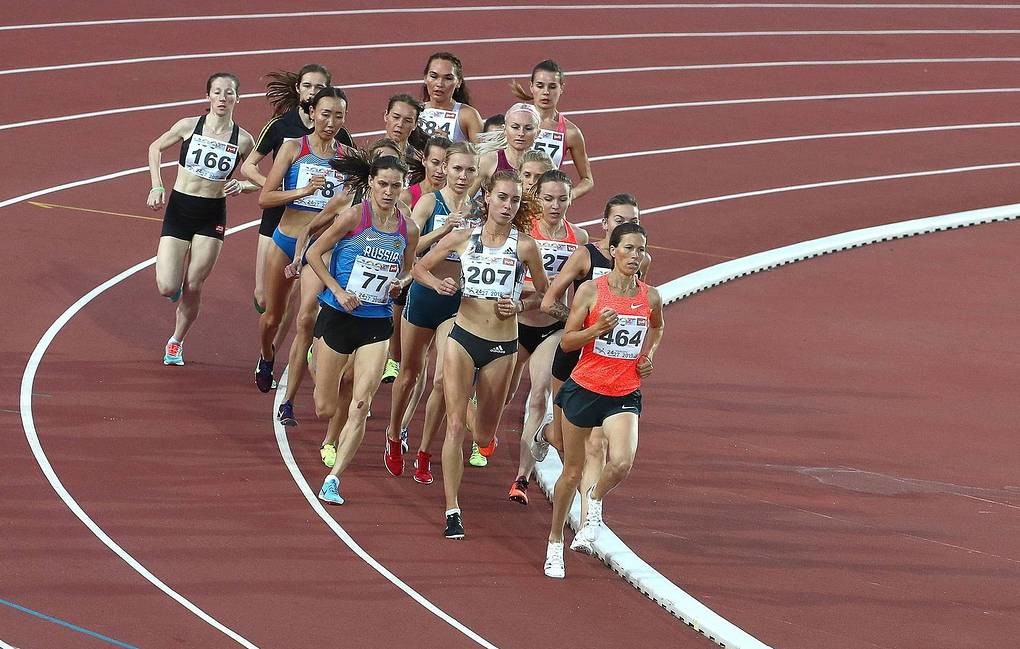
As we said, the origin of track & field is thought to come from human prehistory. Where the Olympics is concerned, however, we can point to the Ancient Olympic Games. While the first Olympic games used the stadion, a simplistic footrace. It was the pentathlon years later that created what we could call the first track & field events. This combined the stadion event with the javelin throw, the discus throw, and the long jump, before a finale where athletes wrestled one another. The first pentathlon was held at the 18th Ancient Olympics, which took place in 708 B.C. That’s 2,700 years ago!
Track & field events were also performed at the Panhellenic Games, where they then eventually spread to Italy and then into Northern Europe throughout the Middle Ages (500 – 1500 A.D.) These events kept track & field activities alive till the revival of the Olympic Games.
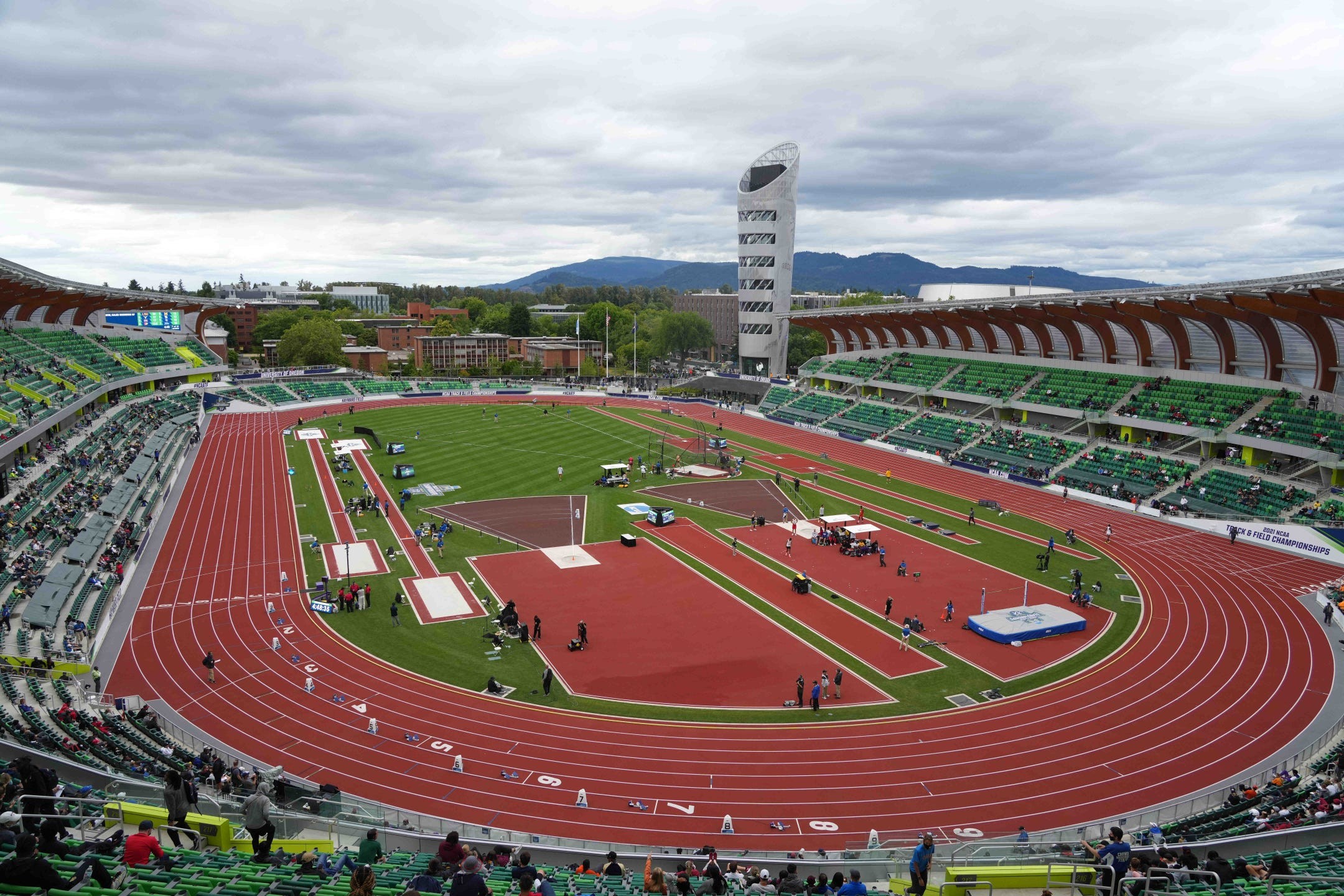
Revival At The Olympic Games
The Olympic Games as we know it today returned in 1896 with the Athens Summer Olympics. Bringing together fourteen nations who fielded over two hundred athletes, they competed across forty events. One of those events combined track & field activities with the marathon as part of their athletics program.
It is thought that its inclusion was because of numerous athletic clubs in Britain and America during the 1800s, where public schools and military academies started using track & field training which then developed followings from those who wanted to engage in those activities for leisure purposes.
The Olympics struggled for its next gatherings after 1896. This changed in 1912 with the so-called Swedish Masterpiece, where the fifth Olympic Games went off without a hitch in Stockholm and attracted massive appeal. It was also the last event to use solid gold medals and the first time they welcomed an Asian nation, Japan, to join the games.
At these games, the track & field event wasn’t without controversy. Pentathlon winner Jim Thorpe was revealed to have played baseball for money in the past, technically breaking the amateurism rules enforced at the Olympics, and so his track & field medals were stripped. They were reinstated 29 years after his death.
The International Amateur Athletic Federation, the IAAF, then became the governing body for track & field events.
From The ‘60s To Now
Over the course of the century, the Olympic Games steadily became the most popular and prestigious athletic event, and track & field was along for the ride. Multi-sport events like track & field inspired similar activities in the Commonwealth Games and the Pan-American Games. As televisions became more mainstream in the 60s, worldwide audiences could now view and become fans of specific track & field runners. This gradually overthrew their amateurism rule as Olympic performers became professional athletes.
Something else was also going on in the world during the 60s, the Cold War. While the war was silently raging in the background, the Olympics became a battleground where athletes from the USA and the USSR clashed across multiple sports, including track & field.
From the 90s onward, the popularity of the sport would only improve as the IAAF grew. The IAAF now hold their own events too, where track & field athletes test their mettle outside of the Olympics. At the last Olympic Games, in Rio de Janeiro, track & field events were hosted.
by Colorado Runner
Login to leave a comment
Tokyo 2020 Olympic Games
Fifty-six years after having organized the Olympic Games, the Japanese capital will be hosting a Summer edition for the second time, originally scheduled from July 24 to August 9, 2020, the games were postponed due to coronavirus outbreak, the postponed Tokyo Olympics will be held from July 23 to August 8 in 2021, according to the International Olympic Committee decision. ...
more...17 Years After His Dad Raced at the Athens Games, Randolph Ross Makes the Olympic Team
It was the best Father’s Day gift the North Carolina A&T program director could have asked for.
At first, Duane Ross was in “coach mode” while he watched his son, Randolph Ross, compete in the 400-meter final at the U.S. Olympic Track and Field Trials. The track program director of North Carolina A&T was also nervous—knowing that Randolph was competing in his ninth race in 11 days and first national championship at Hayward Field—but he was confident his son would still find a way to qualify for the Tokyo Games on Sunday.
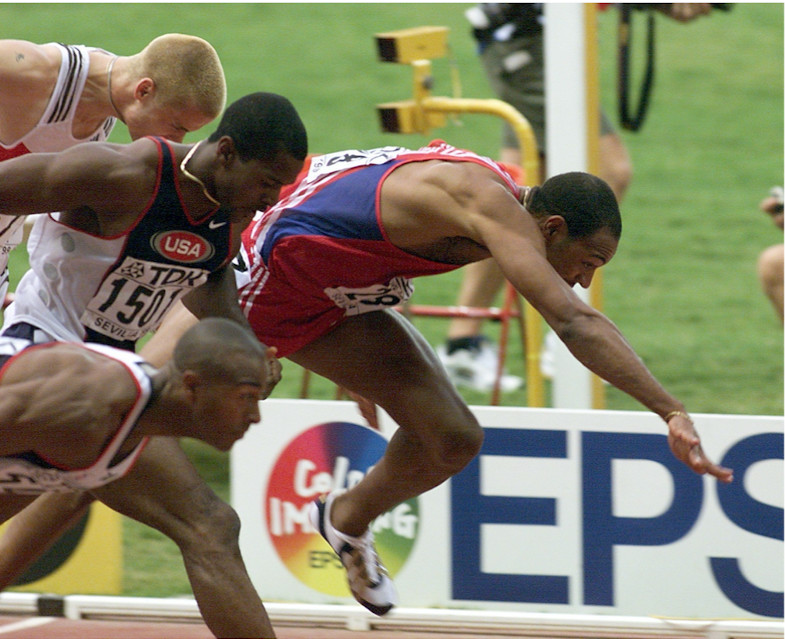
Randolph, running in lane eight, hit the homestretch in fourth place behind Michael Norman, Michael Cherry, and Elija Godwin. But the college sophomore charged the last 100 meters, switching gears to come from behind and pass Godwin for third in 44.74. Norman won in 44.07 and Cherry placed second in 44.35.
At 20 years old, Randolph made his first Olympic team—17 years after his dad finished second in the 110-meter hurdles at the 2004 Olympic Trials and represented the U.S. in Athens.
“It wasn’t about me having joy because he’s following in my footsteps; it was literally seeing the joy on his face [because] he’s accomplished something that he’s talked about for a while,” Duane told Runner’s World. “He’s been in track for awhile. He grew up around it, and that smile said it all. That victory lap and that smile just brought me to tears. When he came up and gave me a hug, he said, ‘Happy Father’s Day.’”
→ Join Runner’s World+ to get the latest running news, training tips, and exclusive workouts!
Picking up track, just like his dad
Randolph was born on New Year’s Day 2001, and he’s the oldest son in a family with seven children. “I knew from this kid’s birthday that he was going to be special. 01/01/01,” Duane said.
Right around when Randolph was born, Duane was in the prime of his professional track career. He represented Team USA at four IAAF World Championships, including the 1999 meet in Seville where he earned bronze in the 110-meter hurdles (In 2010, the U.S. Anti-Doping Agency disqualified all of Duane’s results in competition since November 2001 because of information uncovered by the BALCO investigation).
When Duane finished ninth in the 110-meter hurdles at the 2004 Olympic Games, 3-year-old Randolph was in the stadium in Athens, watching his father race.
“Even when I was competing, he was always with me, always at the track,” Duane said. “We were laughing about that the other day. One of his favorite music groups is The Temptations. [They’re] way before his age, but it’s my favorite group and when he was a child, whenever we were in the car, that’s what we’d listen to. We’ve always been very close.”
Randolph started competing in track and field when he was 5 years old. He also participated in football and basketball, but ultimately decided to focus on track going into his junior year at Garner Magnet High School in Garner, North Carolina.
“Competing in track and field was just different,” Randolph told Runner’s World. “You have a team, but it’s more individual, and I just felt like that’s where I belong more than on the football field or the basketball court.”
At the time, Duane was well into building the program at North Carolina A&T. He offered advice to his son when needed but otherwise left his early development to his high school coaches—and he felt like they left a lot of potential on the table.
“He never lifted weights in high school, never did real interval work. I wanted him to enjoy track and field,” Duane said. “He’s got so much more. People don’t realize he’s just getting started.”
As a senior in 2019, Randolph won the 400-meter title in 46.80 at the North Carolina state meet, and then decided to join his father’s college program at North Carolina A&T. Randolph said he made the decision to focus on track because the sport felt like a calling he wanted to pursue for himself.
“[My dad] didn’t have any pressure on us,” Randolph said. “He wanted us to do our own thing, find our own way, but we ended up following him regardless.”
The sprinter is happy to go in his father’s footsteps with a deeper understanding of the effort and discipline required to compete at the highest level of the sport. When he arrived on campus in Greensboro in the fall of 2019, Randolph joined his father and eventually his younger sister (Jonah Ross just finished her freshman year) on the squad Duane has been leading since 2012.
“Our whole team is basically family,” Randolph said. “We all get treated the same way and we all work just as hard. It’s been a blessing growing with the team.”
Dealing with the pandemic
During the 2020 indoor track season—his first with the Aggies—Randolph ran a world lead in the indoor 400 meters, clocking 45.44 in January. He and the rest of the NCAA qualifiers were in Albuquerque, New Mexico for the 2020 NCAA Indoor Championships in March when the NCAA canceled the championship and the rest of the track season in the early stages of the pandemic. Instead of competing for NCAA titles, Duane had to inform his son that they were going home not knowing when they’d be able to compete or practice together again.
“He was a favorite in the 400 [meters], and he shed a tear when they canceled it,” Duane said. “I mean, that’s tough, and it was tough for me to tell him. … Quite a few [student athletes] shed a tear because they didn’t know what was next.”
To cope with the cancellations and stay-at-home orders, Duane honed in on regular zoom meetings, leaned into his program’s structure and discipline, and emphasized to his team the importance of focusing on themselves instead of outside competition. In September 2020, the squad was able to resume training together. By January 2021, the Aggies were prepared to take on the program’s best season to date.
At the 2021 NCAA Indoor Championships in March, the Aggies finished fifth overall in the men’s team competition, highlighted by the program’s first-ever NCAA title in the 4x400-meter relay. The relay squad ran 3:03.16, the fifth-fastest time in NCAA history. The team is also the first from a historically Black college or university (HBCU) to win an NCAA indoor title in the 4x400-meter relay since Morgan State won in 1966, according to North Carolina A&T athletics. In the open 400 meters, Randolph finished second and All-American Trevor Stewart placed seventh.
Coming into the championships as underdogs
Despite the mens team’s top-five finish during the indoor season, North Carolina A&T came into the NCAA Outdoor Championships, held at Hayward Field from June 9 through 12, ranked low among the top teams in the country. The week before the championship, USTFCCCA projected the men at No. 12 and the women No. 13.
“They see the rankings, but they do a good job of just using it as motivation and fuel,” Duane said. “They’ll pay attention to it, and then toss it to the side.”
In the men’s 400-meter final on June 11, Randolph won the NCAA title in 43.85, setting a new world lead in the third-fastest time in collegiate history, while his teammate, Stewart, finished fourth. Later that day, the sprinters contributed to the Aggies’ 4x400-meter relay victory. They also finished third in the 4x100-meter relay.
By the end of the meet, North Carolina A&T had blown up the pre-meet rankings, scoring 35 points for a third-place finish on the men’s side. The women’s team finished fourth overall with 31 points thanks to Cambrea Sturgis’s 100-200-meter sprint double.
‘A moment we’ll never forget’
A week later, Randolph returned to Hayward Field for three rounds of the 400 meters at the U.S. Olympic Trials. Battling fatigue from the demand of back-to-back championships, Randolph still believed he would make his first Olympic team and even texted his father the morning of the final to share his goal. “I said, ‘Happy Father’s Day. Now let’s go make this team,” Randolph said. “He said, ‘That’s right. Thanks boy, I love you.’”
When he crossed the finish line and qualified for Tokyo, Randolph gave his dad a Father’s Day gift and a legacy that’s been 20 years in the making. Now he aims to win Olympic gold in the 400 meters and the 4x400-meter relay with his father in the stands this summer.
“Having the ability to actually follow in my dad’s footsteps all the way—the Olympics is as high as it gets when you go out there to compete for your country, it’s what everybody’s end goal is,” Randolph said. “Being able to share something with him, and basically almost live the same life he did growing up, wanting to work so hard for it, it’s a moment we'll probably never forget.”

by Runner’s World
Login to leave a comment
Former Kansas track and field athlete Bryce Hoppel qualified for the 2020 Tokyo Olympics
Bruce Hoppel finished third in the men’s 800 meters with a time of 1:44.14 and secured a spot on the U.S. Olympic team for next month’s Olympics.
“I tried to give it everything I had,” Hoppel said in a post-race interview. “That wasn’t me out there. That was all my support, my family, my friends, my coaches, just everybody. I left it all out there. It’s incredible.”
While at Kansas, Hoppel dominated on the track, winning four Big 12 titles, including a sweep of the 800-meter title both indoors and outdoors during the 2019 season. Hoppel also collected five All-American honors and was a two-time National Champion. He also is the KU indoor school record holder in the 800 meters and the second-fastest in school history outdoors in the 800 meters.
Hoppel continued his success after leaving Kansas. He placed fourth at the 2019 IAAF World Indoor Championship in Doha, Qatar, and won the 2020 USA Indoor Championship. Also, in February, Hoppel set a new American record in the 1,000 meters at the New Balance Indoor Grand Prix in Boston.
The Tokyo Olympics will take place from Friday, July 23, to Sunday, August 8, 2021.
Login to leave a comment
Tokyo 2020 Olympic Games
Fifty-six years after having organized the Olympic Games, the Japanese capital will be hosting a Summer edition for the second time, originally scheduled from July 24 to August 9, 2020, the games were postponed due to coronavirus outbreak, the postponed Tokyo Olympics will be held from July 23 to August 8 in 2021, according to the International Olympic Committee decision. ...
more...Olympian Amy Cragg Officially Retires and Joins the Puma Coaching Staff in North Carolina
She won bronze in the marathon at the 2017 world championships and ran 2:21:42 at the 2018 Tokyo Marathon—her lifetime best.
Amy Cragg, who represented the U.S. at the 2012 and 2016 Olympics, is officially retiring from professional running. She is now coaching the Puma-sponsored training group alongside her husband, Alistair, in Chapel Hill, North Carolina.
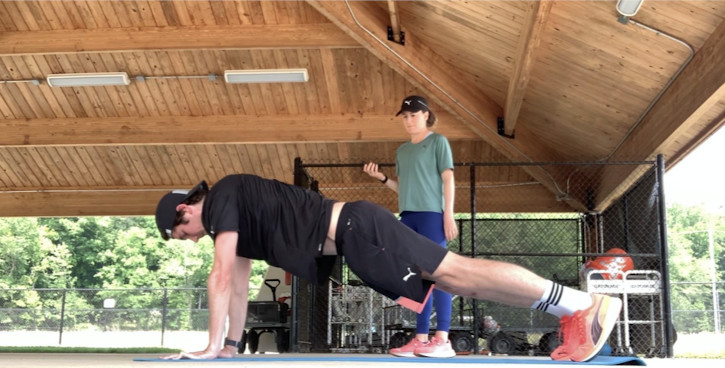
Her career highlights include winning the 2016 Olympic Marathon Trials, finishing third in the marathon at the 2017 world championships, and running a 2:21:42 PR in the 2018 Tokyo Marathon.
Cragg withdrew from the 2020 Olympic Marathon Trials last February, citing illness.
Amy Cragg—who won the 2016 Olympic Marathon Trials, took the bronze medal in the marathon at the 2017 IAAF World Championships, and ran the 2018 Tokyo Marathon in 2:21:42, making her the sixth-fastest American in history at the distance—announced she is retiring from competitive running.
She is now officially a coach with the new Puma-sponsored training group based near Chapel Hill, North Carolina. Her husband, Alistair, is the group’s head coach.
Cragg, 37, said in a phone call with Runner’s World that she took the time she needed to make the decision. “It was definitely time [to retire],” she said. “It’s been great. I’m definitely enjoying life on the other side.”
She had suffered from persistent fatigue over the past couple of years, which kept her from competing at the 2020 Olympic Marathon Trials. Now, she says, she’s feeling well again and running between two and four miles, several times a week, “just to get out there and enjoy it.”
In the summer of 2020, Cragg and her husband drove across the country from their home in Portland, Oregon, where she had trained with Bowerman Track Club for years. They looked at various locations along the way, trying to figure out where to establish Puma’s new training base.
Although they considered different spots at altitude, they ultimately decided the Research Triangle area of North Carolina was ideal for its weather, ease of travel to European track meets and American road races, and the 22-mile, crushed gravel American Tobacco Trail, which has every quarter mile marked. (The Craggs took a wheel out to measure 10 miles of the trail, and the quarters were spot on.)
They also considered medical support in the area, affordability, and job prospects for runners’ significant others.
“I’ve lived in places where people didn’t have a social life or their significant other didn’t have a social life or couldn’t work, and they were depressed,” Cragg said, “and that doesn’t lead to longevity in the sport. We want to create an environment that leads to longevity in the sport. For a lot of people, it takes them a little longer to get there. However long it takes you, we want it to be a good place for that.”
The team currently has Taylor Werner and Fiona O’Keeffe, both of whom are qualified for next month’s U.S. Olympic Track and Field Trials; Steven Fahy, a steeplechaser who currently is nursing a foot injury; and Emmanuel Roudolff-Levisse, a French marathoner. The Craggs—believers in the powers of group training—expect their numbers to grow, albeit slowly.
“We aren’t in a rush to get people,” she said. “We want to get the right people. We’re hoping these are 10-year athletes, not two- or three-year athletes.”
Cragg’s career flourished when she was in her 30s, and she was involved in some of the more memorable moments in Trials history. In 2012, she narrowly missed making the team in the marathon, finishing fourth at the Trials in Houston behind Shalane Flanagan, Desiree Linden (then Davila), and Kara Goucher.
But Cragg (then Hastings) turned her attention back to the track and won the 10,000 meters at the 2012 track trials to earn her first trip to the Games. At the Olympics in London, she finished 11th in 31:10.69, her personal best.
Four years later, at the 2016 Olympic Marathon Trials in Los Angeles, Cragg and training partner Flanagan ran stride for stride together, breaking the race open before the halfway point. But by the 23rd mile, Flanagan was struggling in the heat. Cragg slowed to stay with her, urging her onto the finish. With less than two miles to go, and Linden lurking in the background, Cragg finally left Flanagan and won the race in 2:28:20, waving her visor as she broke the tape.
Linden was second, in 2:28:54, and Flanagan willed herself across the line in third in 2:29:19, where she collapsed and was carried off the course. In Rio, their finishing order was reversed: Flanagan was sixth, Linden seventh, and Cragg ninth, the best collective performance by any country’s three athletes in the event. (The 2016 gold and silver medalists are currently serving suspensions for anti-doping violations.)
Training at times up to 130 miles per week with the Bowerman Track Club in Portland, Cragg qualified for the world championships in 2017 in London. At the race, she moved into third place with 400 meters and sprinted to a bronze medal.
Cragg said that was her top moment as a professional runner. “It kind of just made my entire career worthwhile,” she said.
Seven months later, in Tokyo, she ran her lifetime PR, 2:21:42, taking nearly six minutes off her previous best and putting her among the country’s top runners in history.
Cragg’s world championships bronze marked a renaissance of sorts for American women’s distance running. In Chicago in 2017, Jordan Hasay ran 2:20:57, Flanagan won the New York City Marathon in 2017, and Linden won Boston in 2018.
But after Tokyo, Cragg experienced a series of health setbacks and never was able to regain her top form for a marathon. She ran 15:54 5K in New York in November 2018 and finished third at the U.S. 5K championships, but she raced only twice in 2019. Both races—a 10K and a half marathon—were far from her best. She had planned to run the Chicago Marathon, but pulled out in the summer.
In an interview with Runner’s World at the time, Cragg talked about the fatigue she felt. “I think we just went too hard for too long,” she said. “I ‘cooked myself’ is what I’ll say. Took some time off when we realized it wasn’t coming around for Chicago. Now I’m feeling a lot better and ready to go.”
But citing illness, she withdrew from the 2020 Olympic Marathon Trials in February in Atlanta.
Her only race results from 2020 were pandemic-era intrasquad meets put on by her Bowerman Track Club at a high school track in Portland. Cragg ran a few 400s and 800s at slow paces—seen as fulfilling contractual obligations.
Her peers had nothing but praise for her.
“I’m thrilled for Amy. She’s had a tremendous career,” Linden, who first met Cragg when they were undergraduates at Arizona State University, told Runner’s World in a text message. “If people could have eavesdropped on our long run conversations during our ASU days, they would have laughed at how audacious our goals were. It’s been incredible to watch her check them all off one by one and then accomplish even more. I’m grateful that while being in a hyper-competitive career, Amy’s been able to remain a friend, and I know we’ll have many more conversations about her future goals.”
Shalane Flanagan wrote in a text, “I’m so happy for her. She was a wonderful teammate and one of the toughest athletes I got to train alongside. I treasure all the time spent together chasing big goals and dreams.” 

by Runner’s World
Login to leave a comment
Disgraced former world athletics head Lamine Diack returned home to Senegal after released
Disgraced former world athletics head Lamine Diack returned home to Senegal late Monday after a local soccer club paid a bond of just over $600,000 to allow him to leave France.
Diack, the president of world athletics from 1999-2015, was convicted in Paris in September on multiple charges of corruption during his tenure, some of it related to the Russian doping scandal. He was sentenced to four years in prison, with two of those years suspended.
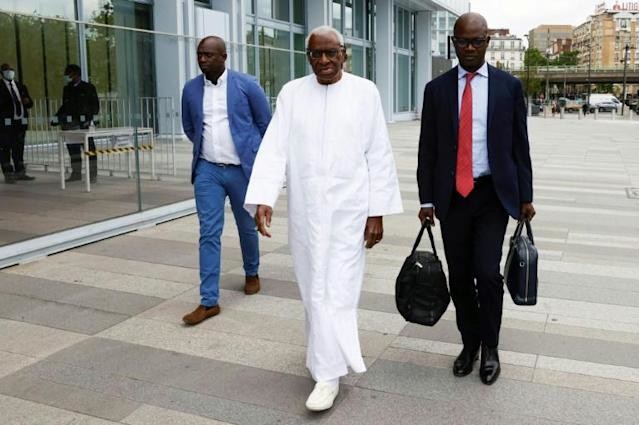
But French justice authorities said Diack, who is 87, was unlikely to spend any time in jail because of his age. He had been held under house arrest in France since 2015.
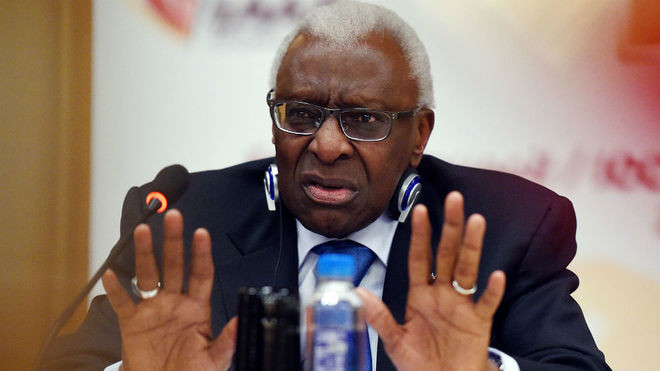
The bond is related to a separate case against him.
Simon Ndiaye, a lawyer for Diack, said he was allowed to leave France after posting bail in a case involving alleged bribery in the buildup to the vote for the host city for the 2016 Olympics.
Diack was handed preliminary charges in that case and his passport was confiscated, but a French judge lifted the ban on him leaving the country on condition he pay 500,000 euros and continue to answer court summons, Ndiaye told The Associated Press.
"He was relieved, moved and happy to be able to return to his country and his family,'' Ndiaye said. "But it remains a legal case that affects him. He finds it unfair. He continues to deny wrongdoing in both cases.''
Diack appeared frail as he walked through the airport after arriving in Dakar. He wore a smart blue suit but used a walking stick and was helped by a family member. He did not make any comments.
The bond money was raised by a soccer club in Senegal that Diack once led, according to Ndiaye and an official with the club. Youssou Dial, vice president in charge of finance at Jaraaf de Dakar, said the club raised the money by selling off some of its properties.
Diack was president of Jaraaf in the 1970s and in the late 1990s and 2000s.
His conviction in France last year marked a spectacular fall from grace for a man who was head of World Athletics, then known as the IAAF, for nearly two decades and was an influential figure in the world of Olympic sports.
Diack was found guilty of being part of a scheme that squeezed 3.2 million euros ($3.8 million) in bribes out of Russian athletes suspected of doping. The hush money allowed the athletes, who should have been suspended, to keep competing. Diack was also found guilty on breach of trust charges but acquitted of money laundering.
His son, Papa Massata Diack, who worked as an IAAF marketing consultant, was also convicted and was sentenced to five years in jail in his absence. The judge said $15 million was funneled to the younger Diack's companies from various contracts negotiated by the IAAF while his father was in charge.
Papa Massata Diack lives in Senegal, which refused to extradite him to France for the trial. Both Diacks have appealed their convictions.
Four others were found guilty on charges related to corruption or receiving bribes in the scandal. They were former IAAF treasurer Valentin Balakhnichev, former IAAF doping official Gabriel Dolle, former IAAF lawyer Habib Cisse, and Russian coach Alexei Melnikov.
by Associated Press
Login to leave a comment
The first lady of Polish sport, Irena Szewinska
Only one athlete in history has set world records at 100m, 200m and 400m: Irena Szewinska – the brightest star of Polish athletics.
The first lady of Polish sport, as she was called by Poland’s president Andrzej Duda, is a five-time Olympian and seven-time Olympic medallist, with her achievements including three gold, two silver and two bronze medals.
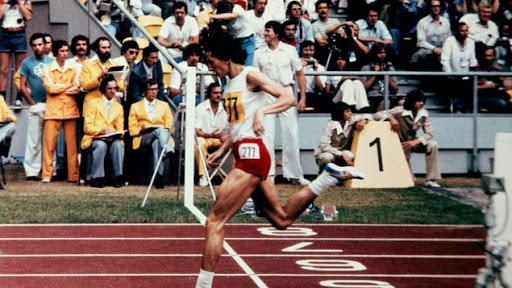
Her Olympic journey
Szewinska was born in Leningrad in 1947 to a Ukrainian mother and Polish father. She moved with her parents to Warsaw when she was still a child.
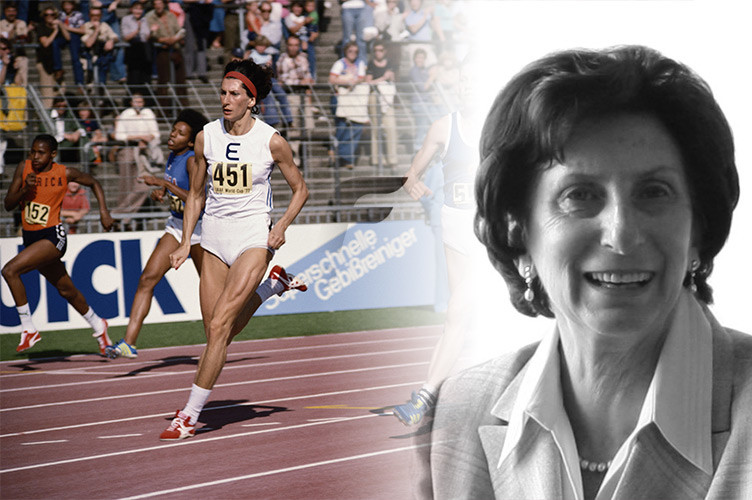
At the age of 14 she started athletics at her school in Warsaw, where she was coached by Jan Kopyto, a former javelin thrower who competed at the Melbourne 1956 Olympic Games.
"I ran so fast in the school trials that the teacher requested a re-run because she thought she'd made a mistake in measuring the time,” Szewinska said in an interview with the Polish Press Agency.
The Polish sprinter made her Olympic debut at the Tokyo 1964 Olympic Games at only 18 years of age. Competing under her maiden name of Kirszenstein, she won silver medals in the long jump (6.60m) and the 200m (23.1).
She went on to win her first Olympic gold medal in the 4x100m – Poland’s second Olympic medal in that event after their bronze in Rome in 1960 and their first ever relay gold medal at the Games.
In 1965, she snatched the 100m world record (11.1) from USA’s Wyomia Tyus, who remained one of her strongest competitors over this distance for the next three years. That same season, Szewinska broke the 200m world record for the first time, running 22.7 in the Polish capital.
After earning a degree in economics from the University of Warsaw, Szewinska’s second Olympic appearance was in Mexico City in 1968.
“Things started badly for me in Mexico City,” she said. “I didn’t qualify for the long jump final, and my second event was the 100m which wasn’t my favorite event. Because of my height, I always start poorly, and by the time I was in full stride the race was over.”
She finished third in the 100m (11.18) behind the US one-two of Tyus and Barbara Ferrell. Szewinska then qualified for the 200m final after finishing third in her semifinal and lined up against a strong field.
In 1974, only two years after her first attempt at the 400m, Szewinska became the first woman to break 50 seconds with a hand-timed performance of 49.9 in Warsaw. The 400m women’s world records were recognised from 1957 but from 1975 onwards they had to be electronically timed.
The first electronically timed world record was set by Finland’s Riitta Salin, who ran 50.14. The first woman to run a sub-50-second electronic time was Christina Brehmer from East Germany who ran 49.77 in May 1976. This record only stood a month before Szewinska ran 49.75 on home soil.
Her Olympic and world record performance in the 400m remains the Polish record. She added a third Olympic gold medal to her collection, equalling Australian Shirley Strickland's record at that time of the most Olympic athletics medals won by a woman.
The spikes that she wore at the 1976 Games are now on display in the Museum of World Athletics™ – the world’s first 3D virtual sports museum.
In 1977, at 31 years of age, Szewinska was up for another challenge: lining up against Marita Koch at the inaugural IAAF World Cup in Dusseldorf.
Koch dominated the race but Szewinska, a renowned strong finisher, fought to the end to overtake Koch in the last 30 metres, winning in 49.52, her second best ever time.
Szewinska’s long athletics career ended after her fifth Olympic participation in Moscow in 1980. She pulled a muscle during the semifinals of the 400m which forced her to put an end to her Olympic journey. She retired from the sport soon after and gave birth to her second son in 1981.
Career transition
After a 16-year career in athletics, Poland’s most decorated Olympian transitioned to become a respected administrator in sports, giving back to the sport that she loved since her school days.
In 2012, she was inducted into the IAAF Hall of Fame. Four years later, she received the Order of the White Eagle, Poland’s highest award.
"Sport was a great adventure of my life, when I was an athlete and my fate was that I am still connected with sport. I am passionate about it, this is my hobby," she said.
On Friday 29 June 2018, Szewinska lost her long battle with cancer aged 72.
by World Athletics
Login to leave a comment
New Salazar documentary questions reasons for his 2019 suspension
Nike’s Big Bet, the new documentary about former Nike Oregon Project head coach Alberto Salazar by Canadian filmmaker Paul Kemp, seeks to shed light on the practices that resulted in Salazar’s shocking ban from coaching in the middle of the 2019 IAAF World Championships. Many athletes, scientists and journalists appear in the film, including Canadian Running columnist Alex Hutchinson and writer Malcolm Gladwell, distance running’s most famous superfan.
Most of them defend Salazar as someone who used extreme technology like underwater treadmills, altitude houses and cryotherapy to get the best possible results from his athletes, and who may inadvertently have crossed the line occasionally, but who should not be regarded as a cheater. (Neither Salazar nor any Nike spokesperson participated in the film. Salazar’s case is currently under appeal at the Court of Arbitration for Sport.)

Salazar became synonymous with Nike’s reputation for an uncompromising commitment to winning. He won three consecutive New York City Marathons in the early 1980s, as well as the 1982 Boston Marathon, and set several American records on the track during his running career.
He famously pushed his body to extremes, even avoiding drinking water during marathons to avoid gaining any extra weight, and was administered last rites after collapsing at the finish line of the 1987 Falmouth Road Race.
Salazar was hired to head the Nike Oregon Project in 2001, the goal of the NOP being to reinstate American athletes as the best in the world after the influx of Kenyans and Ethiopians who dominated international distance running in the 1990s. It took a few years, but eventually Salazar became the most powerful coach in running, with an athlete list that included some of the world’s most successful runners: Mo Farah, Galen Rupp, Matt Centrowitz, Dathan Ritzenhein, Kara Goucher, Jordan Hasay, Cam Levins, Shannon Rowbury, Mary Cain, Donovan Brazier, Sifan Hassan and Konstanze Klosterhalfen.
Goucher left the NOP in 2011, disillusioned by what she saw as unethical practices involving unnecessary prescriptions and experimentation on athletes, and went to USADA in 2012. An investigation by the U.S. Anti-Doping Agency followed on the heels of a damning BBC Panorama special in 2015, and picked up steam in 2017.
When Salazar’s suspension was announced during the World Championships in 2019, he had been found guilty of multiple illegal doping practices, including injecting athletes with more than the legal limit of L-carnitine (a naturally-occurring amino acid believed to enhance performance) and trafficking in testosterone – but none of his athletes were implicated. (Salazar admitted to experimenting with testosterone cream to find out how much would trigger a positive test, but claimed he was trying to avoid sabotage by competitors.)
That Salazar pushed his athletes as hard in training as he had once pushed himself is not disputed; neither is the fact that no Salazar athlete has ever failed a drug test. Gladwell, in particular, insists that Salazar’s methods are not those of someone who is trying to take shortcuts to victory – that people who use performance-enhancing drugs are looking for ways to avoid extremes in training.
That assertion doesn’t necessarily hold water when you consider that drugs like EPO (which, it should be noted, Salazar was never suspected of using with his athletes) allow for faster recovery, which lets athletes train harder – or that the most famous cheater of all, Lance Armstrong, trained as hard as anyone. (Armstrong, too, avoided testing positive for many years, and also continued to enjoy Nike’s support after his fall from grace.)
Goucher, Ritzenhein, Levins and original NOP member Ben Andrews are the only former Salazar athletes who appear on camera, and Goucher’s is the only female voice in the entire film. It was her testimony, along with that of former Nike athlete and NOP coach Steve Magness, that led to the lengthy USADA investigation and ban.
Among other things, she claims she was pressured to take a thyroid medication she didn’t need, to help her lose weight. (The film reports that these medications were prescribed by team doctor Jeffrey Brown, but barely mentions that Brown, too, was implicated in the investigation and received the same four-year suspension as Salazar.) Ritzenhein initially declines to comment on the L-carnitine infusions, considering Salazar’s appeal is ongoing, but then states he thinks the sanctions are appropriate. Farah, as we know, vehemently denied ever having used it, then reversed himself.
It’s unfortunate that neither Cain, who had once been the U.S.’s most promising young athlete, nor Magness appear on camera. A few weeks after the suspension, Cain, who had left the NOP under mysterious circumstances in 2015, opened up about her experience with Salazar, whom she said had publicly shamed her for being too heavy, and dismissed her concerns when she told him she was depressed and harming herself. Cain’s experience is acknowledged in the film, and there’s some criticism of Salazar’s approach, but Gladwell chalks it up to a poor fit, rather than holding him accountable.
Cain’s story was part of an ongoing reckoning with the kind of borderline-abusive practices that were once common in elite sport, but that are now recognized as harmful, and from which athletes should be protected.
Gladwell asserts that coaches like Salazar have always pushed the boundaries of what’s considered acceptable or legal in the quest to be the best, and that the alternative is, essentially, to abandon elite sport. It’s an unfortunate conclusion, and one that will no doubt be challenged by many advocates of clean sport.
by Running Magazine
Login to leave a comment
2016 Scotland’s Olympian Beth Potter breaks 5K world record with 14:41 run in Great Britain
Scottish runner-turned-triathlete Beth Potter beat the 5K road world record on Saturday at a race in Barrowford, U.K., about an hour north of Manchester, where she ran an amazing 14:41. Organizers of the race, which is called the Podium 5K, say their course is the fastest in Great Britain, and Potter’s run certainly bolsters that claim.
Potter bettered the previous world record of 14:43 (which Kenya’s Beatrice Chepkoech set in Monaco in February) by two seconds.
According to fastrunning.com, Potter missed the start of the women’s race, but she was luckily permitted to run in the ‘B’ wave of the men’s event. While missing the start of a race is a nightmare that haunts all runners, this actually might have helped Potter, as she had other 14:40-range athletes to run with who could push her right to the finish.
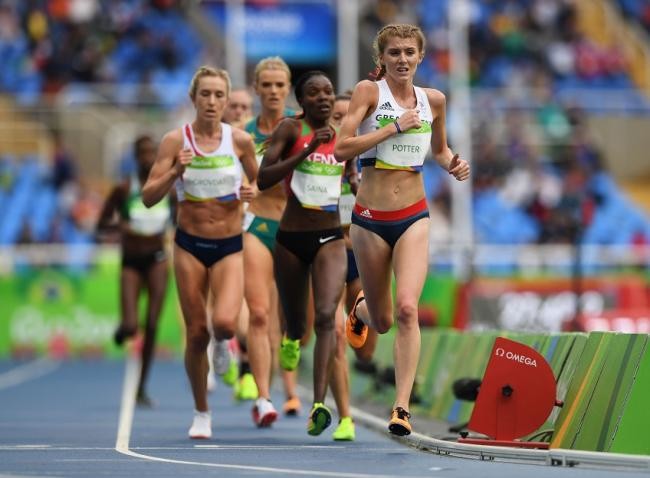
She very well could have beaten the record had she run with the women’s field, but having constant competition no doubt helped her mentally. When Potter crossed the finish line, she was visibly surprised to see the clock.
Potter’s time beat Chepkoech’s world record by two seconds and Paula Radcliffe‘s British 5K record of 14:51 by 10 seconds. She also smashed her own 5K PB of 15:24 — a time she ran at the same race in Barrowford last year.
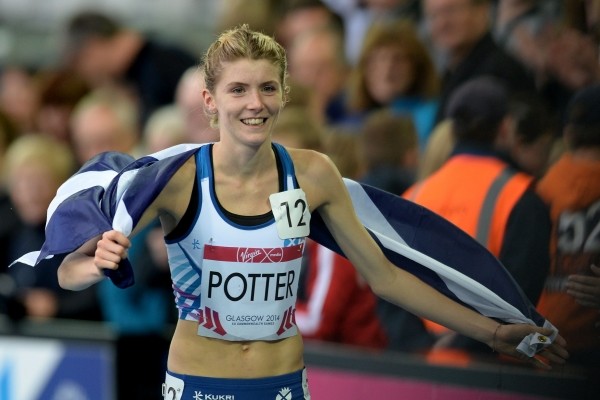
It is important to note that, while Potter bettered the world record (a result that World Athletics reported is unlikely to be ratified), one woman has run a road 5K faster. In September 2017, Kenya’s Joyciline Jepkosgei ran a 14:32 5K split en route to the 10K world record at a race in Prague. At the time, though, World Athletics (then IAAF) did not recognize the 5K as a world record event, and even though Jepkosgei’s run is the fastest in history, it’s not the official world record.
In no way does this diminish Potter’s result, and regardless of whether her run is ratified as the world record, she officially owns one of the fastest 5K runs in history.
ASICS Metaspeed
Not only did Potter’s record support the claim made by race organizers that their course is the fastest in the U.K., but it is also great for ASICS, her main sponsor, as she wore the company’s new shoe — the Metaspeed Sky — in her win.
The Metaspeed is the latest carbon-plated shoe from ASICS, and it’s the company’s response to Nike in the “super shoe” race. ASICS only just released the Metaspeed at the end of March, but Potter has already delivered the shoe’s first world record.
Turning to triathlon
Potter represented Great Britain at the 2016 Olympics and 2017 world championships in the 10,000m. She is also a former 10,000m British champion. According to Athletics Weekly, when she struggled to find sponsors in running, Potter decided to switch sports and focus her attention on triathlon instead of the track.
by Ben Snider-McGrath
Login to leave a comment
The new and improved Hayward Field sits ready for the Olympic Trials, whenever that comes
There was a lot of hope that the new Hayward Field would be a major attraction before the pandemic hit, and it finally looks like events will return in some form or another.
The 2021 Olympic games are scheduled to start in Tokyo on July 23rd.

We spoke to an athlete training for her shot at an Olympic medal to see how uncertainty is playing a role in everything.
Raevyn Rogers, an 8 time all-American, 6-time national champion, and the recipient of the prestigious Bowerman Award with the Oregon Ducks is training for her return to Track Town USA for the 2021 Olympic Trials. After the 2020 summer Olympics were postponed last March, she had to refocus.
"I expected it, so it was kind of hard to be sad," Rogers said. "It was just one of those things that were like "ok so what is the plan now?"
The Olympics are scheduled to take place in Tokyo from July 23rd to August 8th. The International Olympic Committee (IOC) recently released their first resource playbook for a safe and successful event. One line reading...
"...limiting the number of time athletes and support staff stay in the village, restrictions on socializing outside the village, their movement between official games venues, and a COVID-19 screening system that will see athletes and support staff screened during the games."
But before the Olympics, Hayward Field will hold the 2021 Olympic Trials- slated for mid-June. After running for the Ducks in college, Rogers feels a bit of a "home-court advantage."
"performing in front of the home crowd, I always want to do my best and perform my best," she said. "That's just the kind of pride that I want to carry when it comes to just how much I associate and really care for the University of Oregon."
The atmosphere at Hayward is electric, but due to the pandemic, runners in Olympic trials could be at a loss without a crowd.
"It's not just the noise, but more so the energy," Rogers said. "With the tradition of coming of the Bowerman Curve, there's so much tradition and so much energy that these passionate track fans give."
After running on tracks internationally, Rogers says Hayward has potential as an Olympic venue.
"We've got to get the parking and the hotels a little more situated but the track alone and the facility alone is just Olympic standard."
Rogers was also recognized by her alma mater, as they used her photo on the new Bowerman Tower at Hayward. Photos of Steve Prefontaine, Ashton Eaton, and Bill Bowerman are also on the tower.
A major event people were looking forward to this year was the IAAF 2021 Track and Field World Championships, but because of the pandemic, that will happen in 2022.
Login to leave a comment
Former Russian athletics chief Dmitry Shlyakhtin was on Wednesday banned for four years
Shlyakhtin was banned for four years over the Lysenko doping cover-up affair, the Athletics Integrity Unit (AIU) announced.
Four other former RUSAF officials received the same punishment from athletics' independent anti-doping watchdog: executive director Alexander Parkin, Artur Karamyan, Elena Orlova and Elena Ikonnikova.
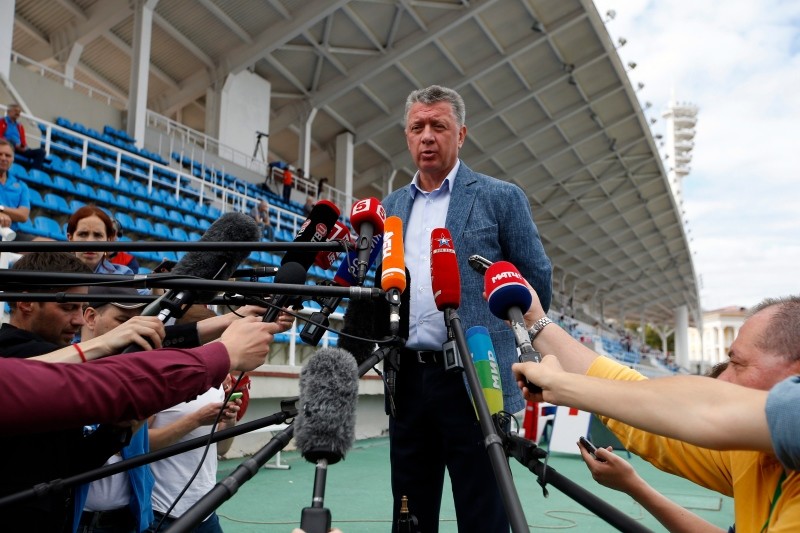
The quintet were found guilty of obstructing an investigation into high-jumper Danil Lysenko, a silver medallist at the 2017 World Championships in London.
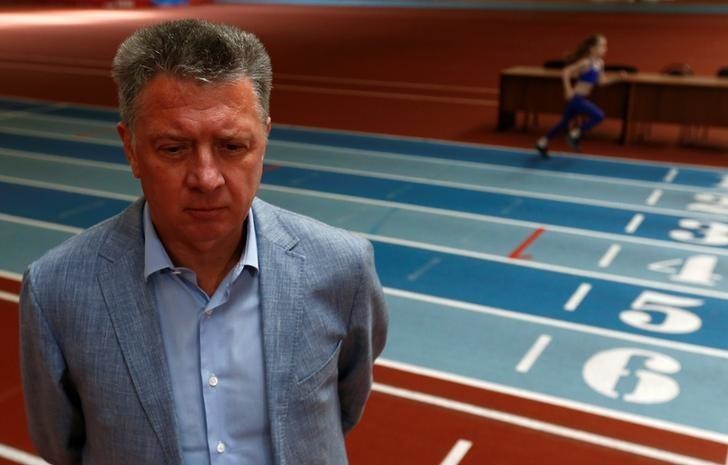
Shlyakhtin and the others were suspended last year for "serious breaches" of anti-doping rules.
Russia has been banned from competing as a country in athletics since 2015, after the World Anti-Doping Agency found evidence of widespread doping in the sport.
Some Russian athletes, including Lysenko, have been allowed to compete under a neutral flag.
But last year Lysenko had that status removed by athletics' governing body, then called the IAAF, after he failed to provide the whereabouts information he is required to give to submit to doping tests.
The AIU's 15-month investigation found that Shlyakhtin and Parkin had been involved in the "provision of false explanations and forged documents to the AIU in order to explain whereabouts failures by the athlete".
The ex-RUSAF five can appeal the verdict while Lysenko's case is still ongoing.
RUSAF has until March 1 to present its plans for reform and remains under the threat of exclusion from the IAAF and the Tokyo Olympics.
Login to leave a comment


